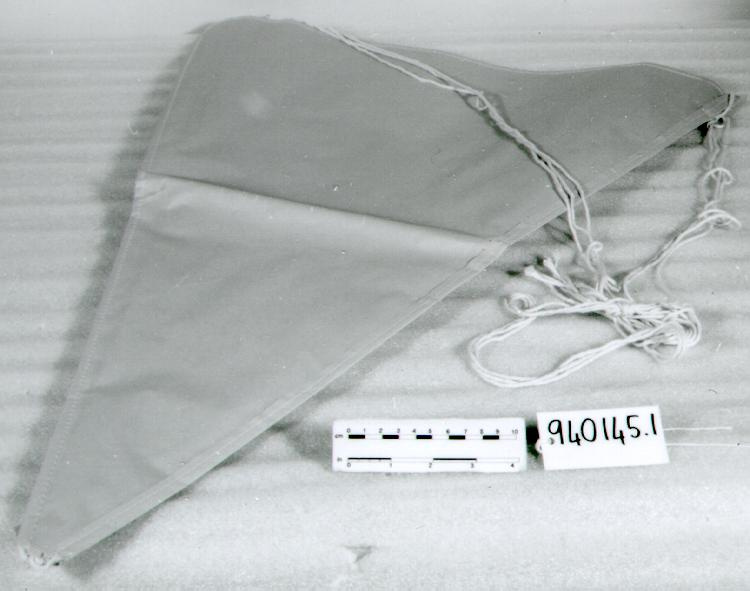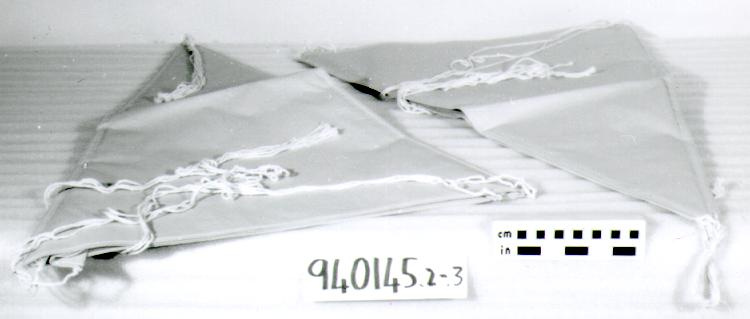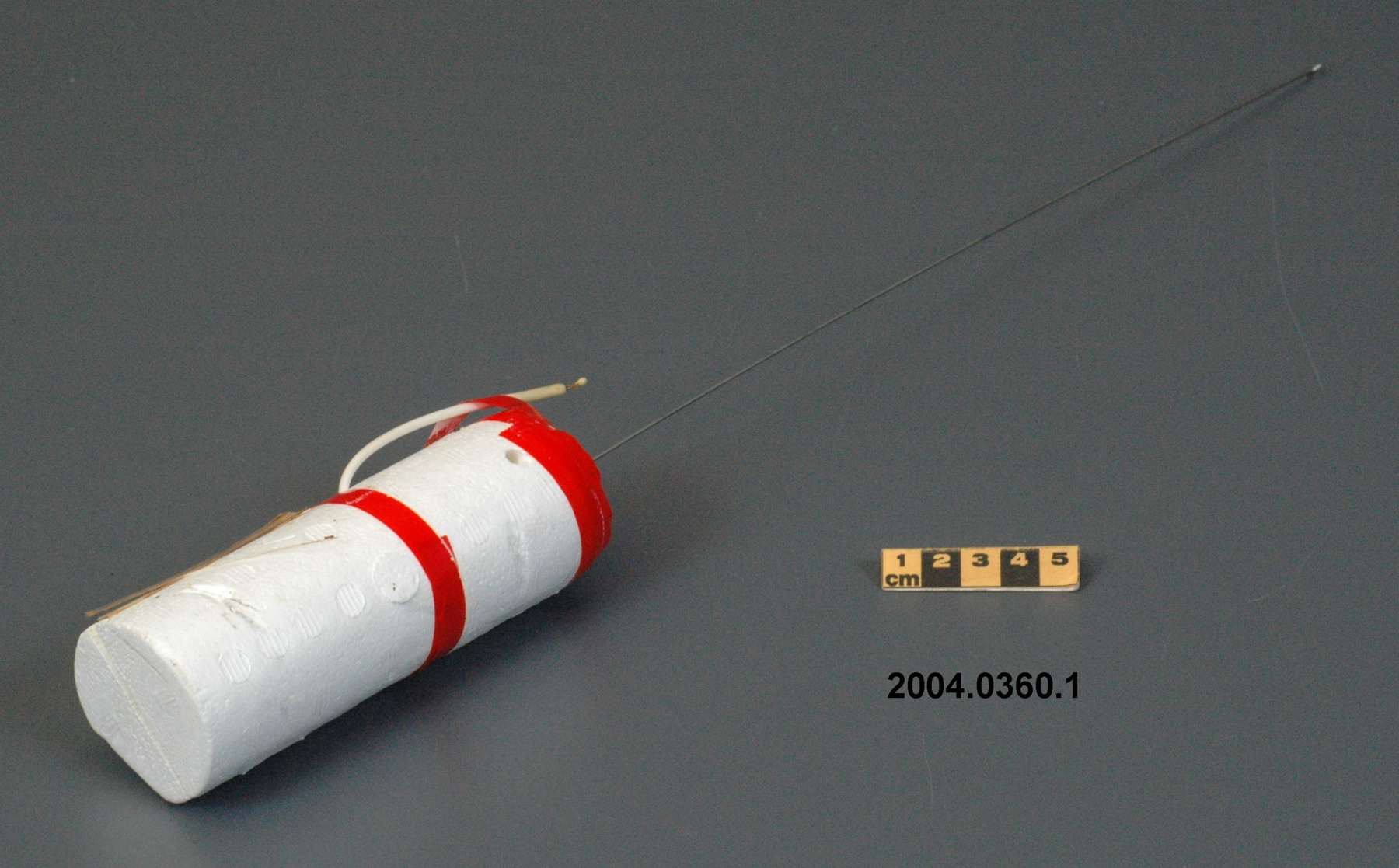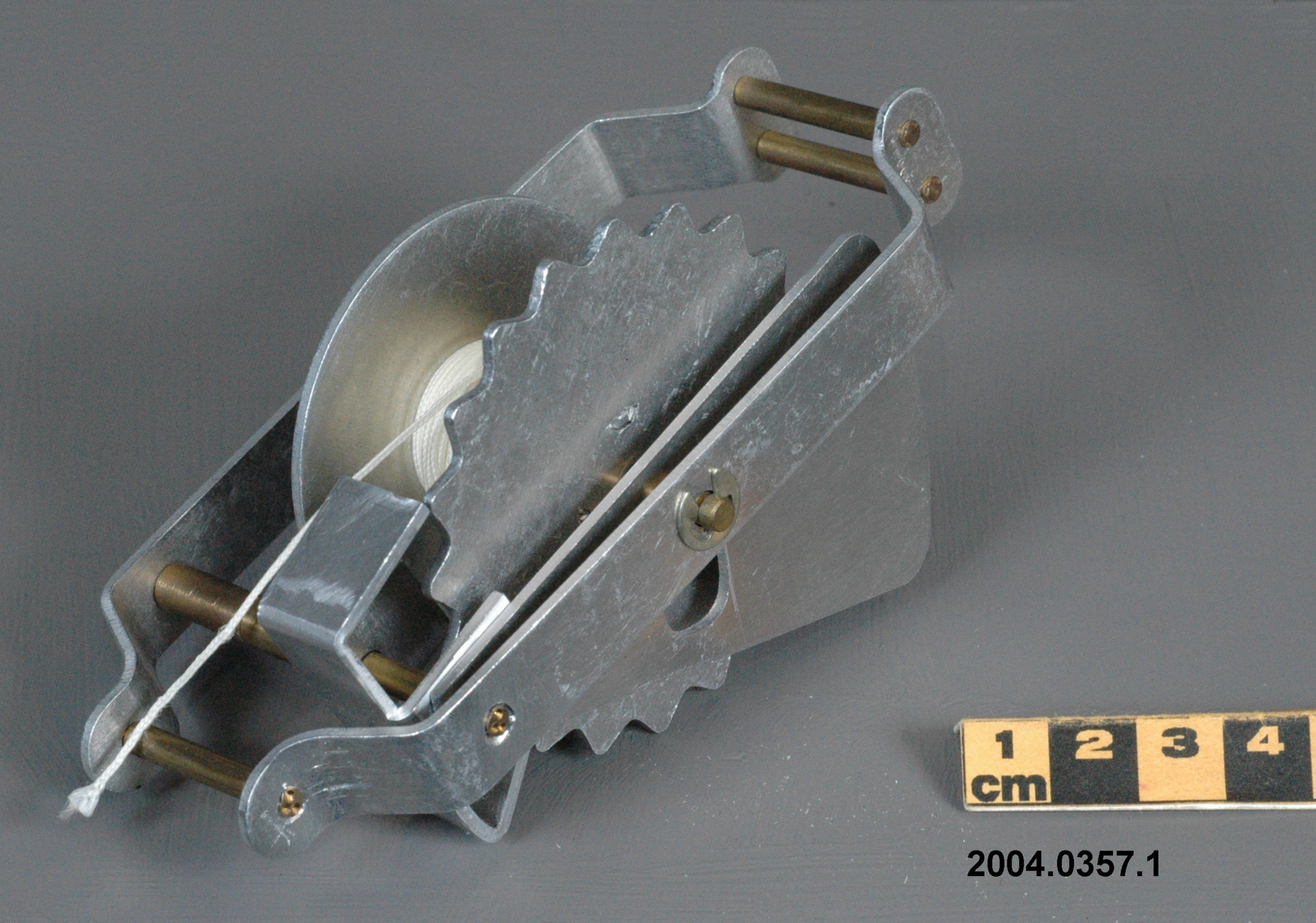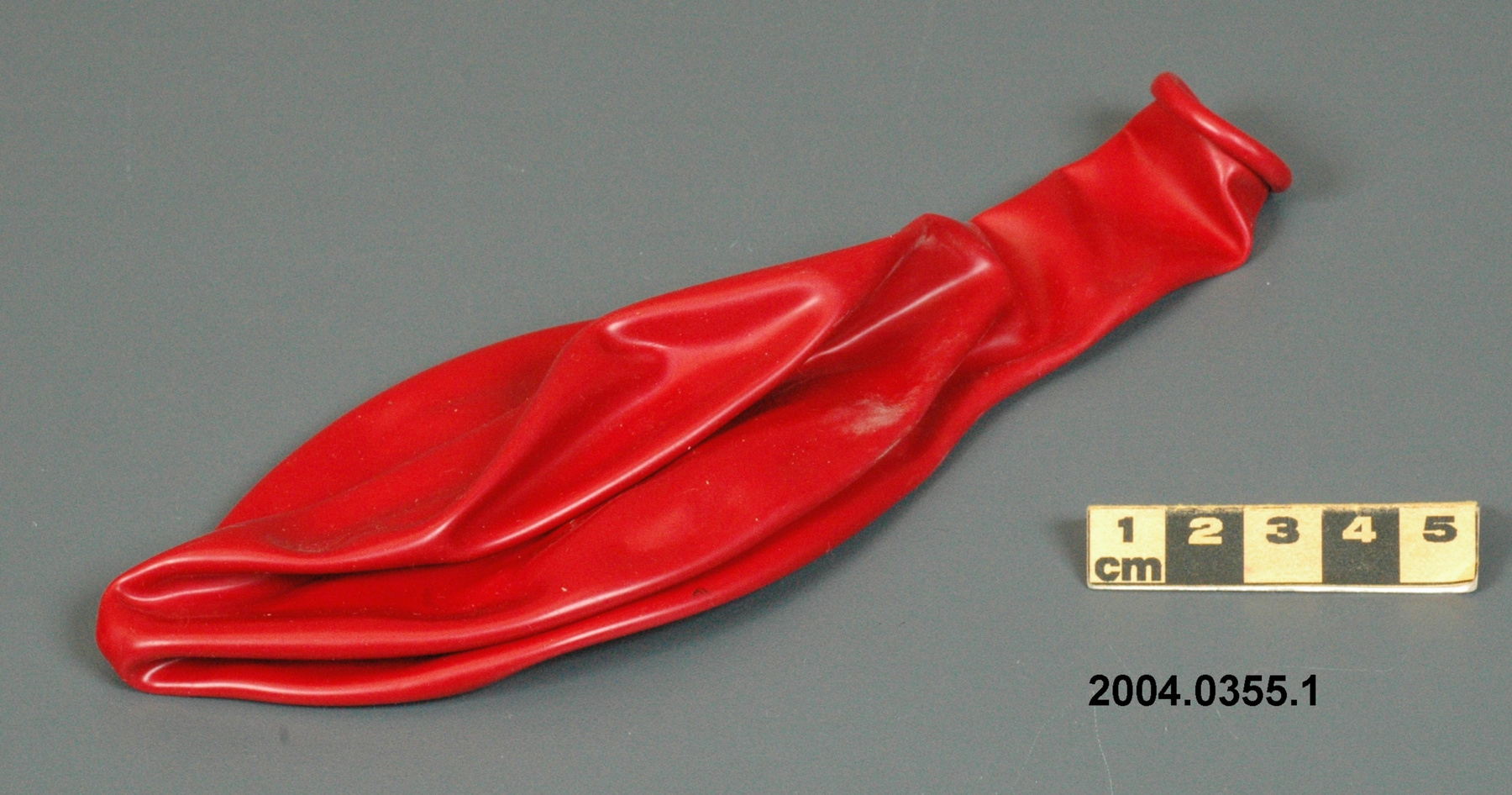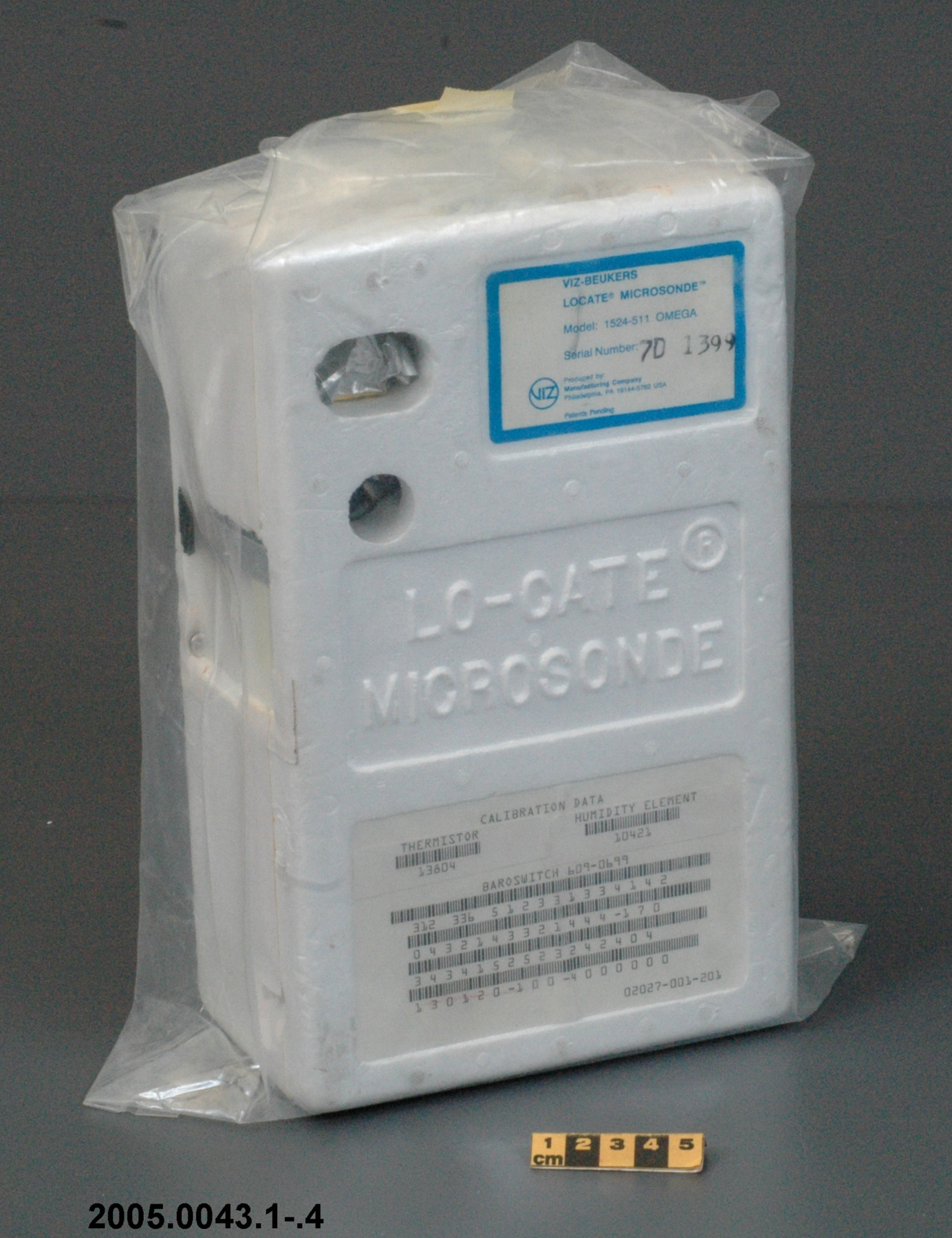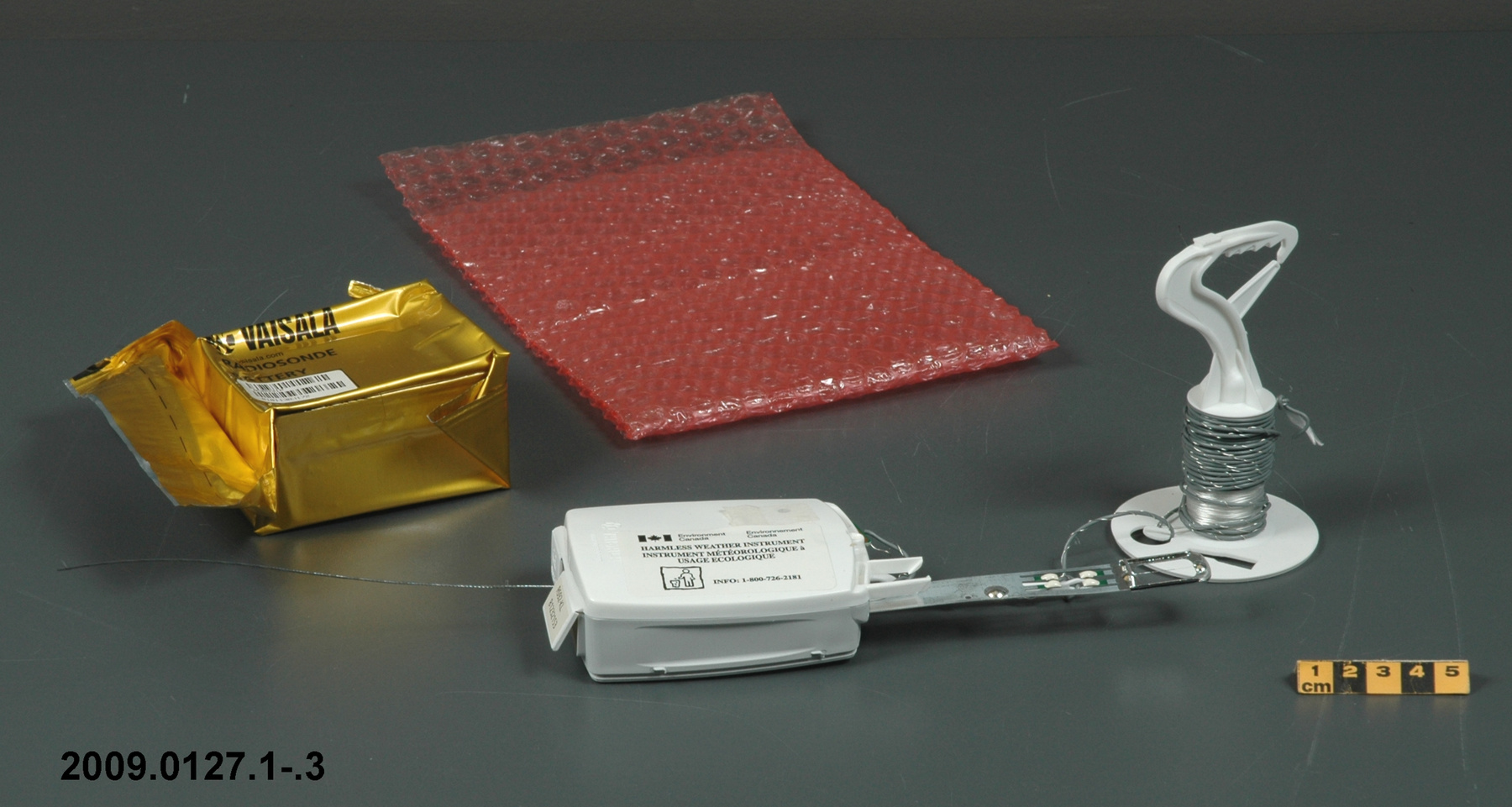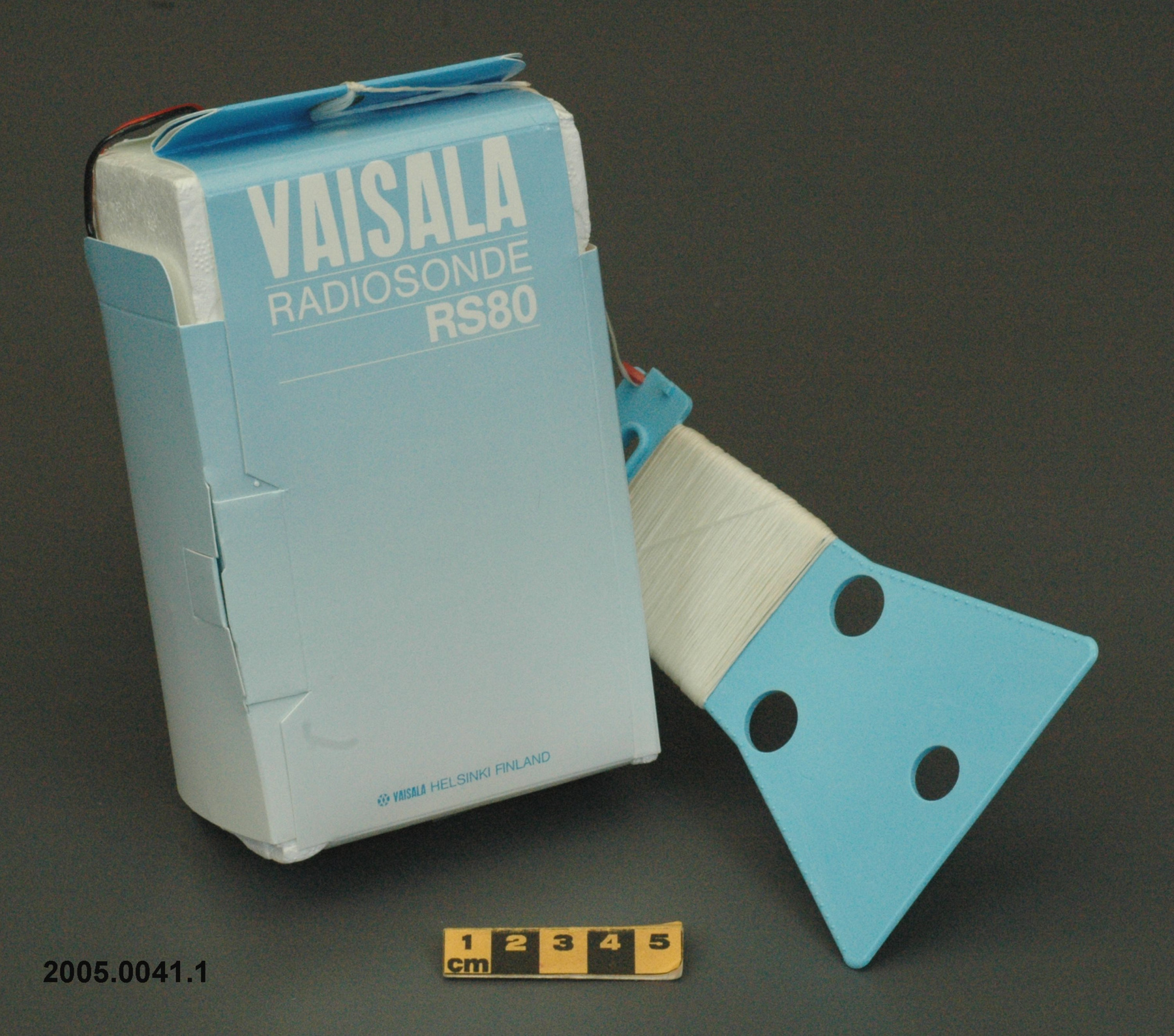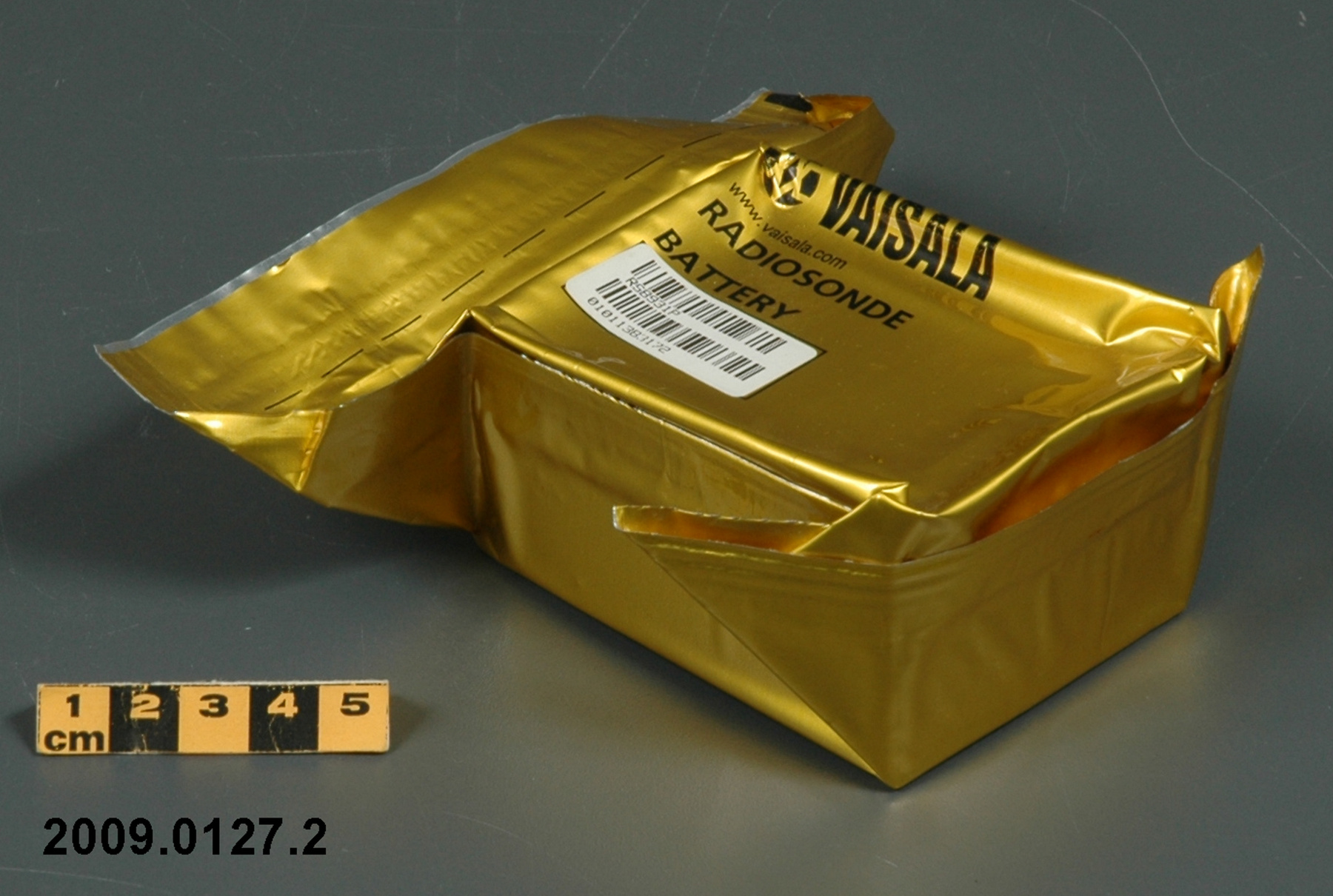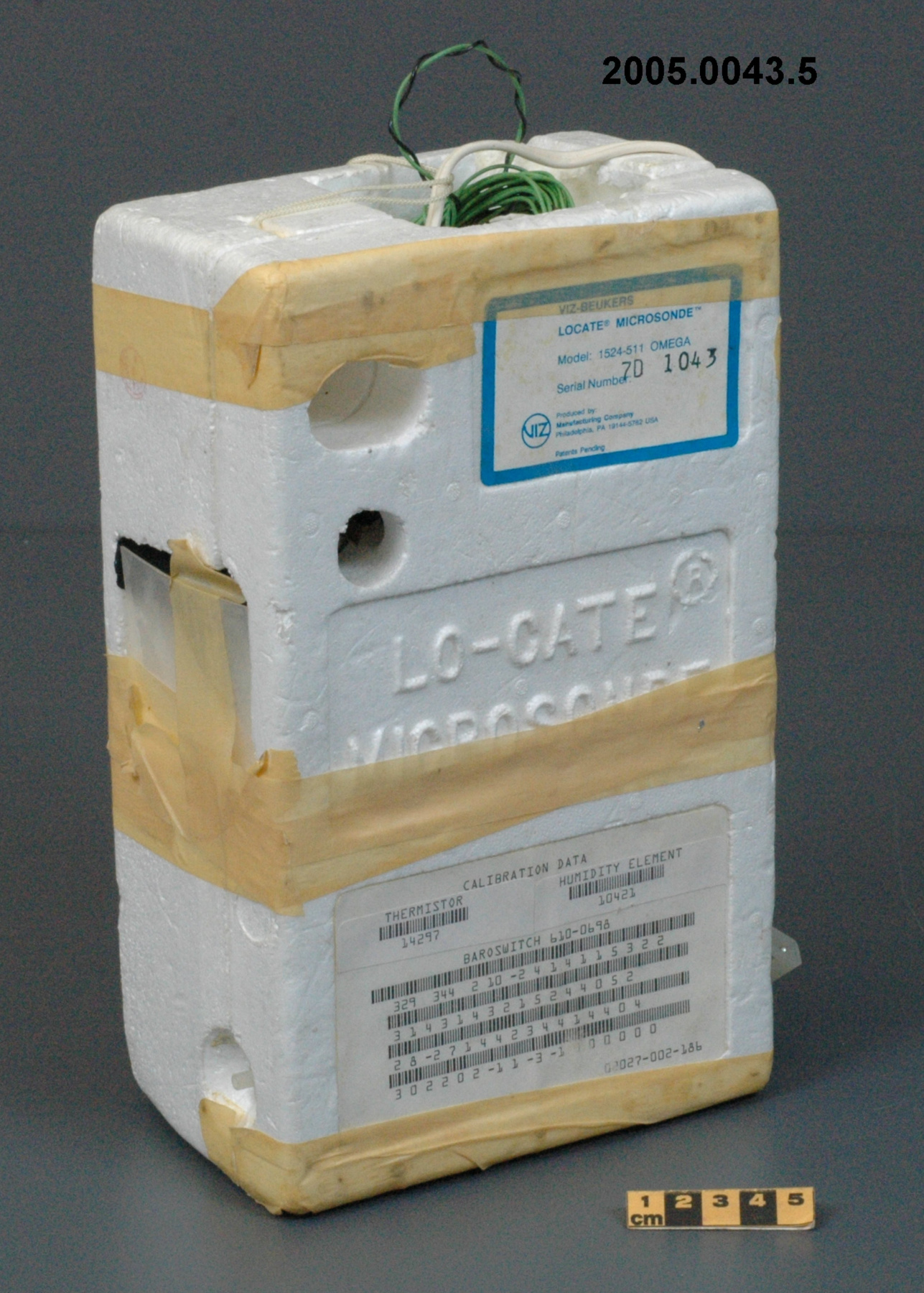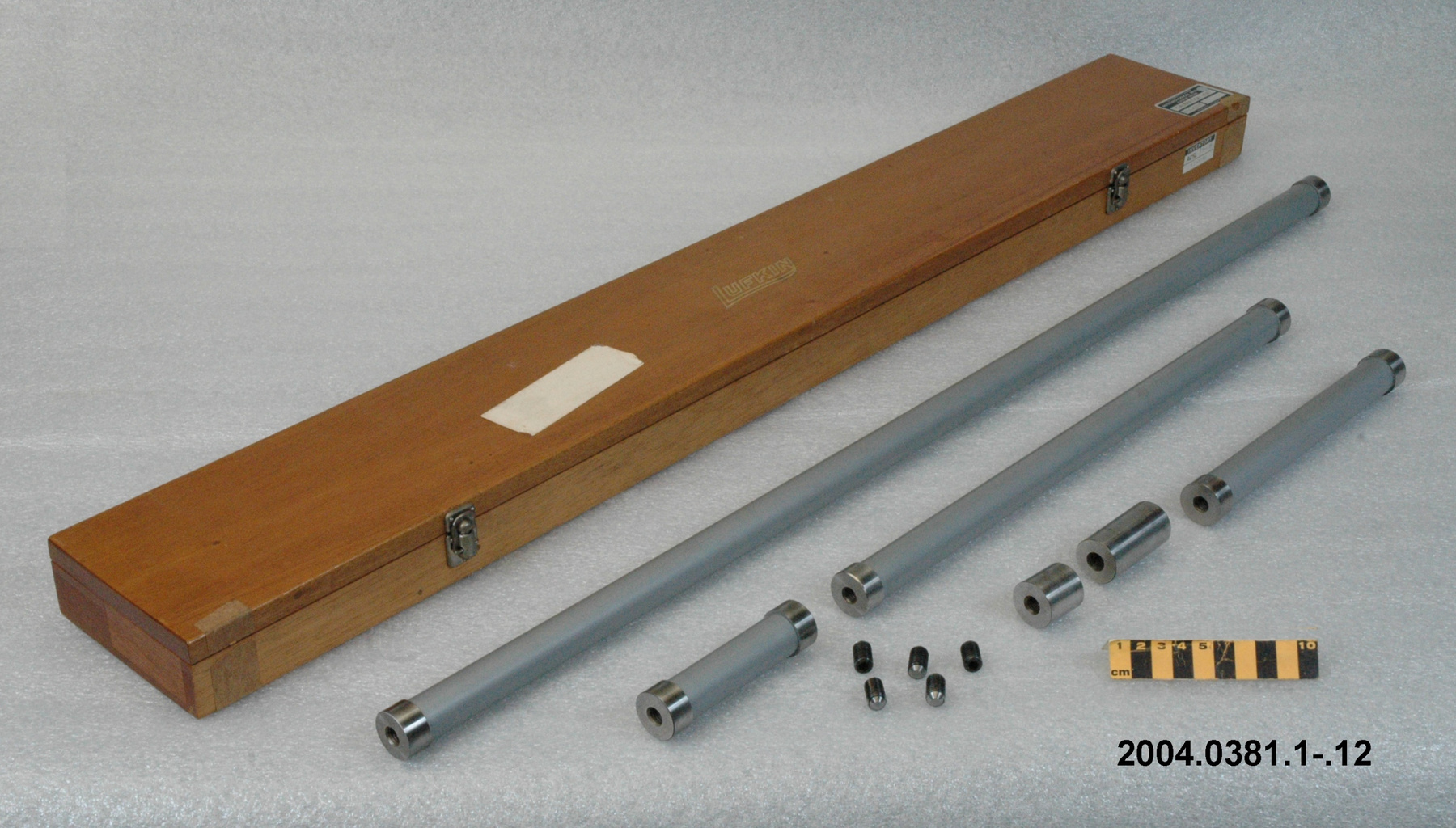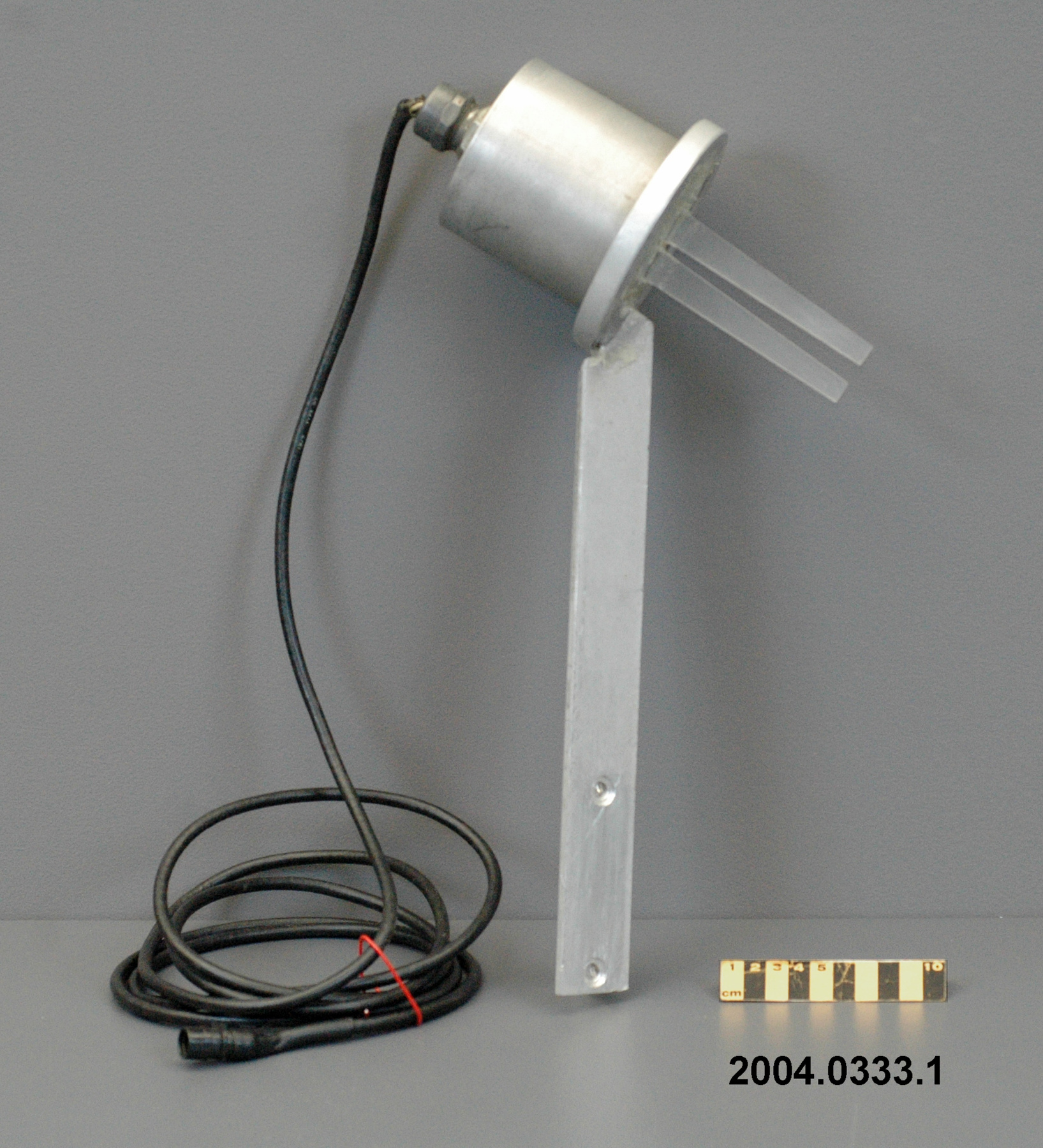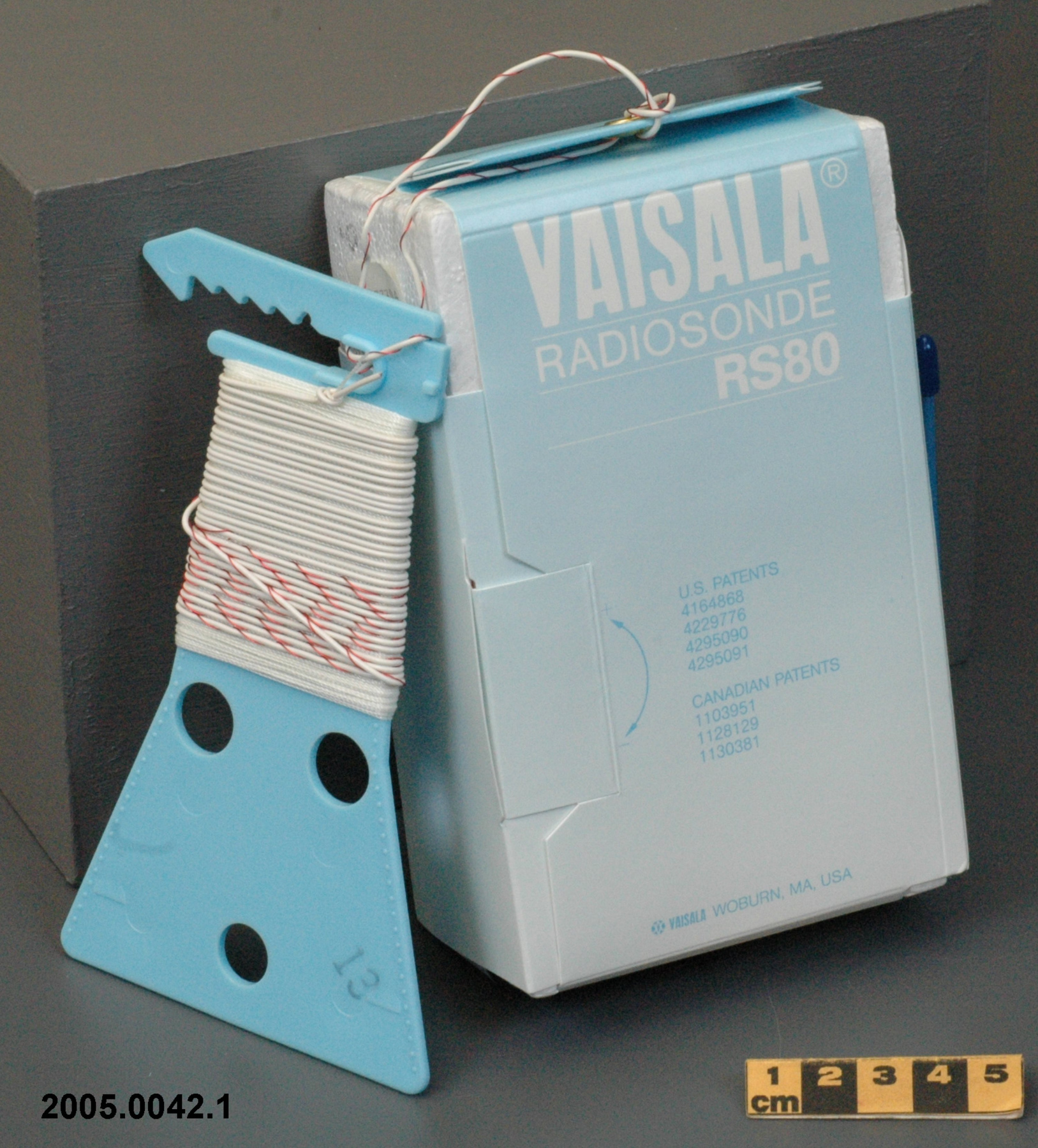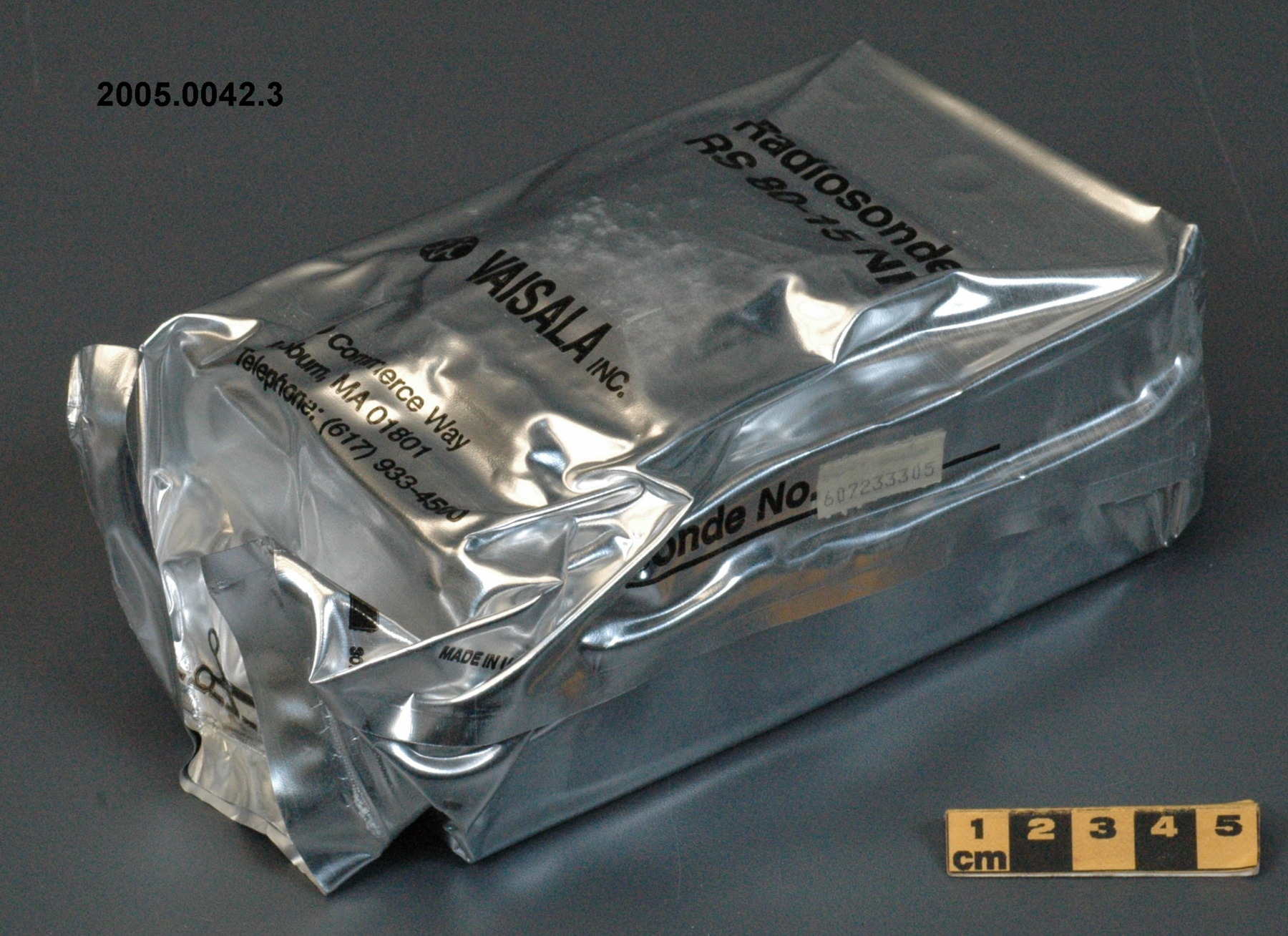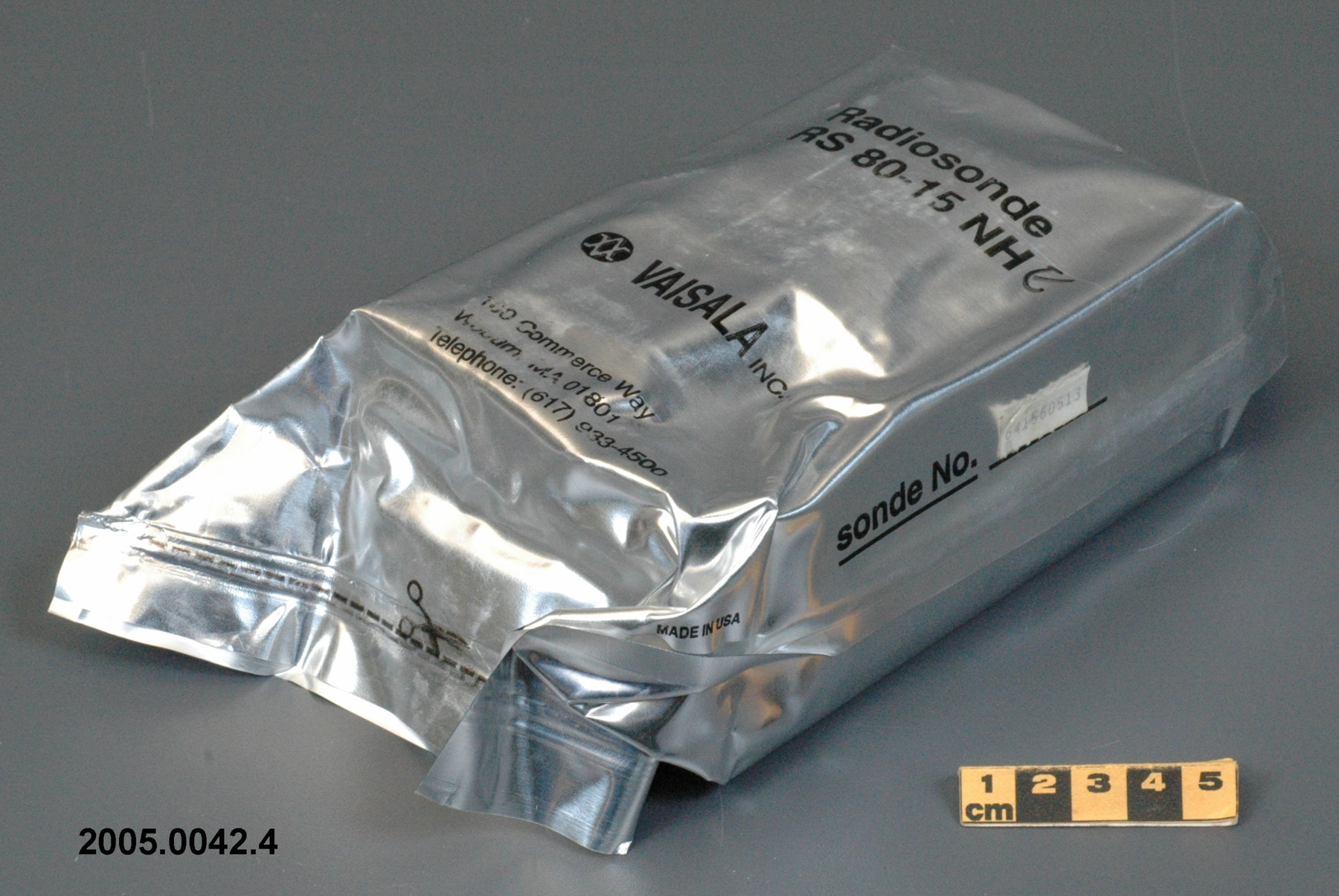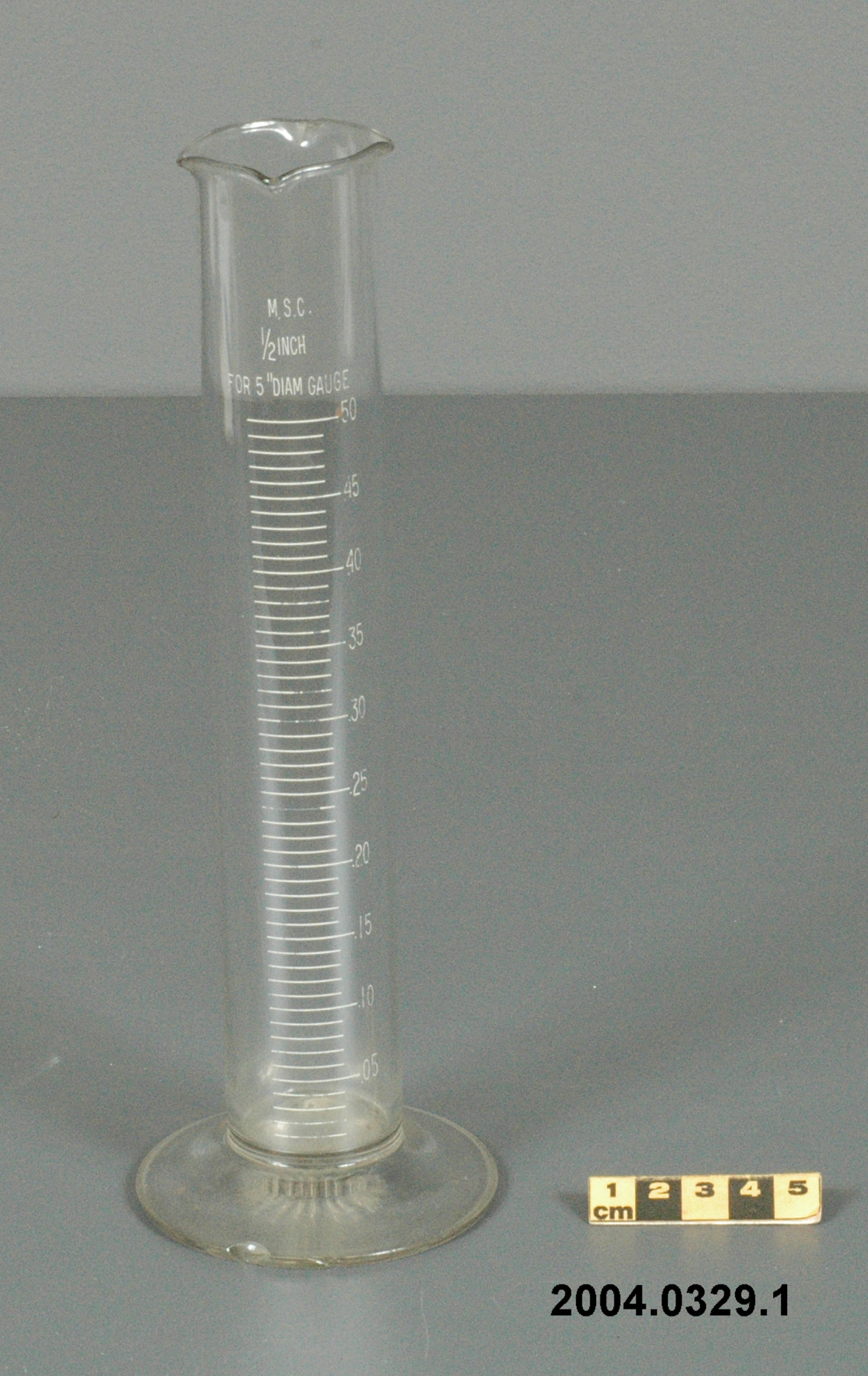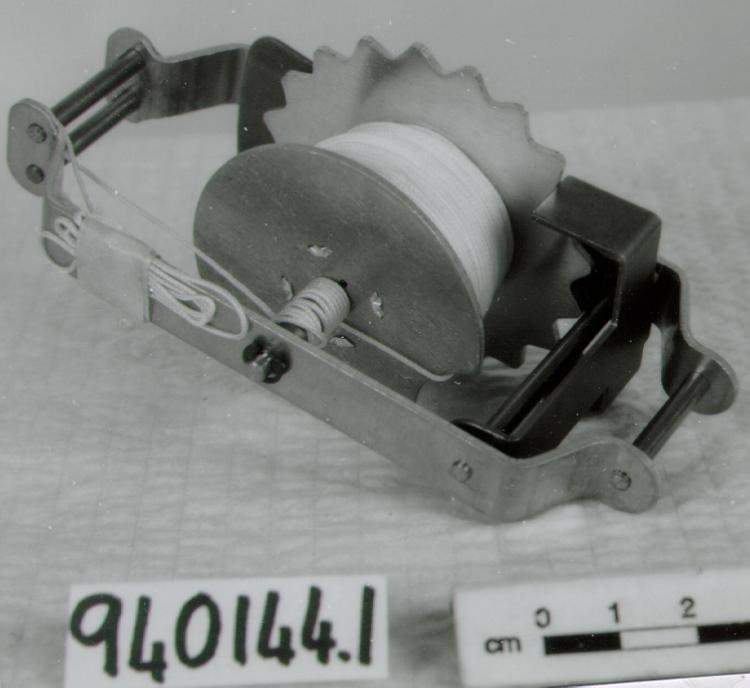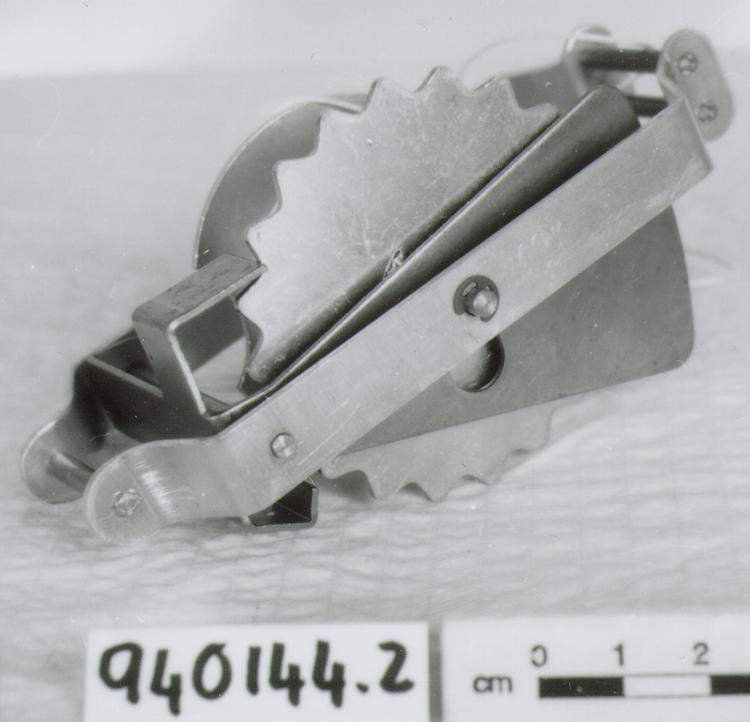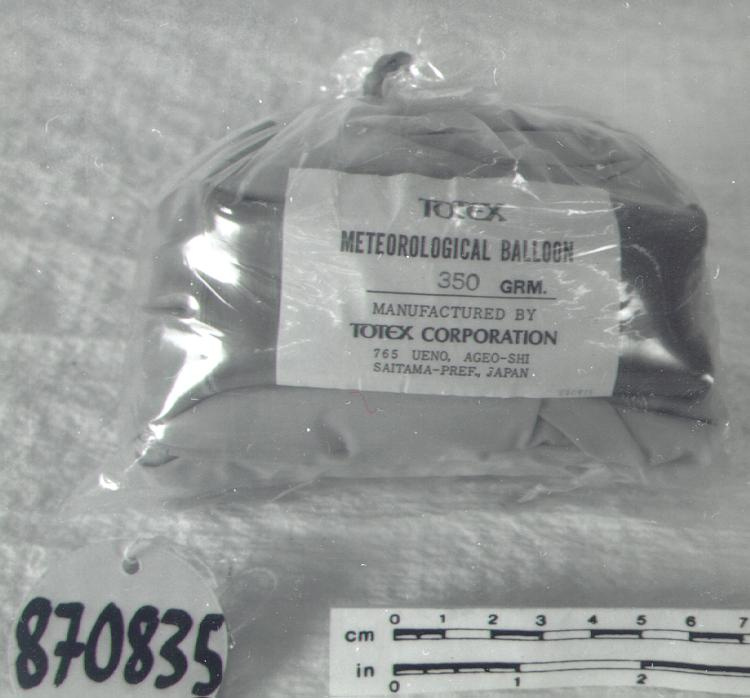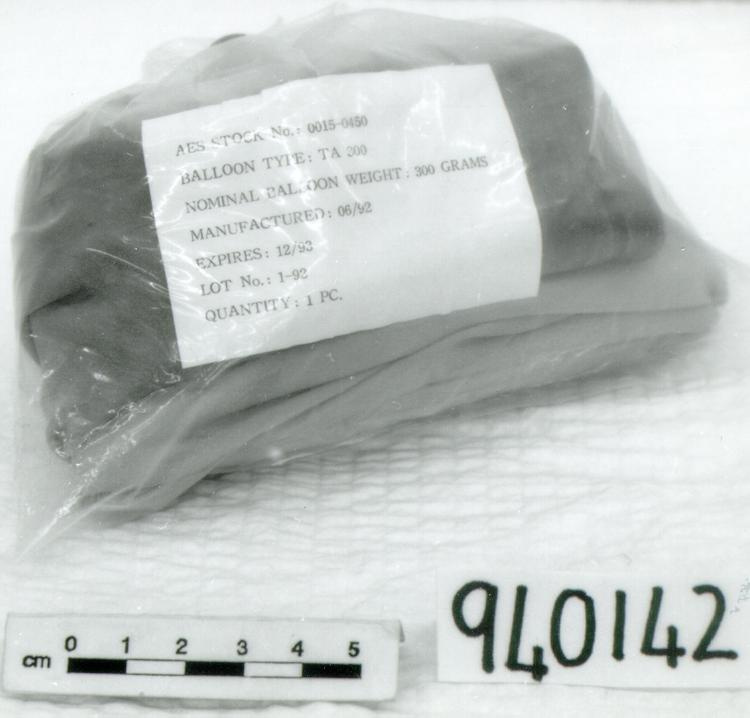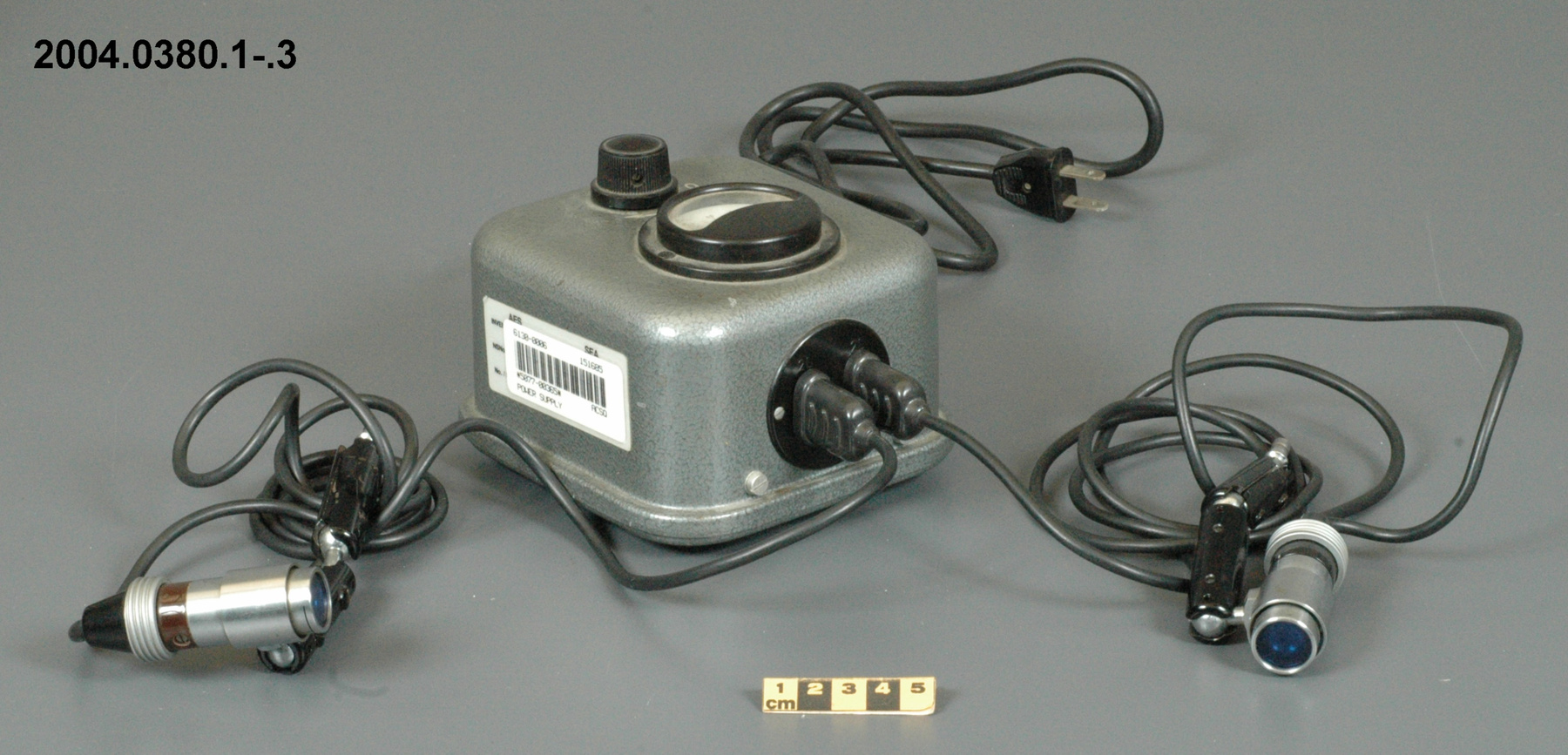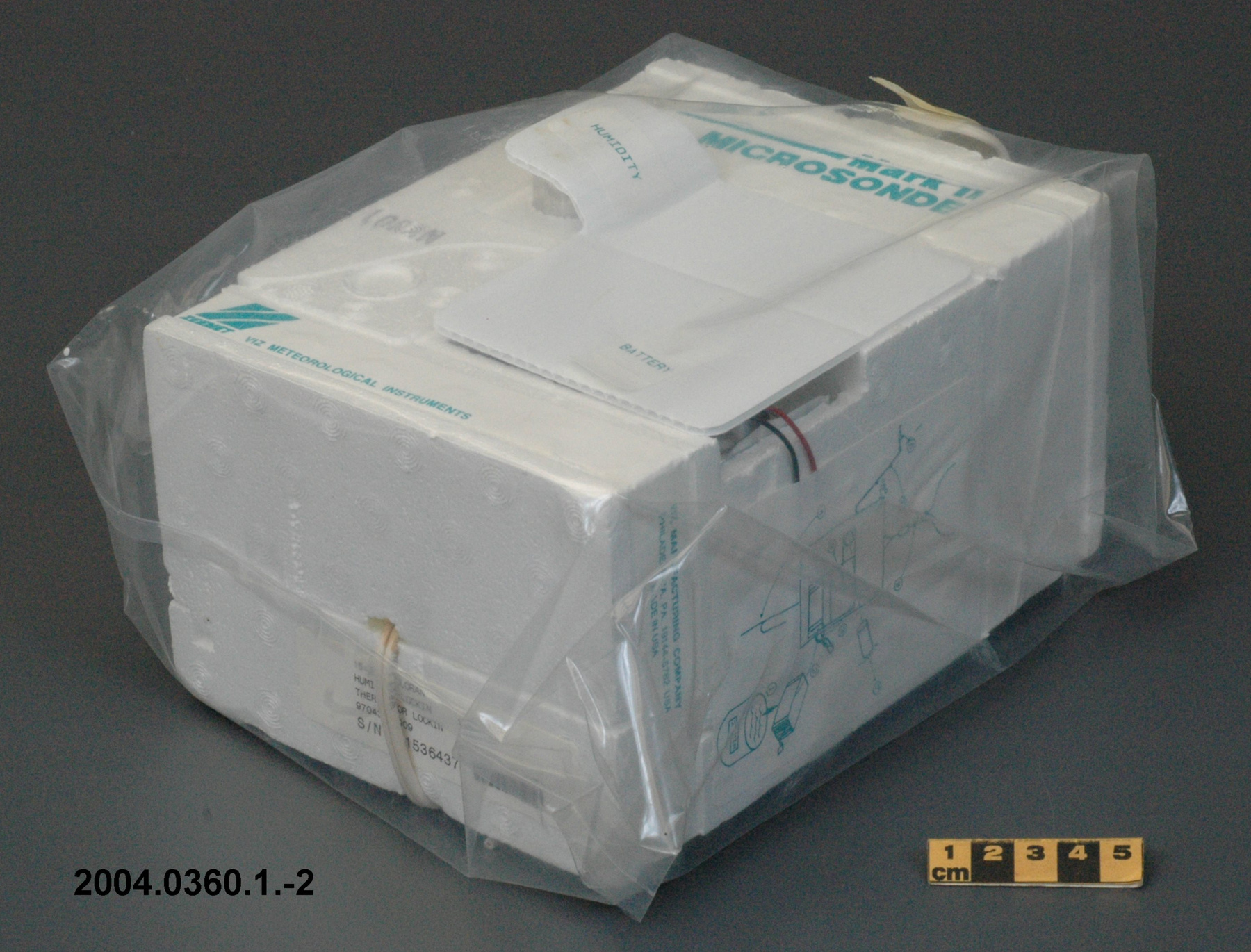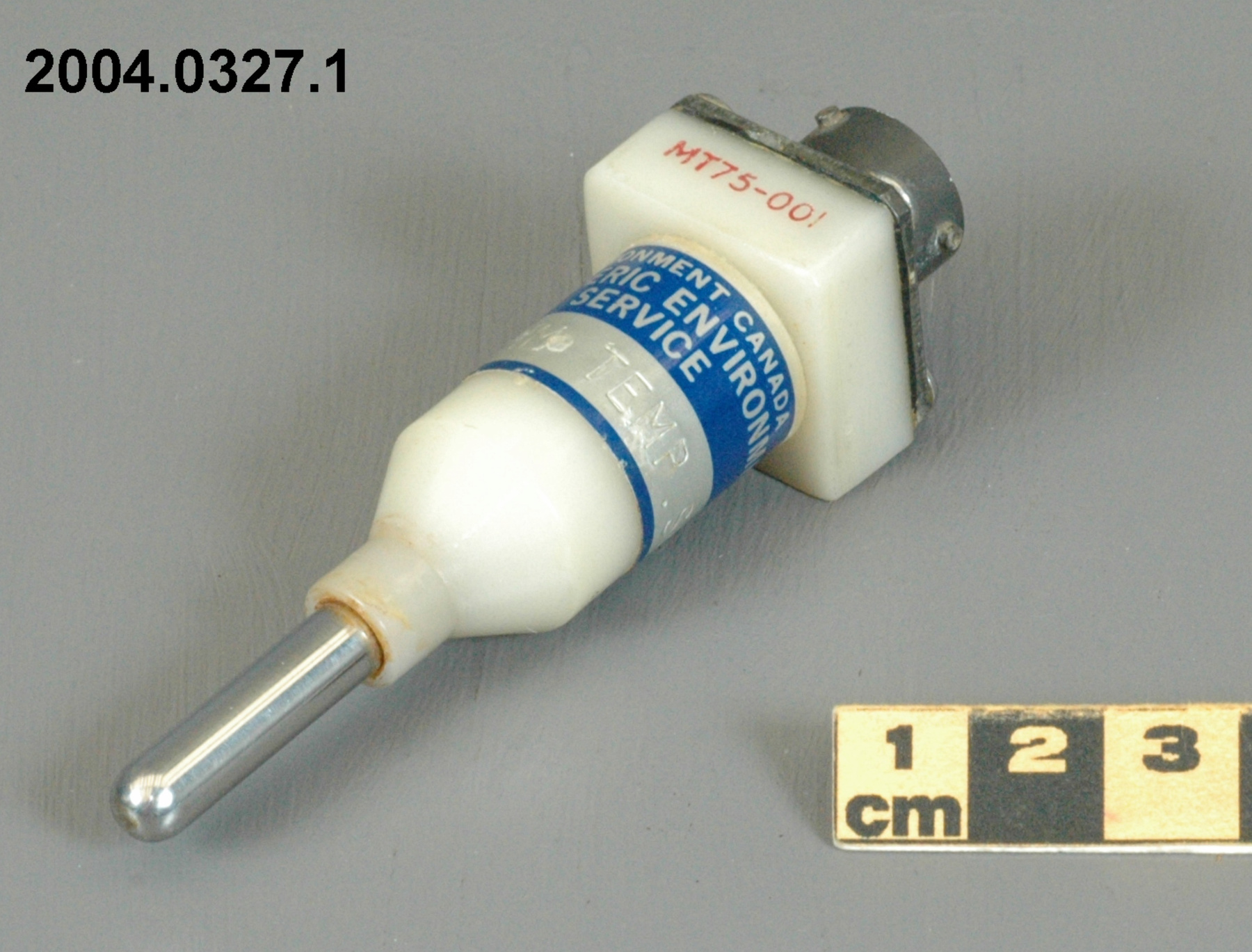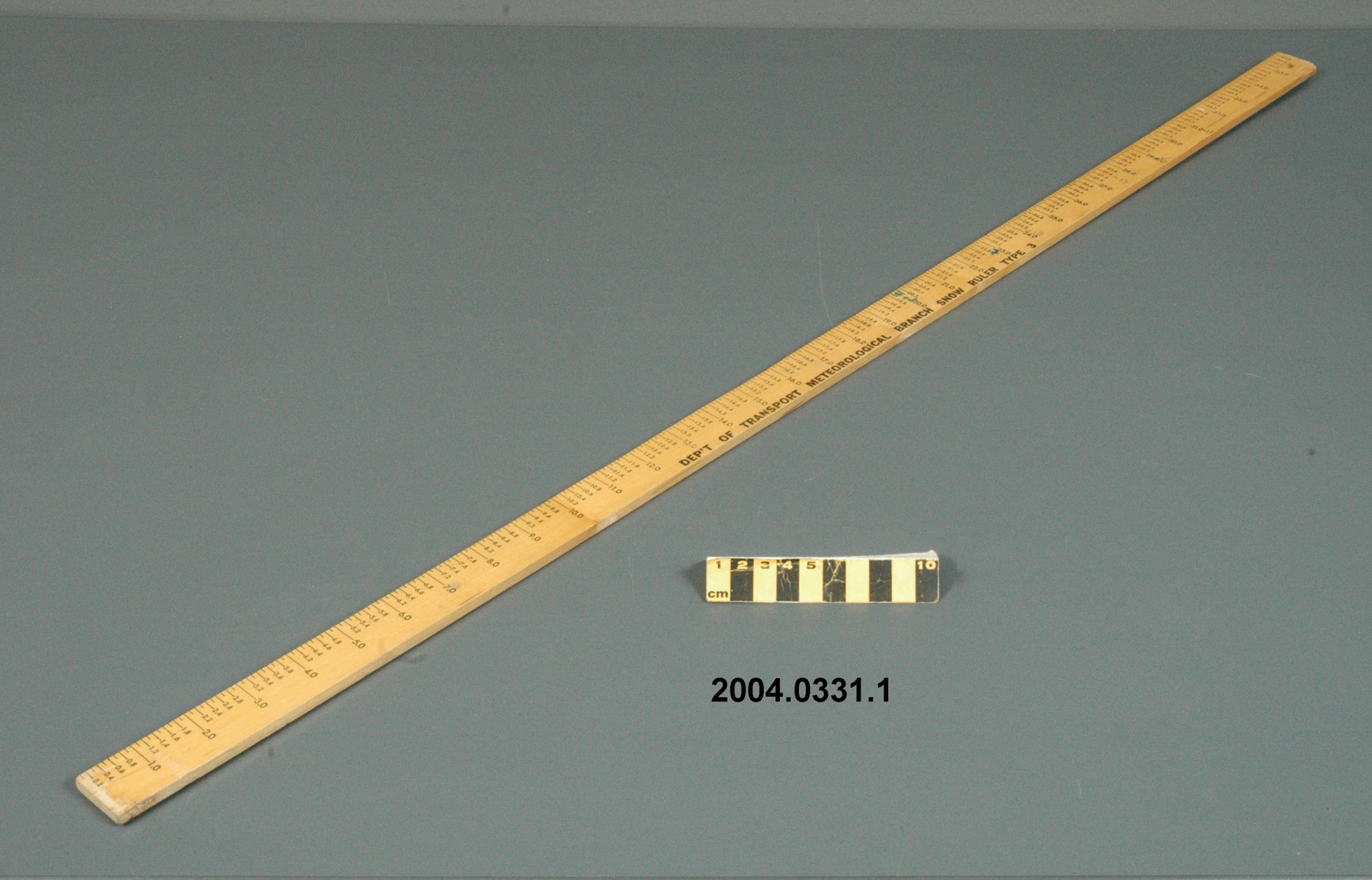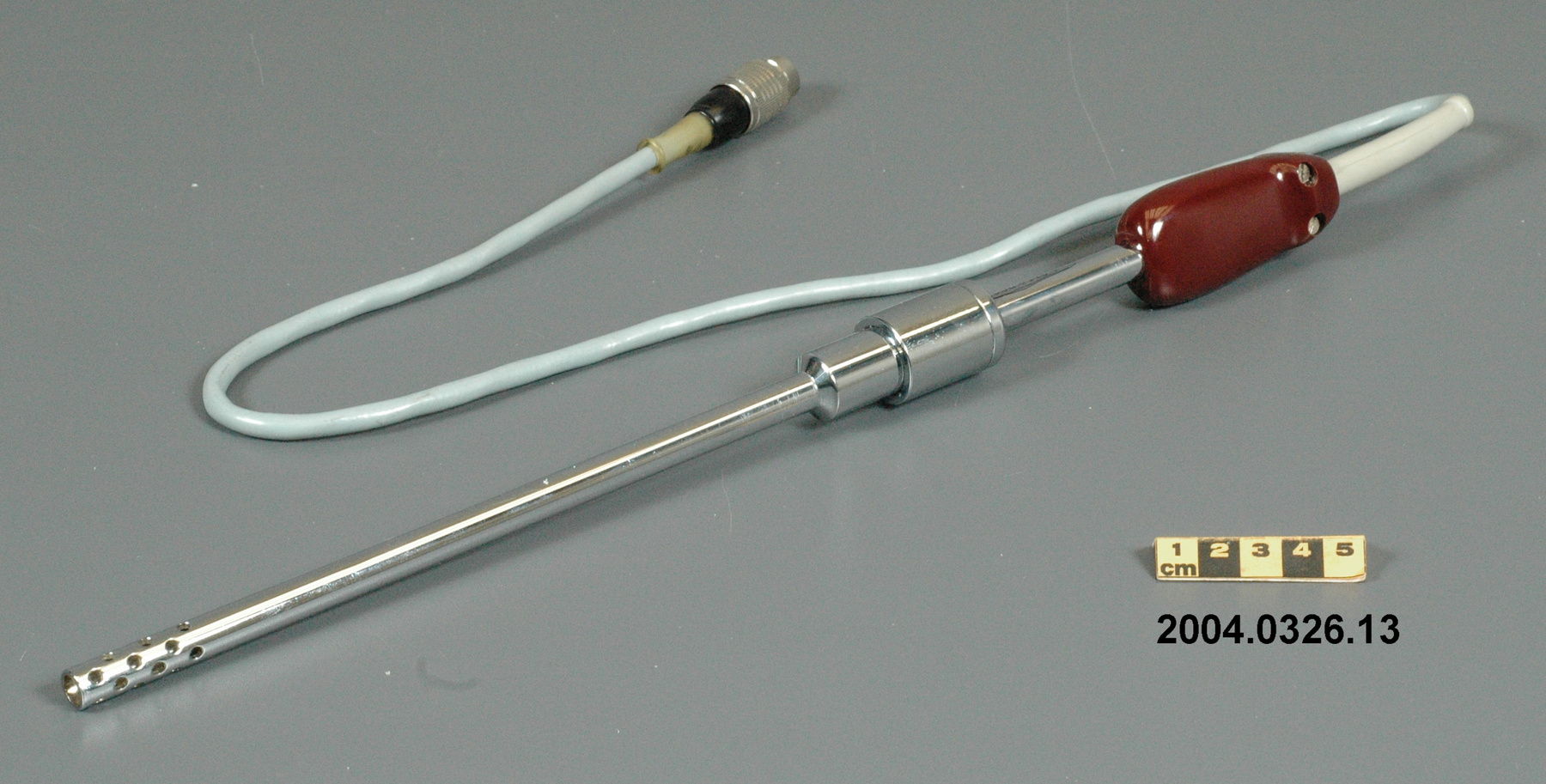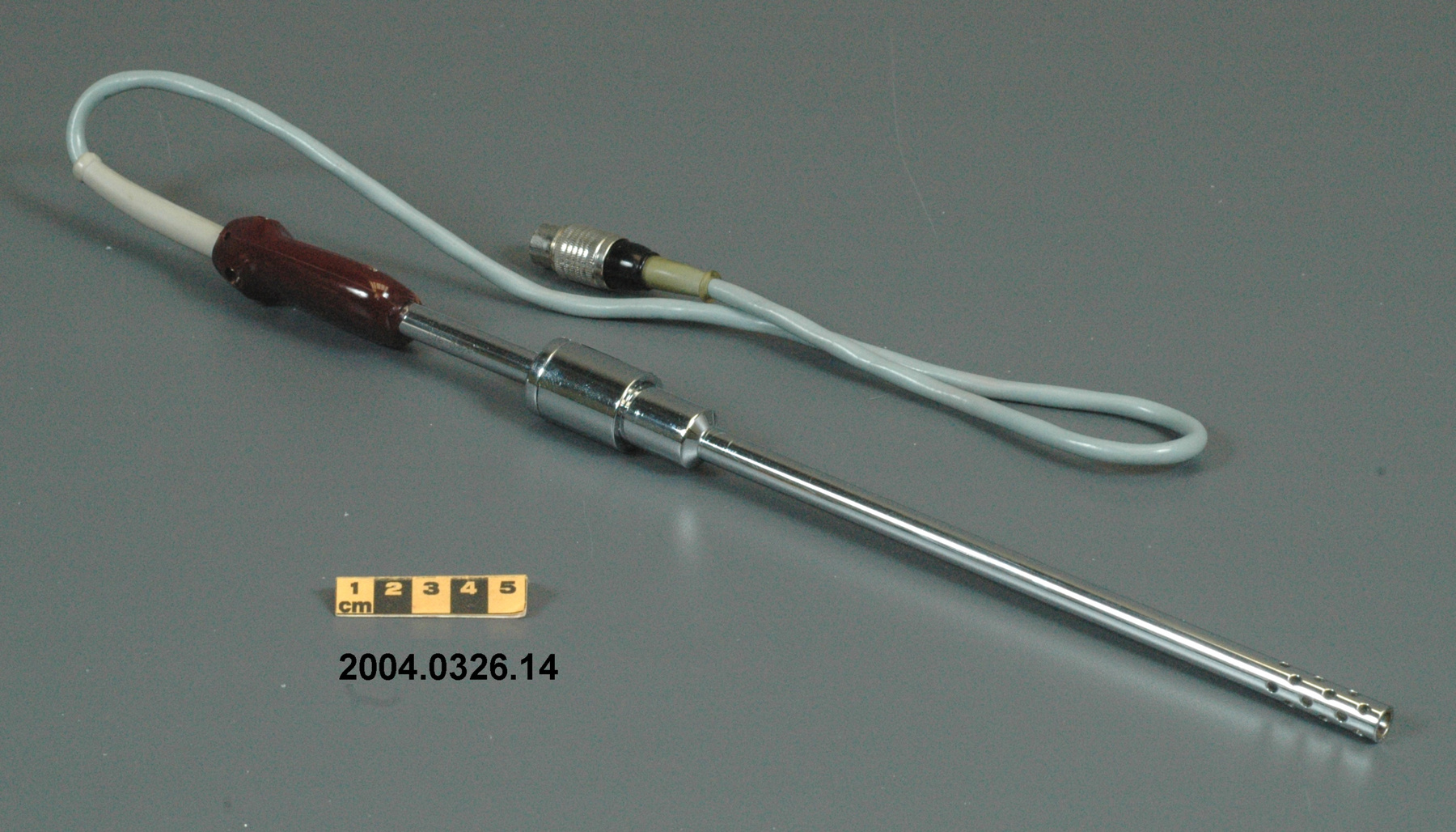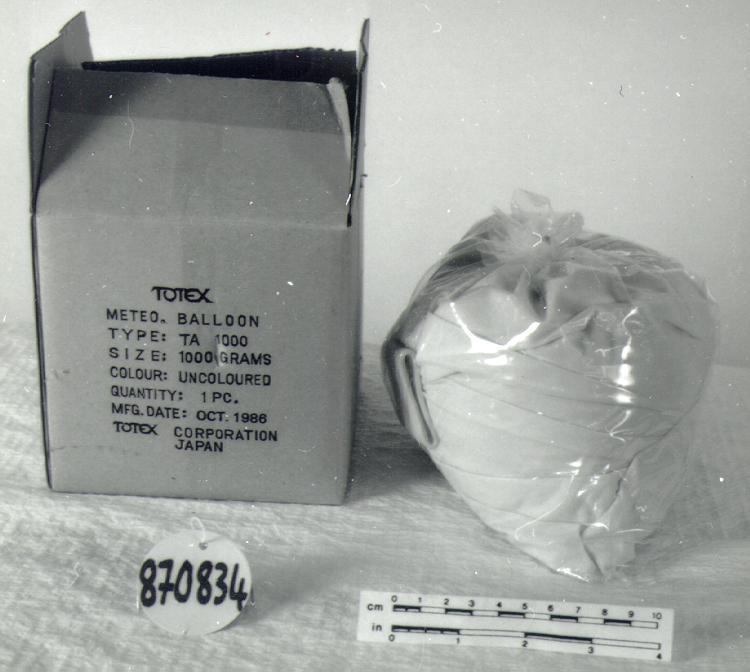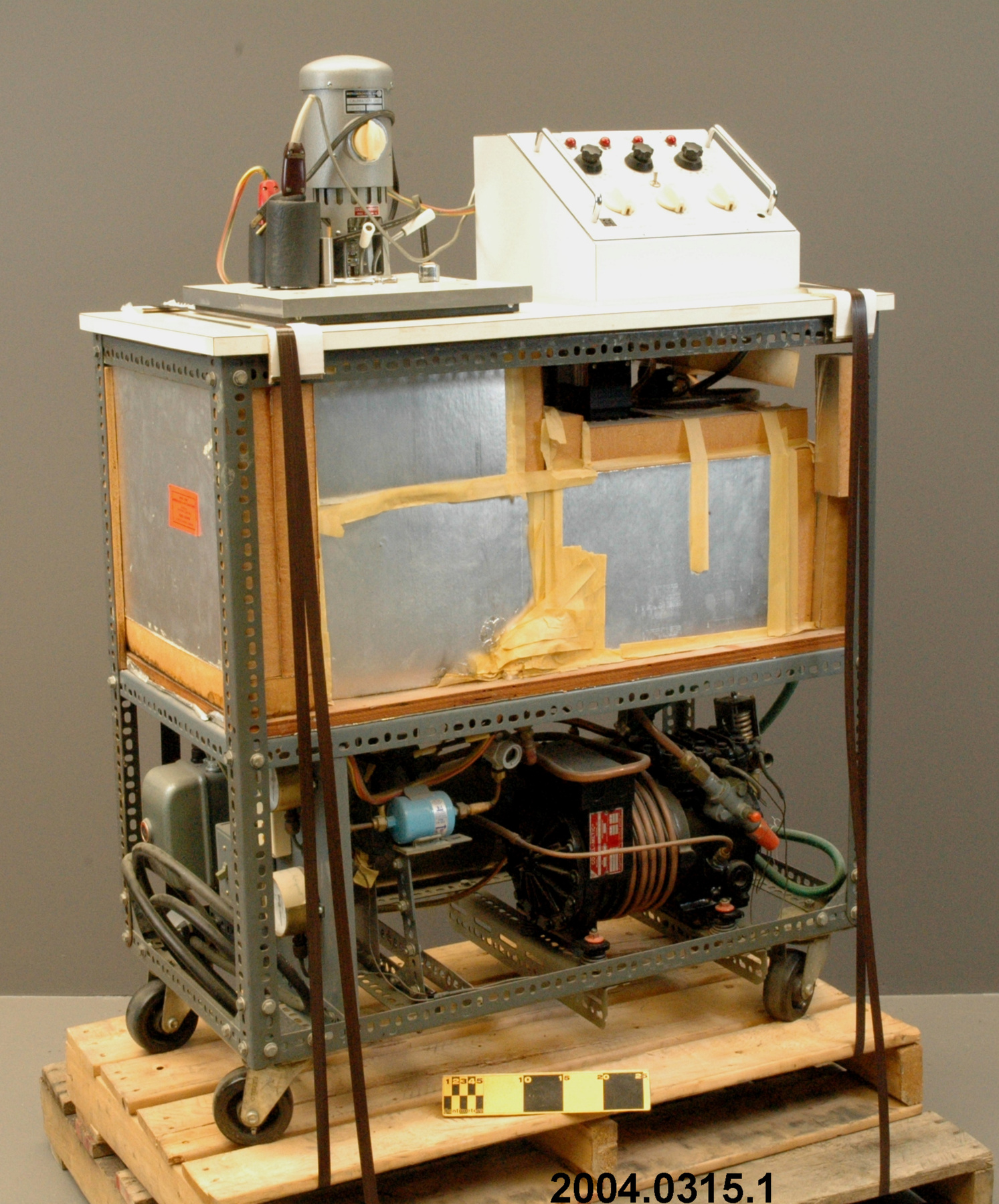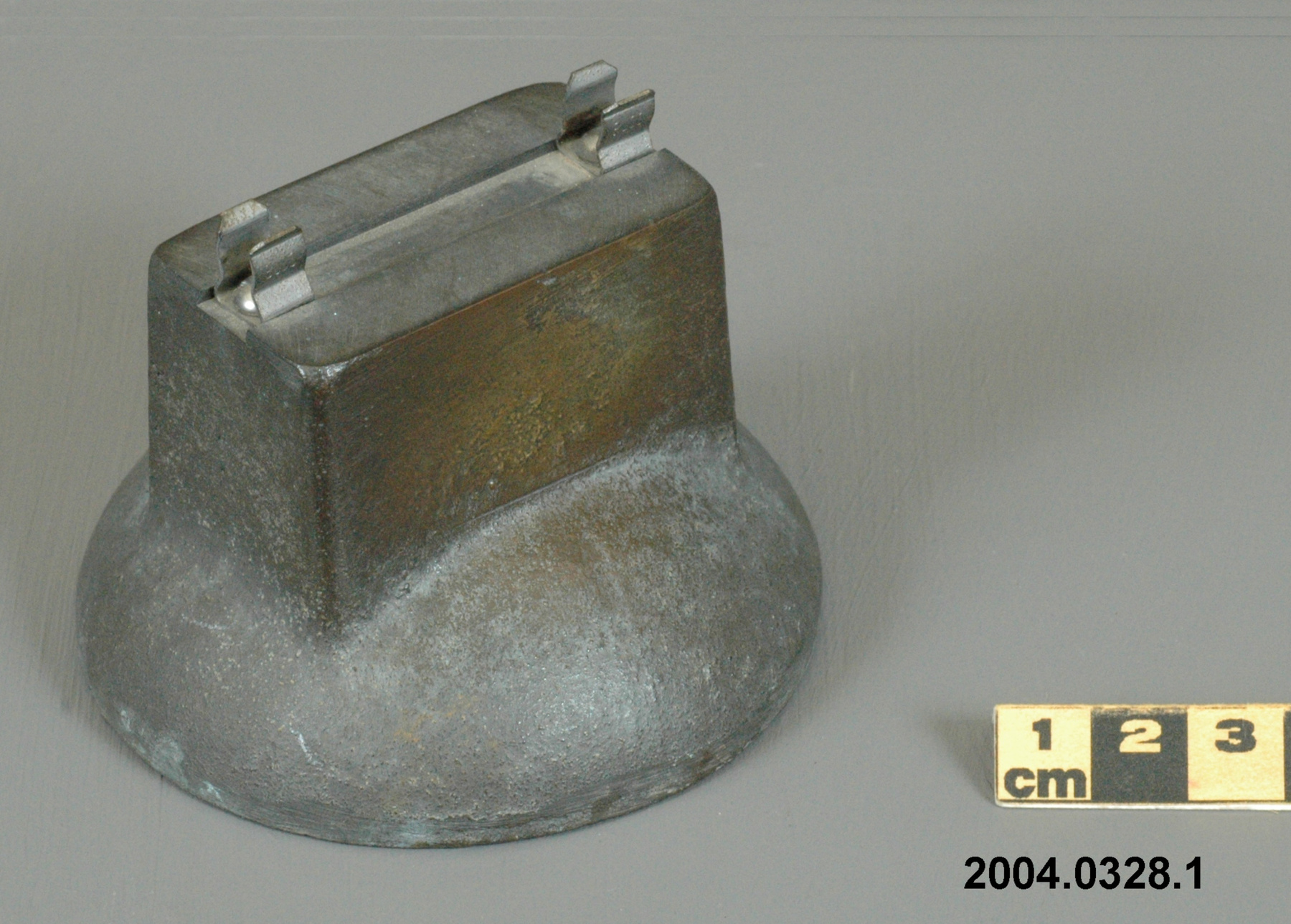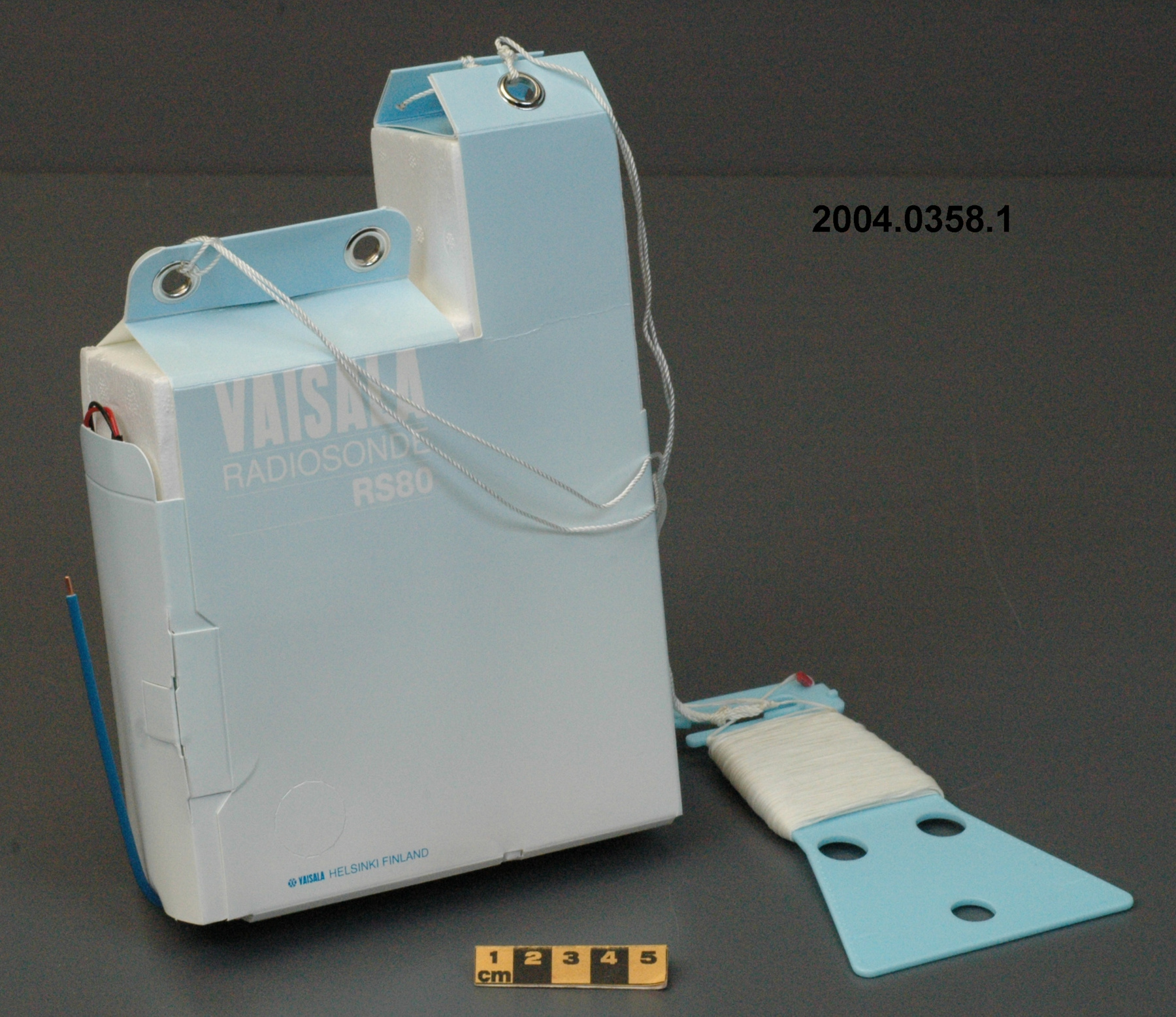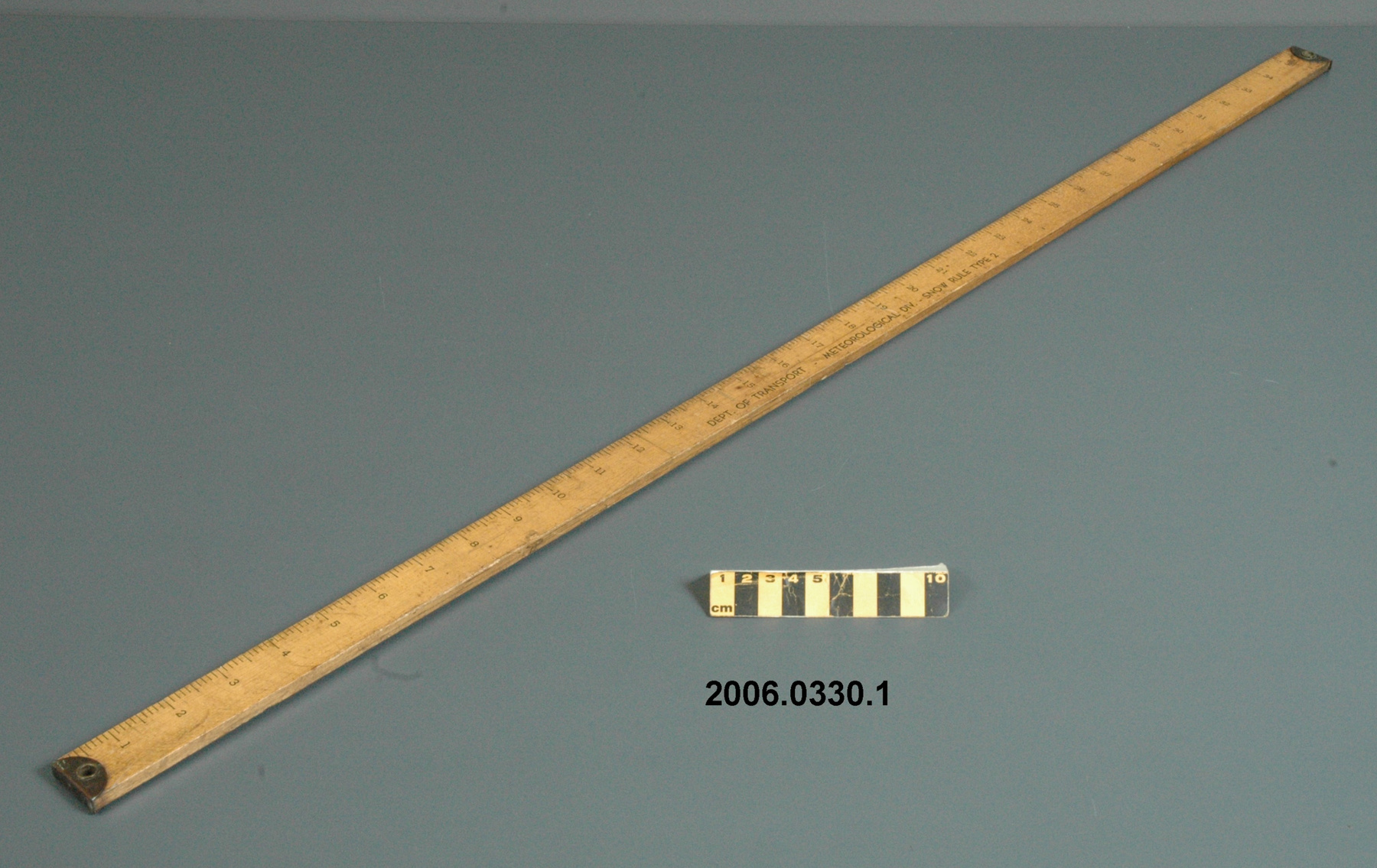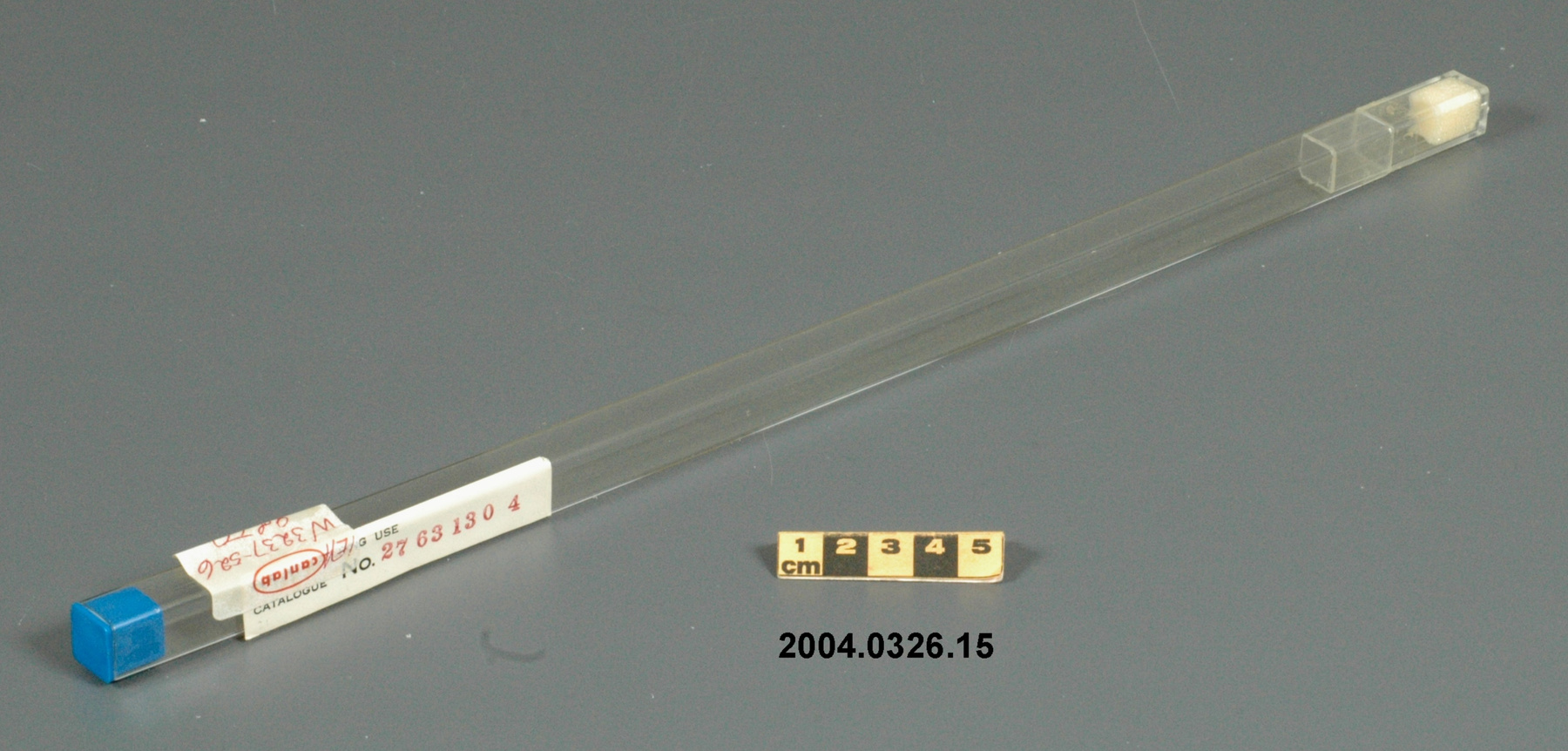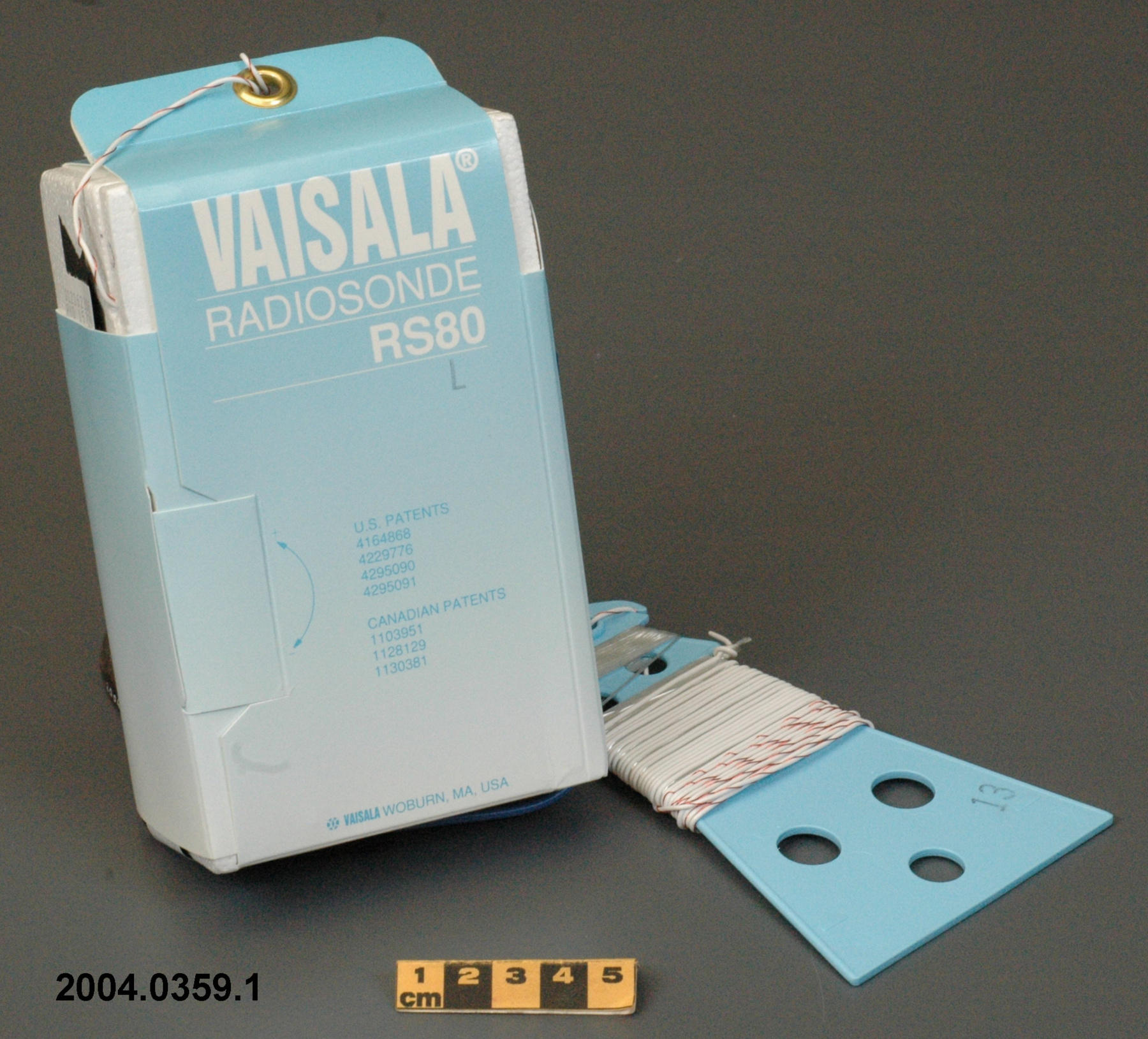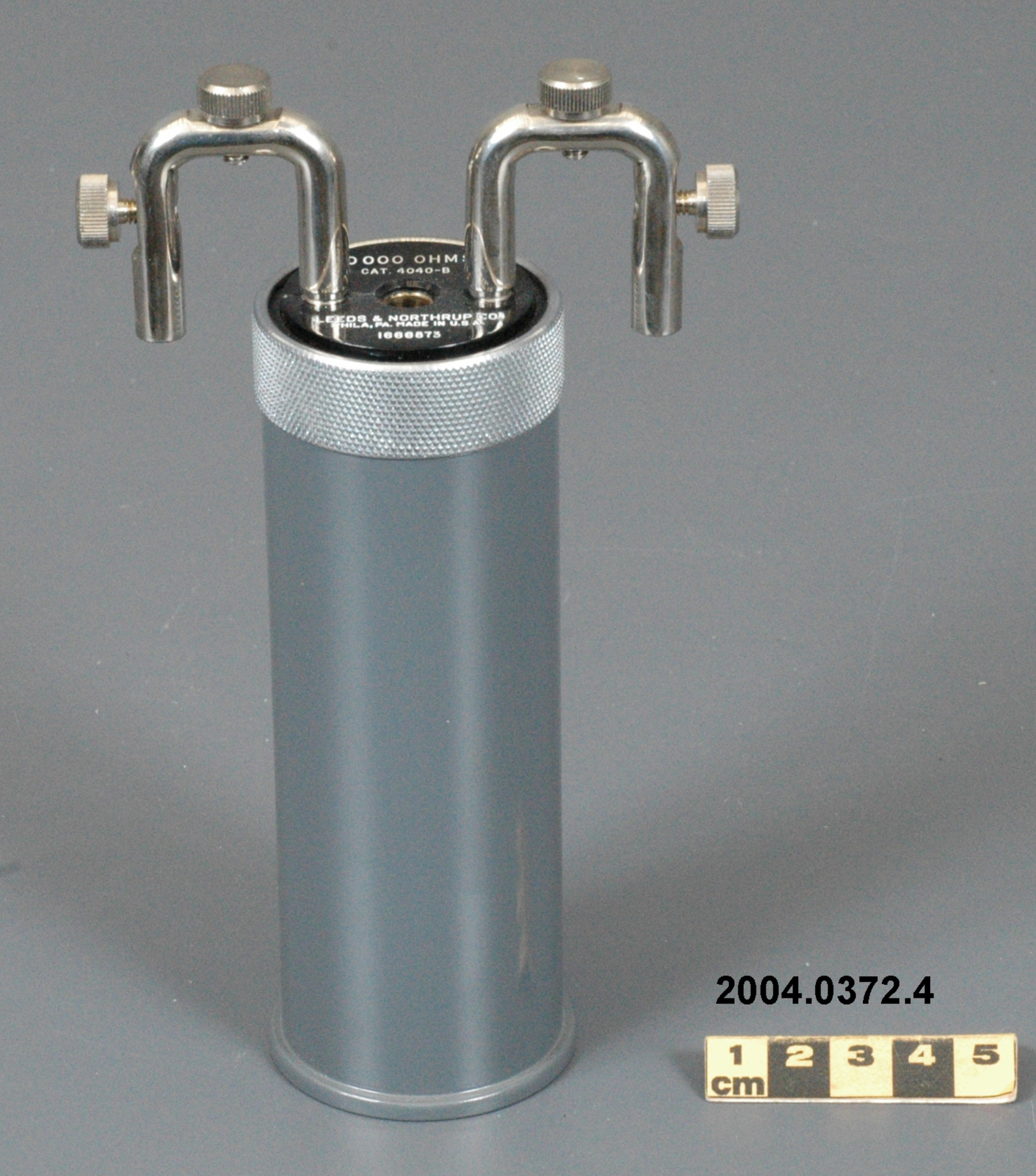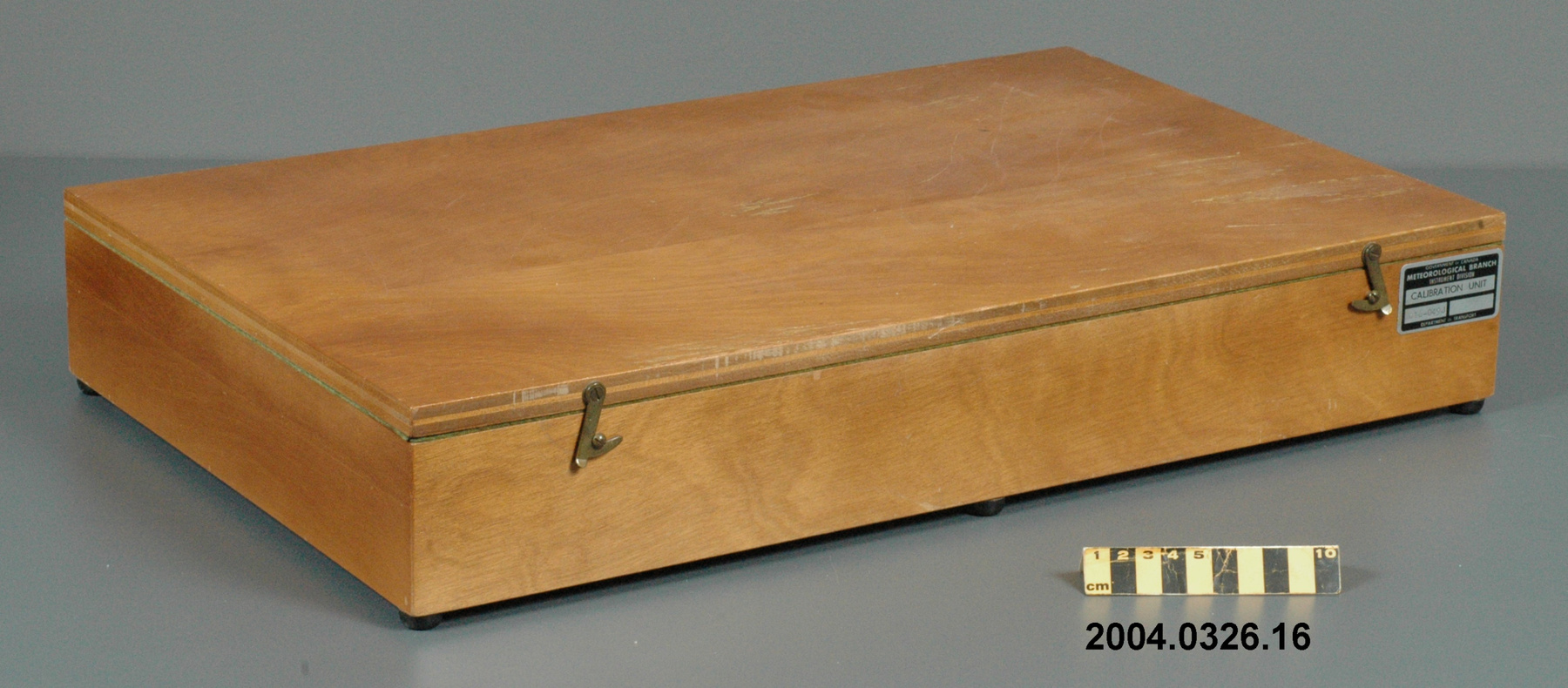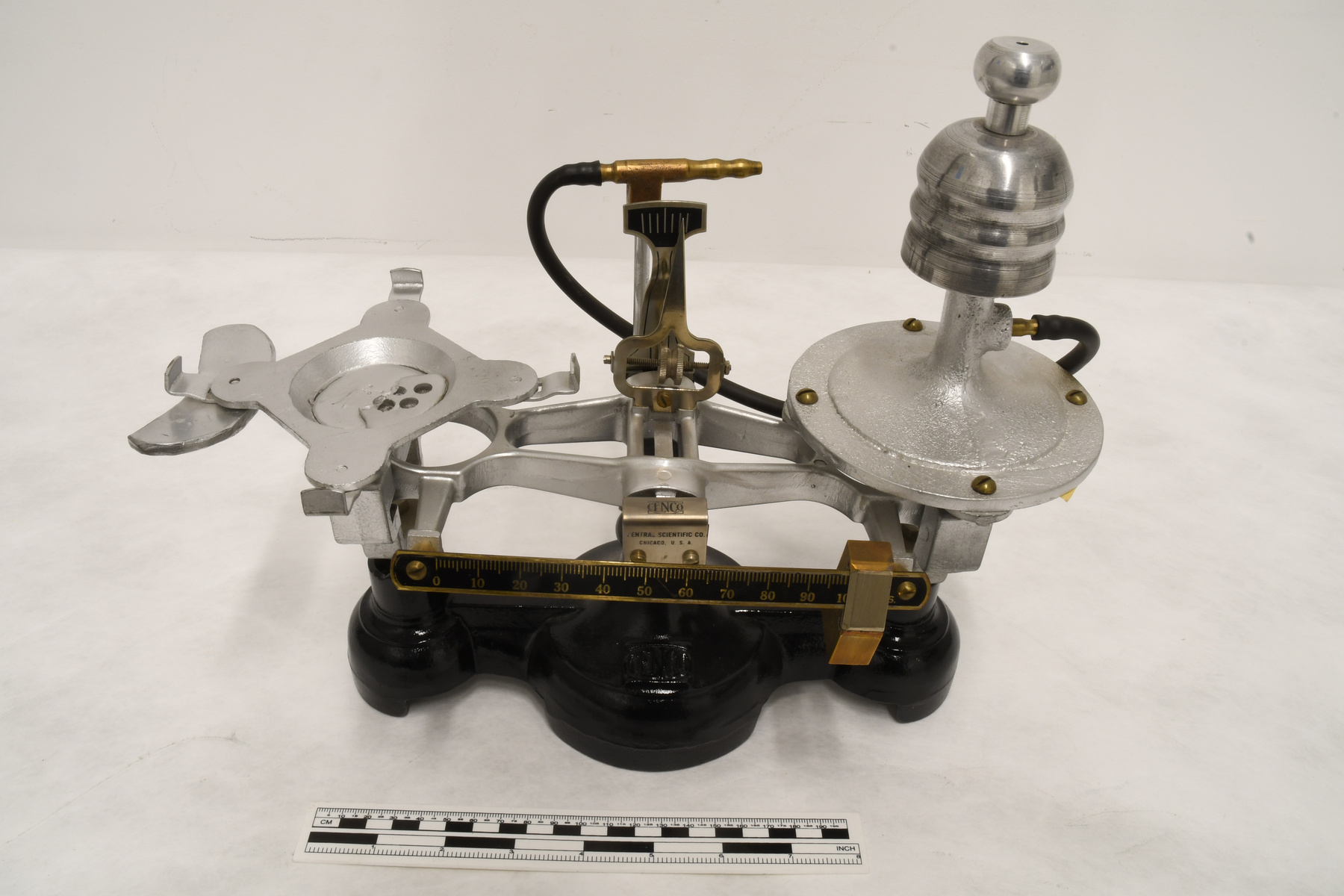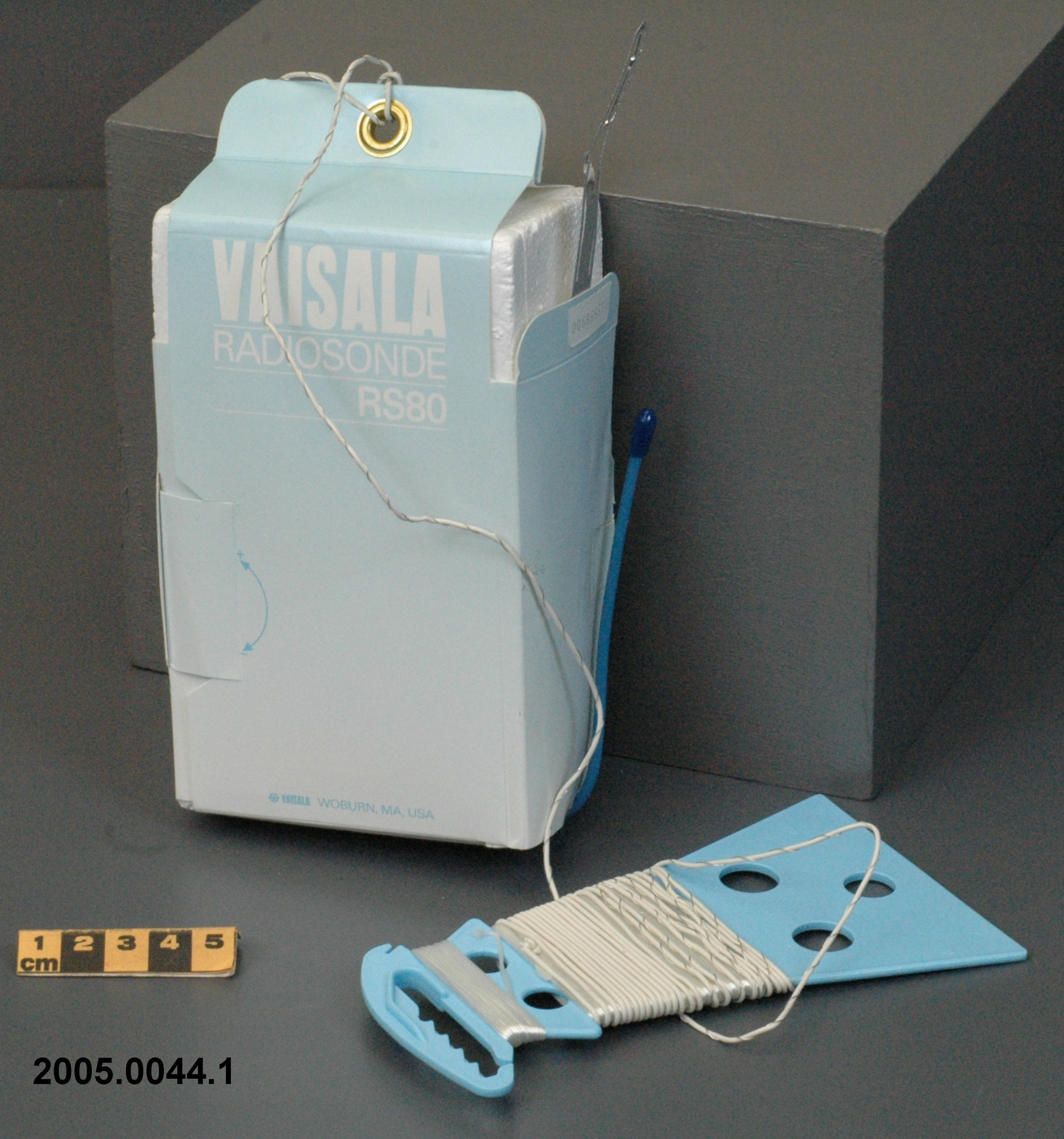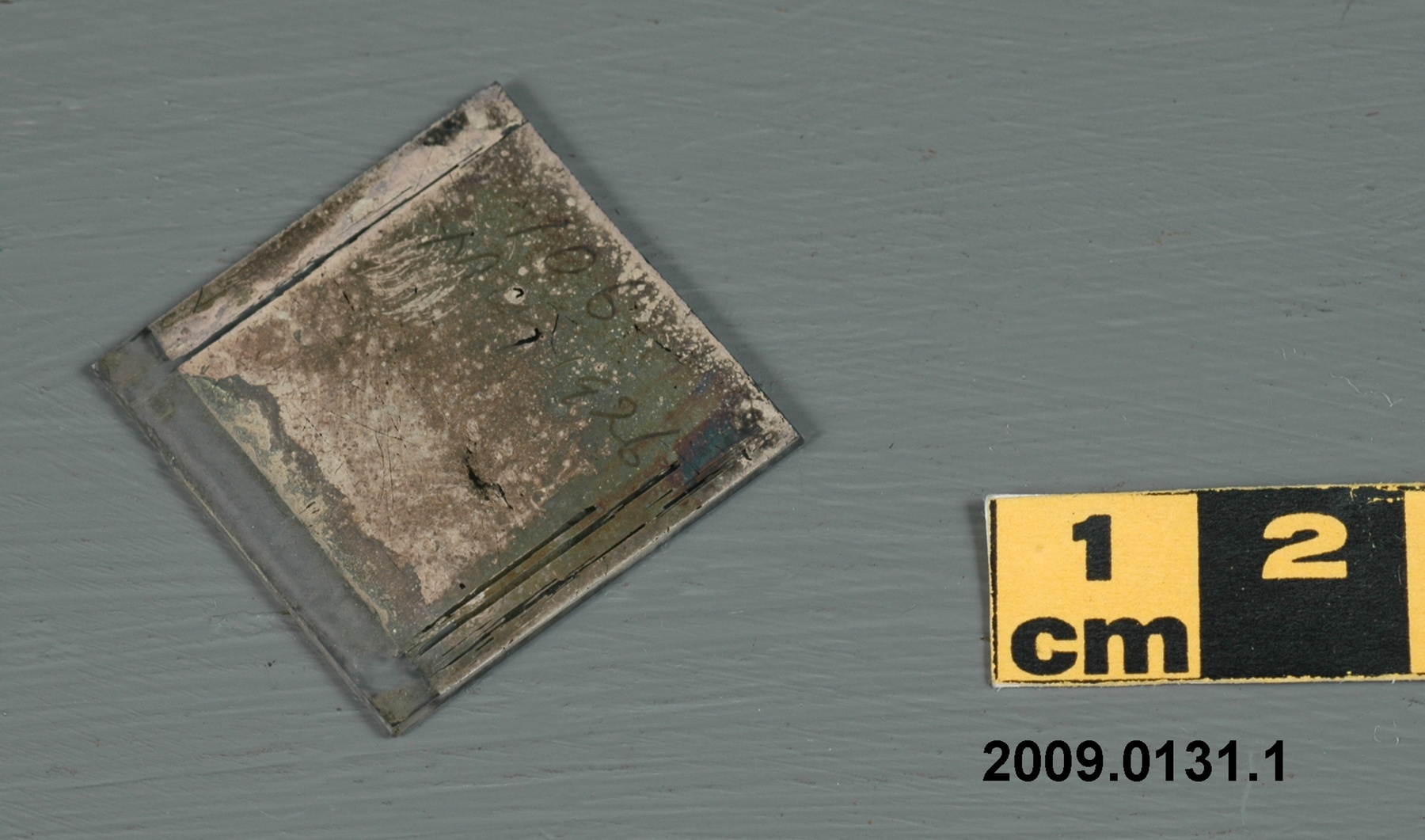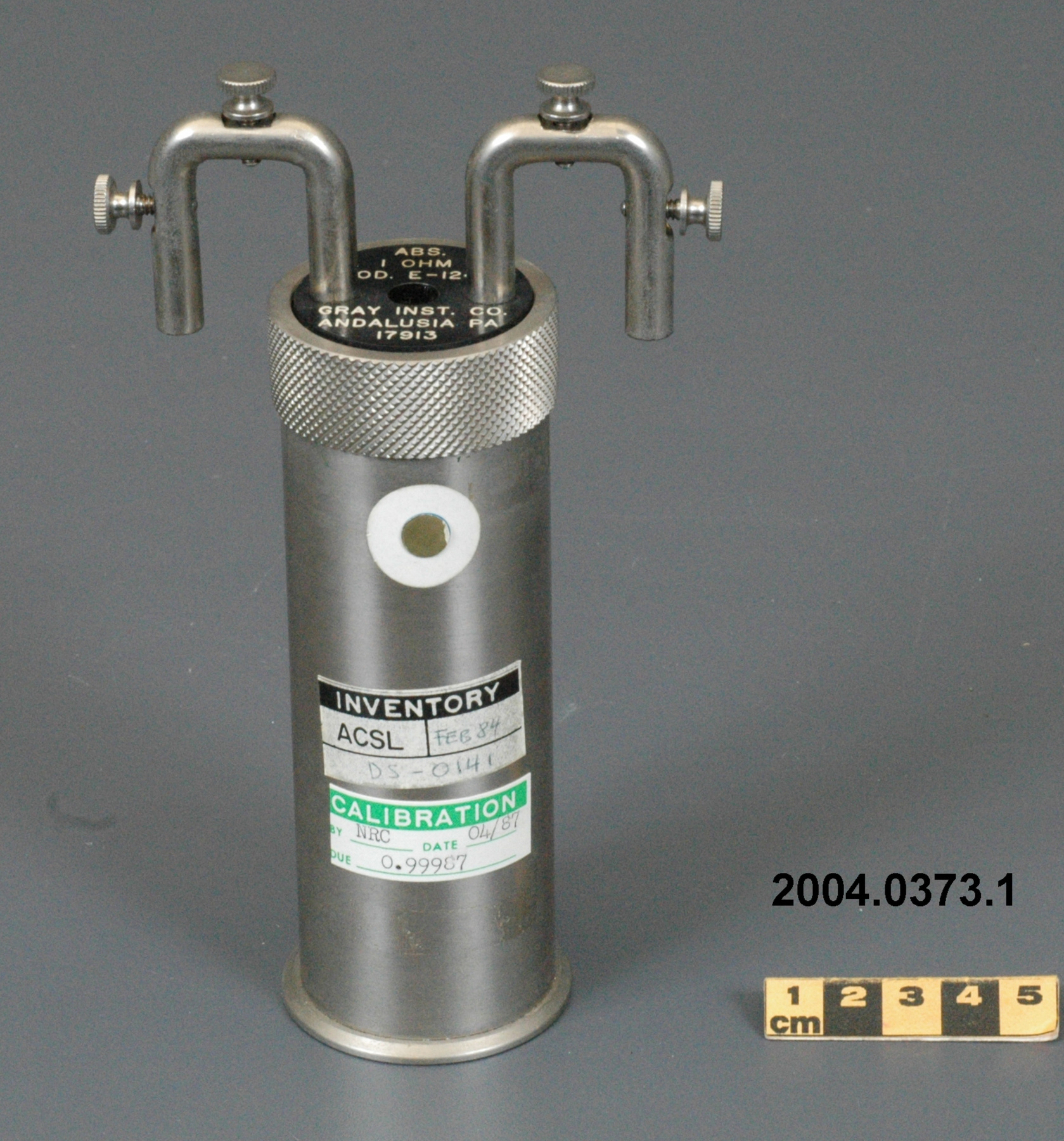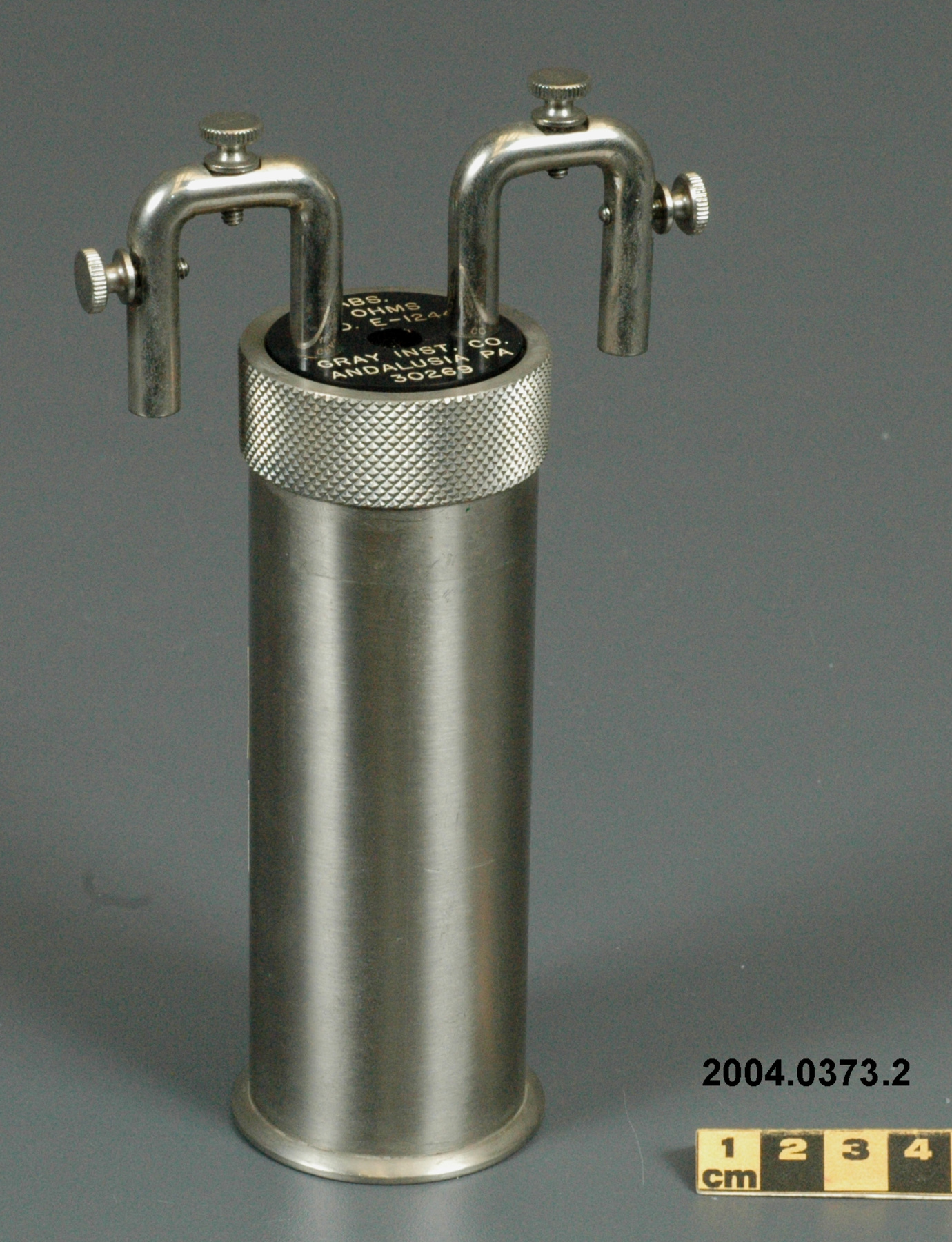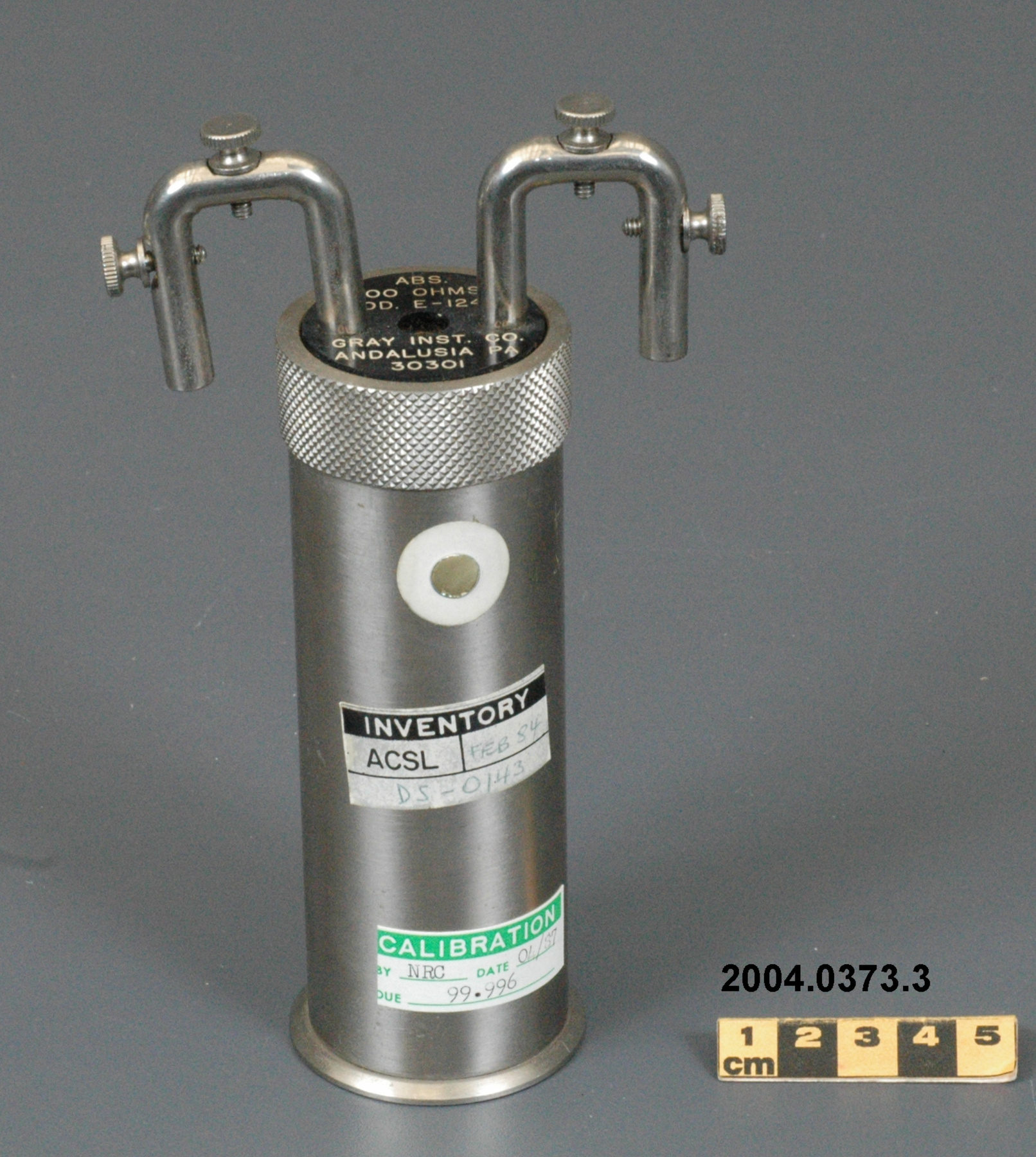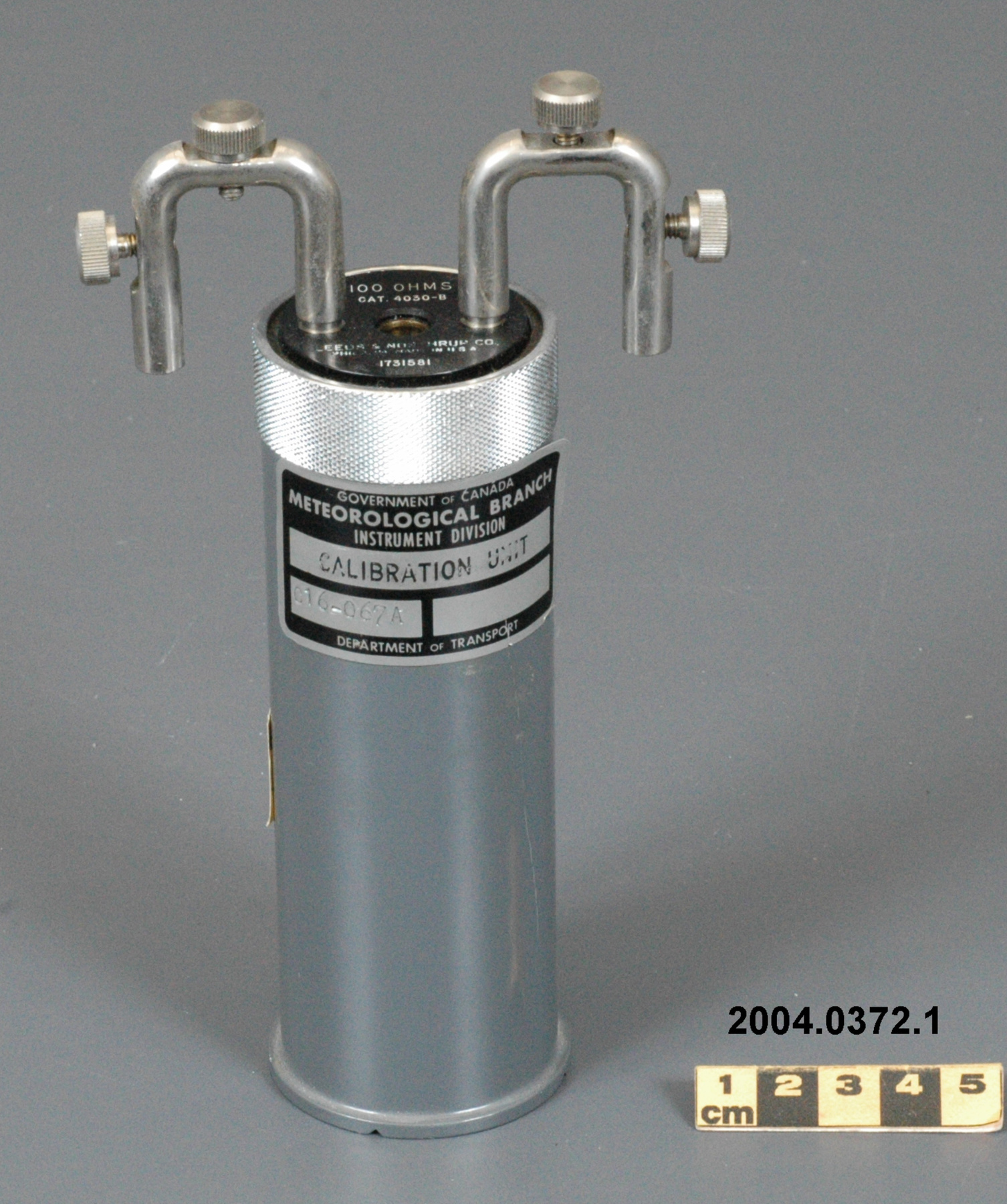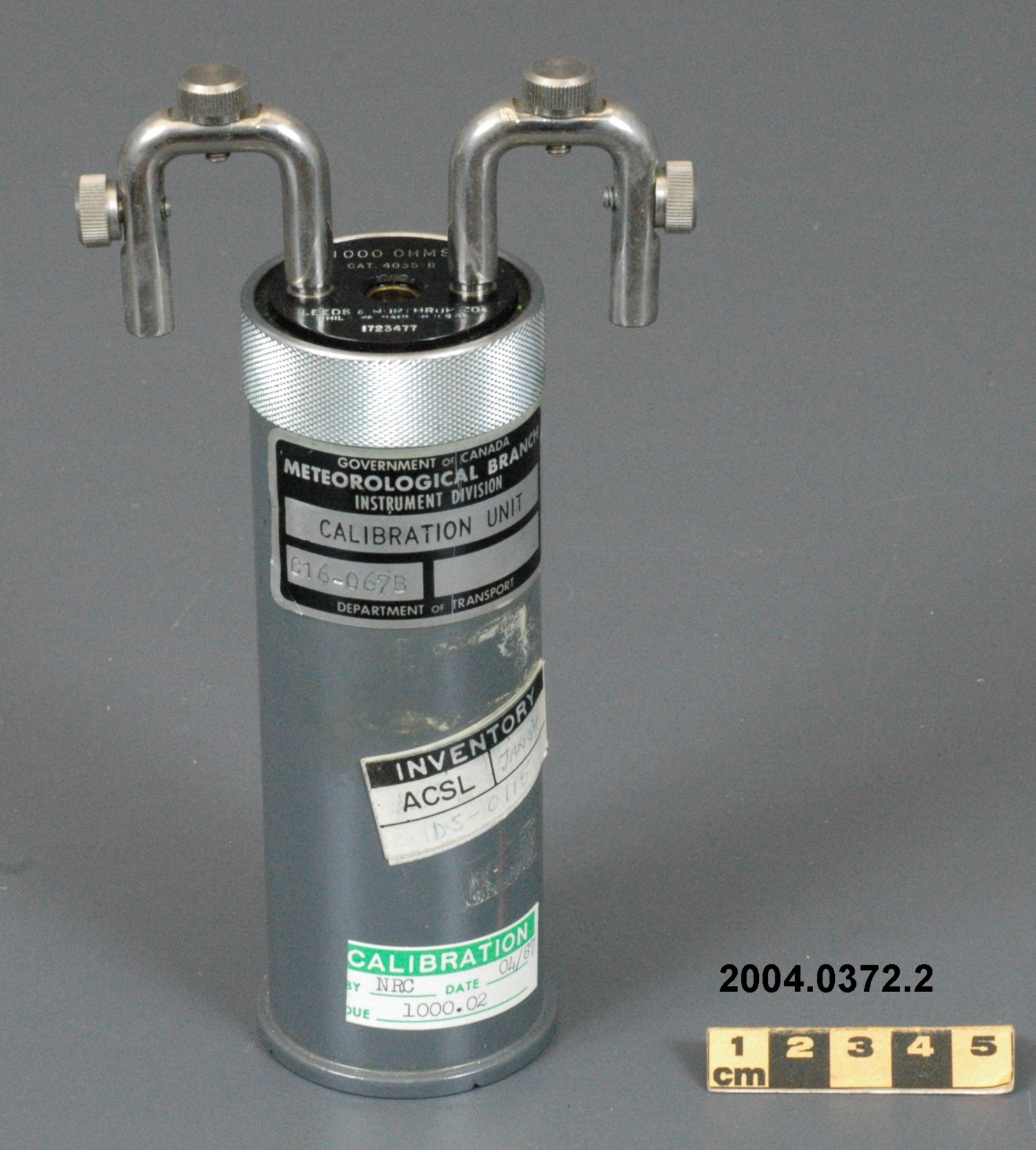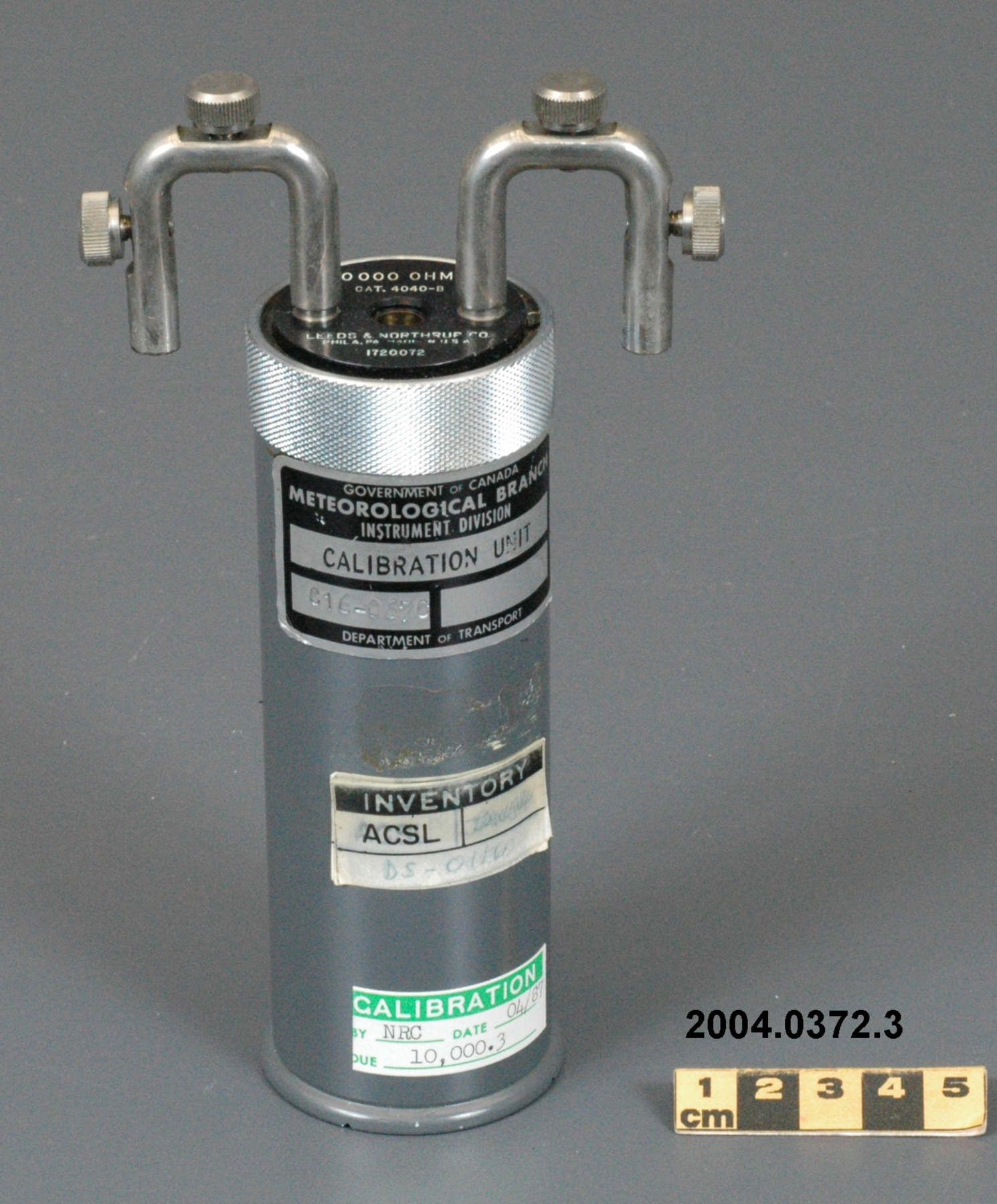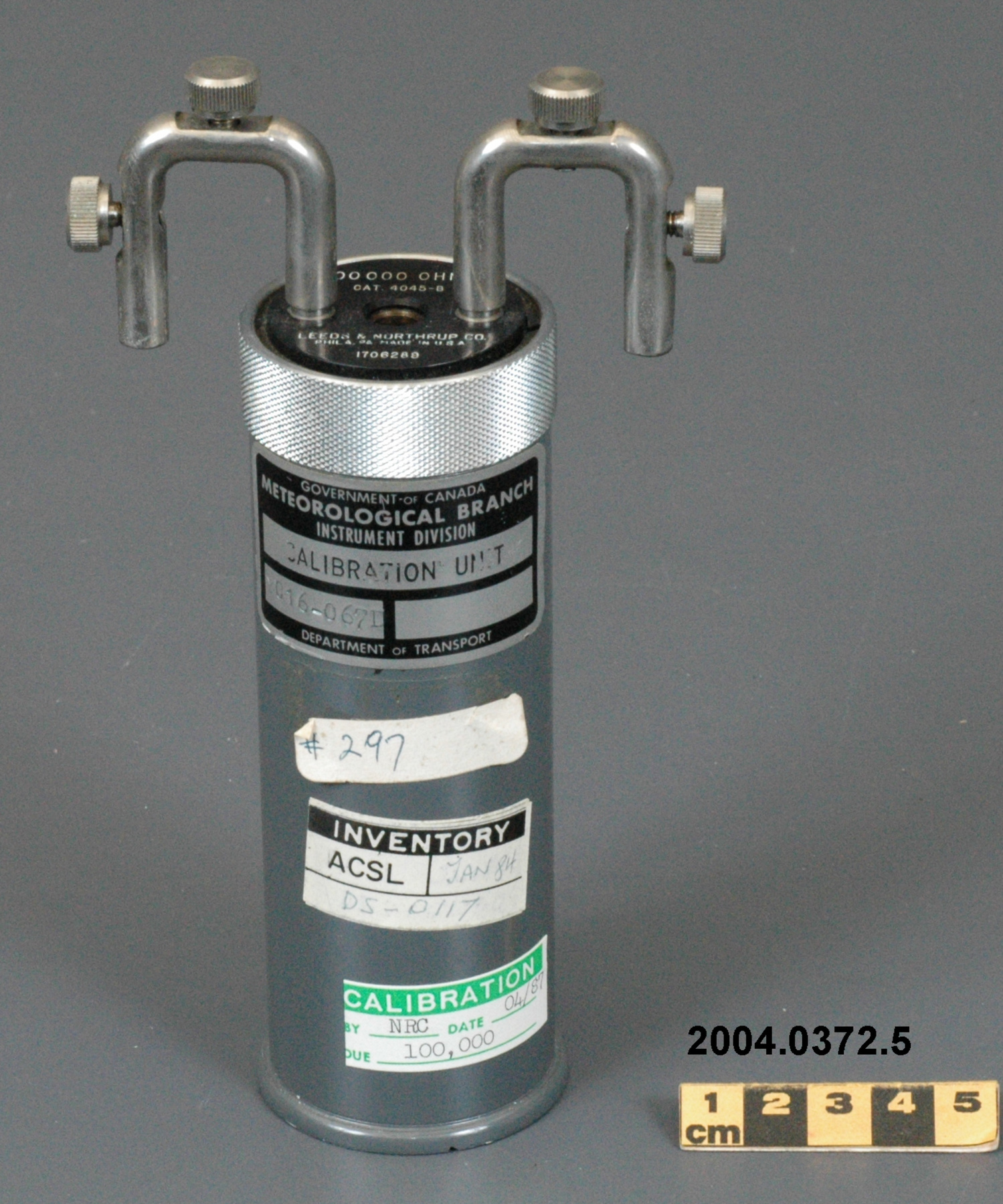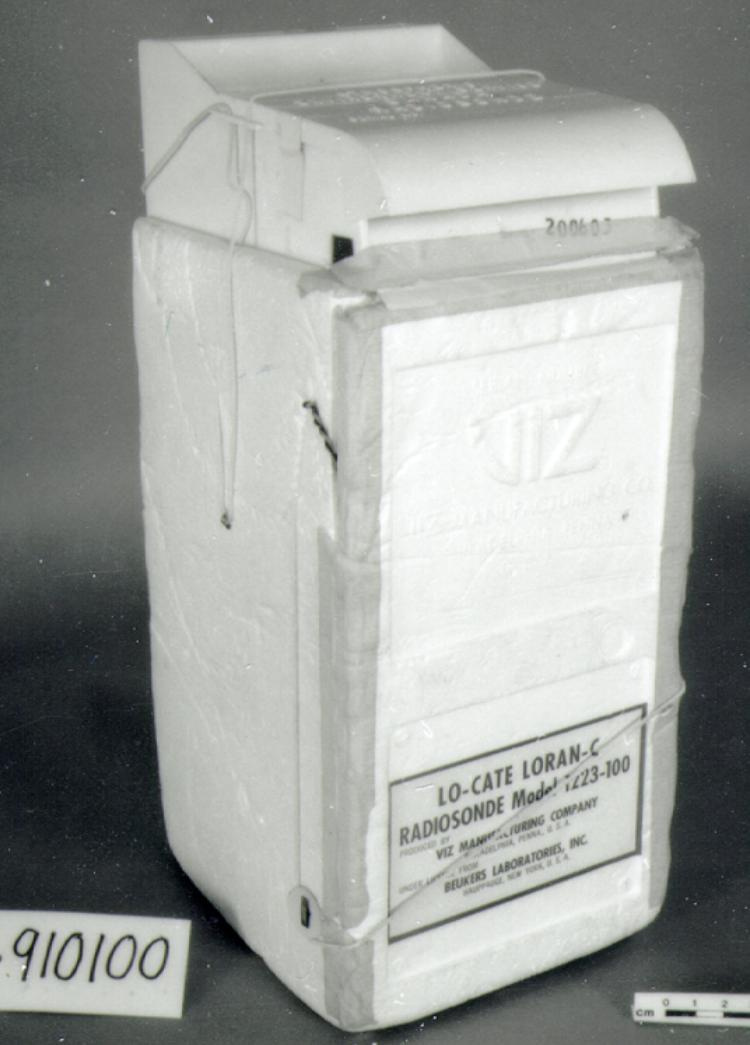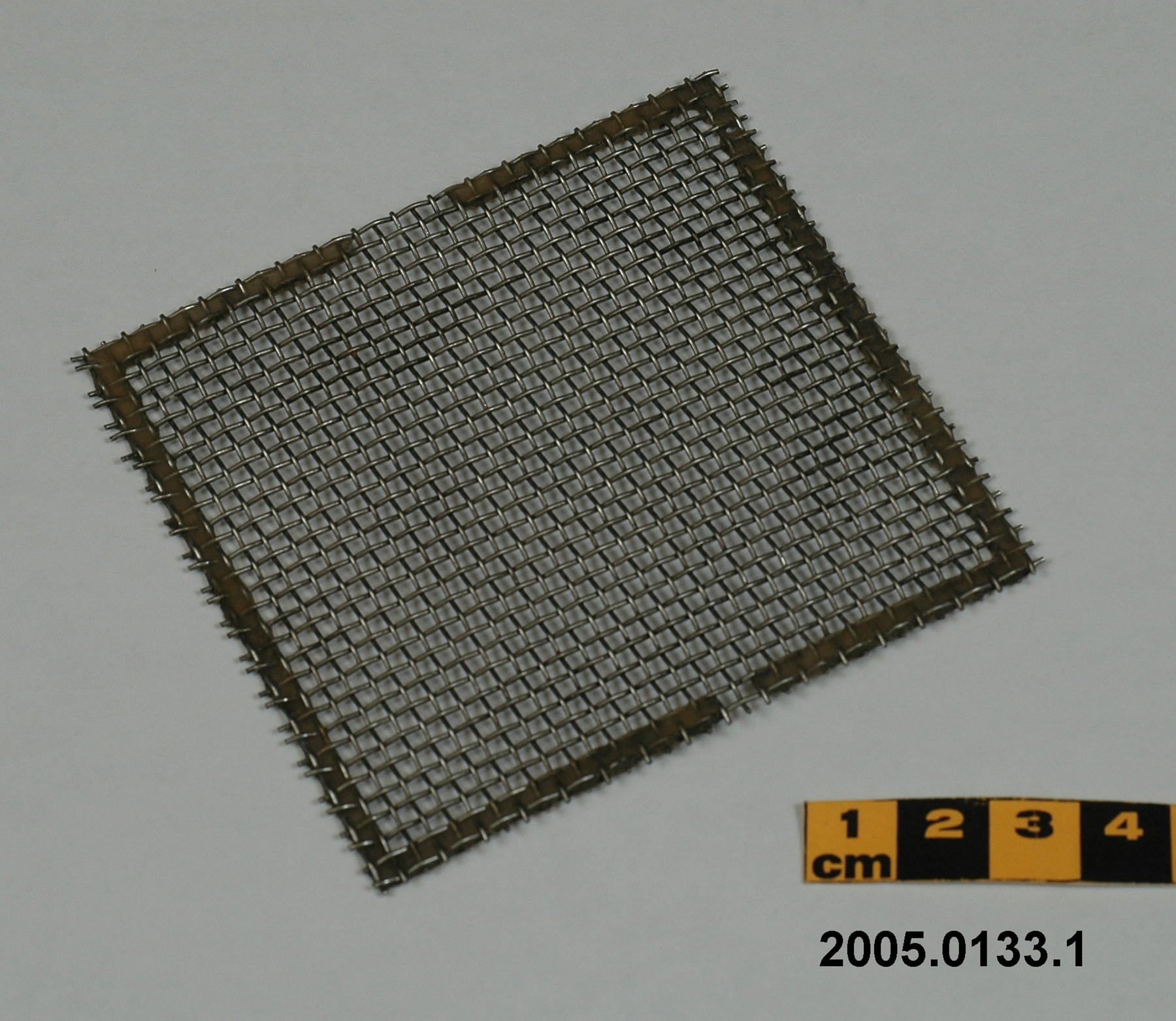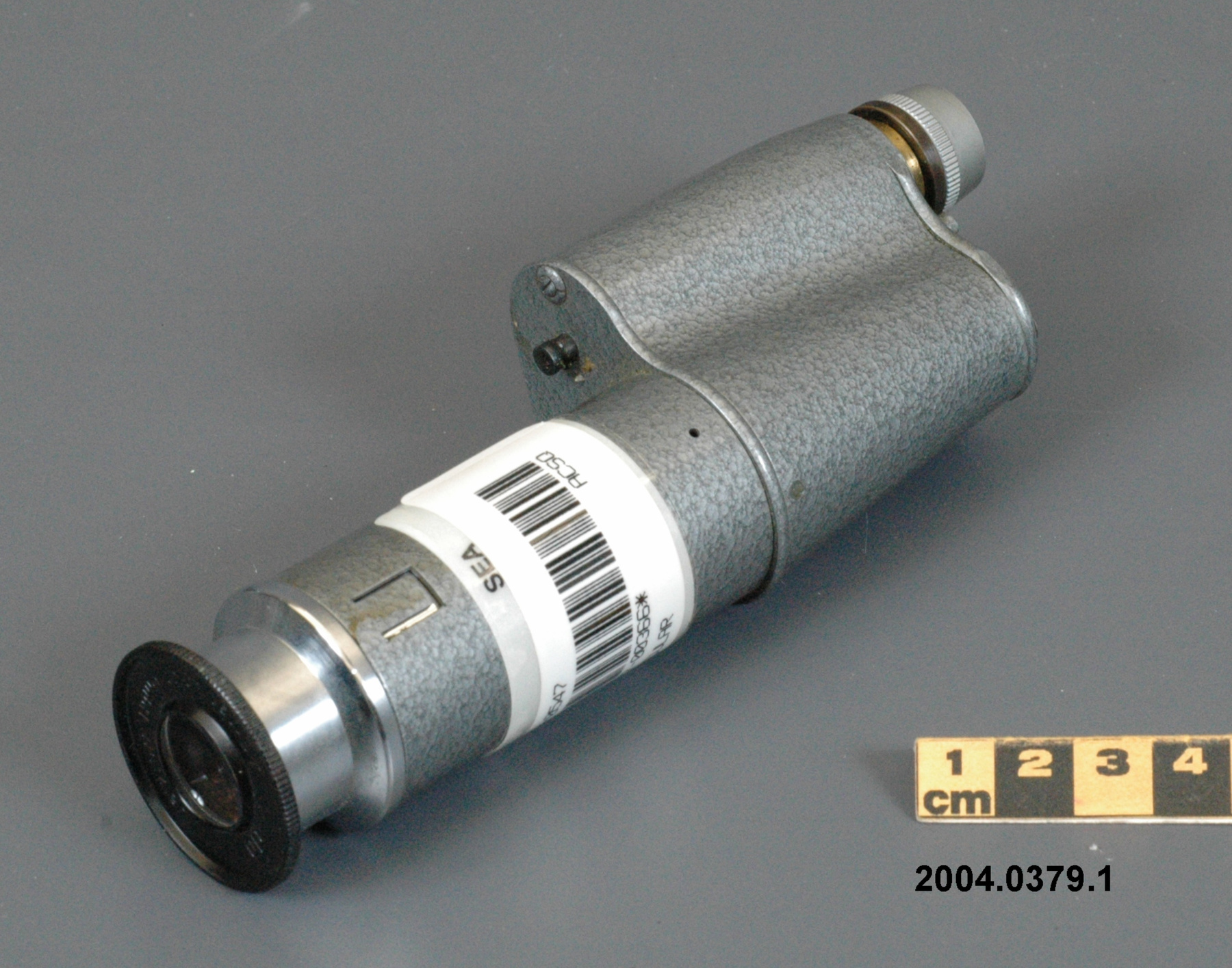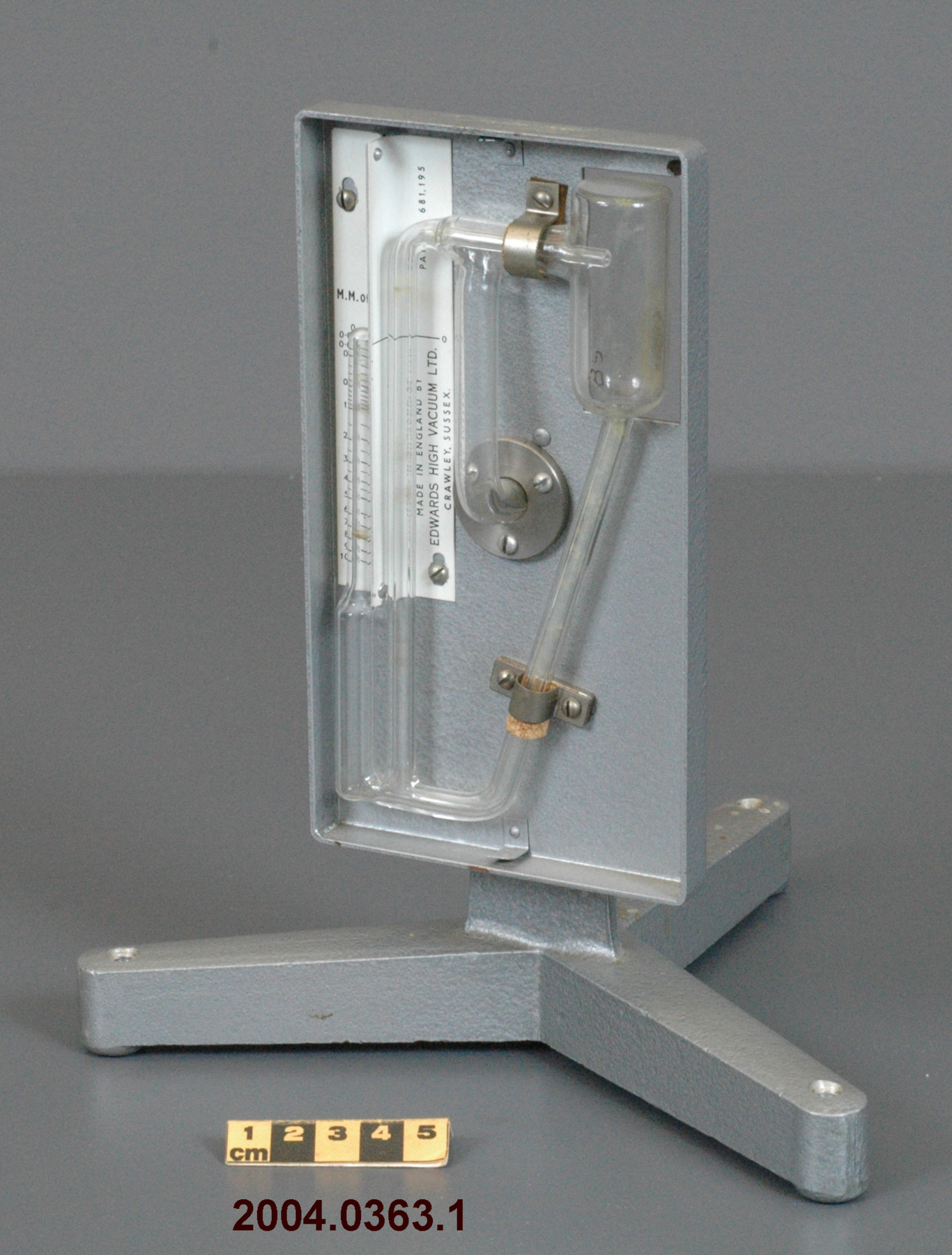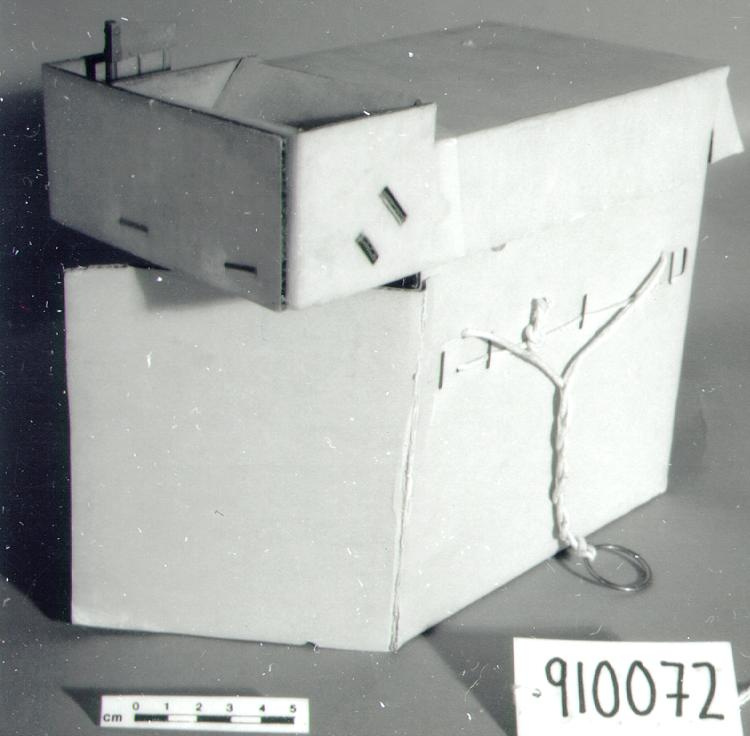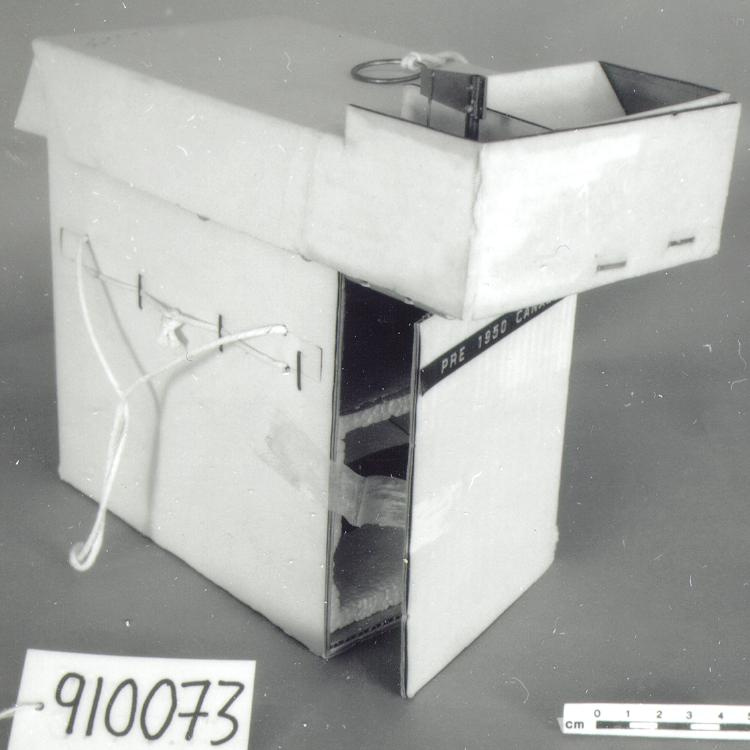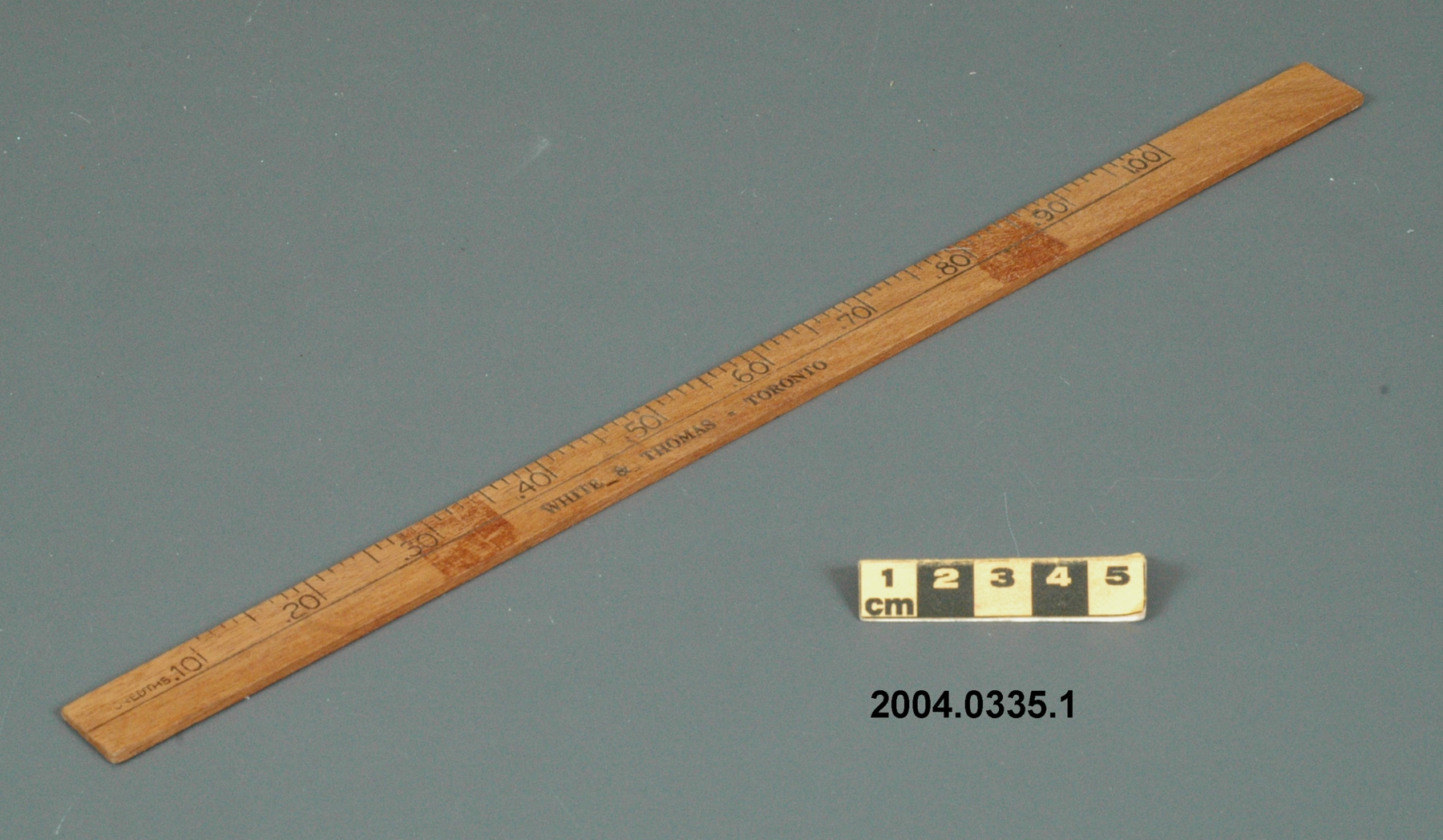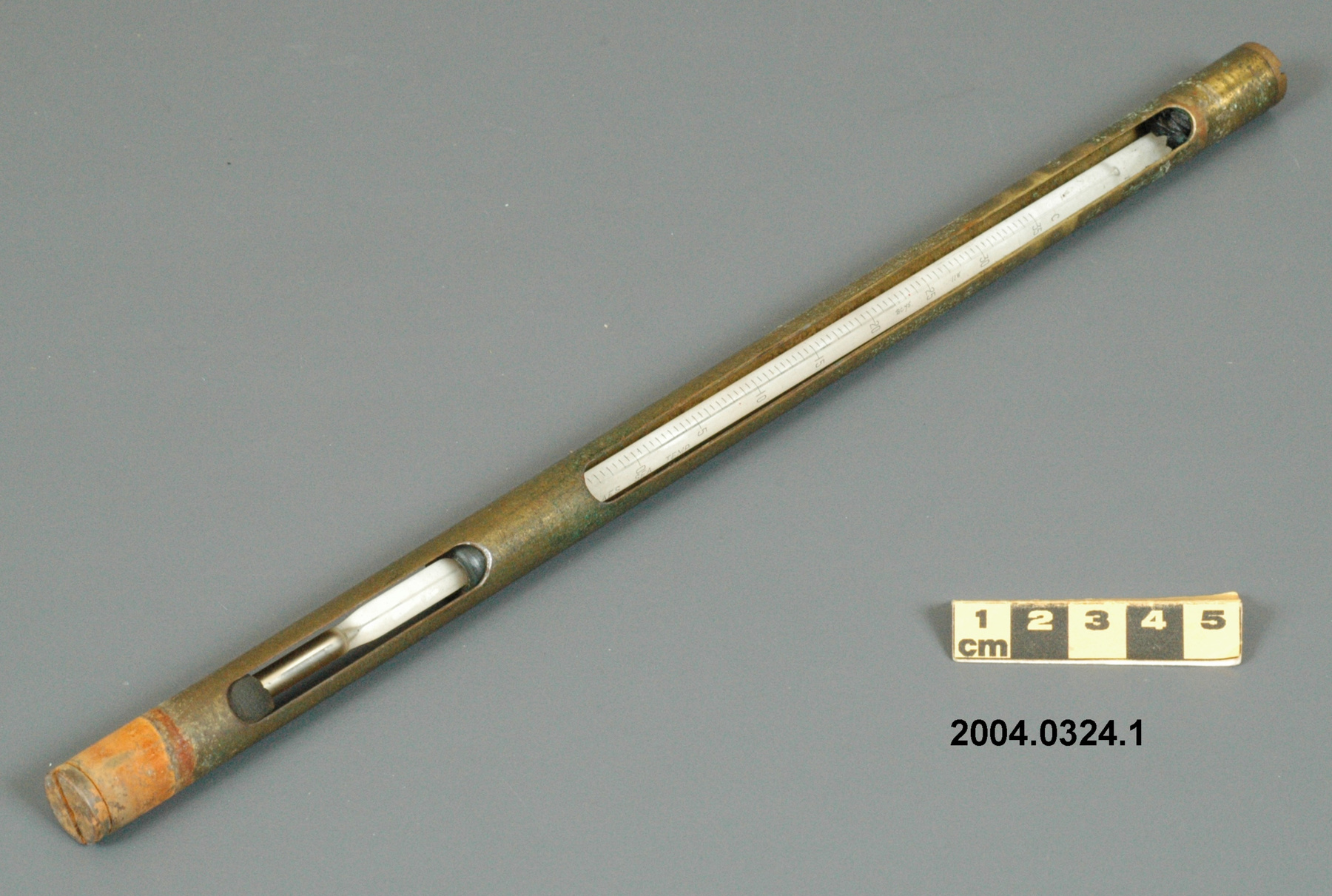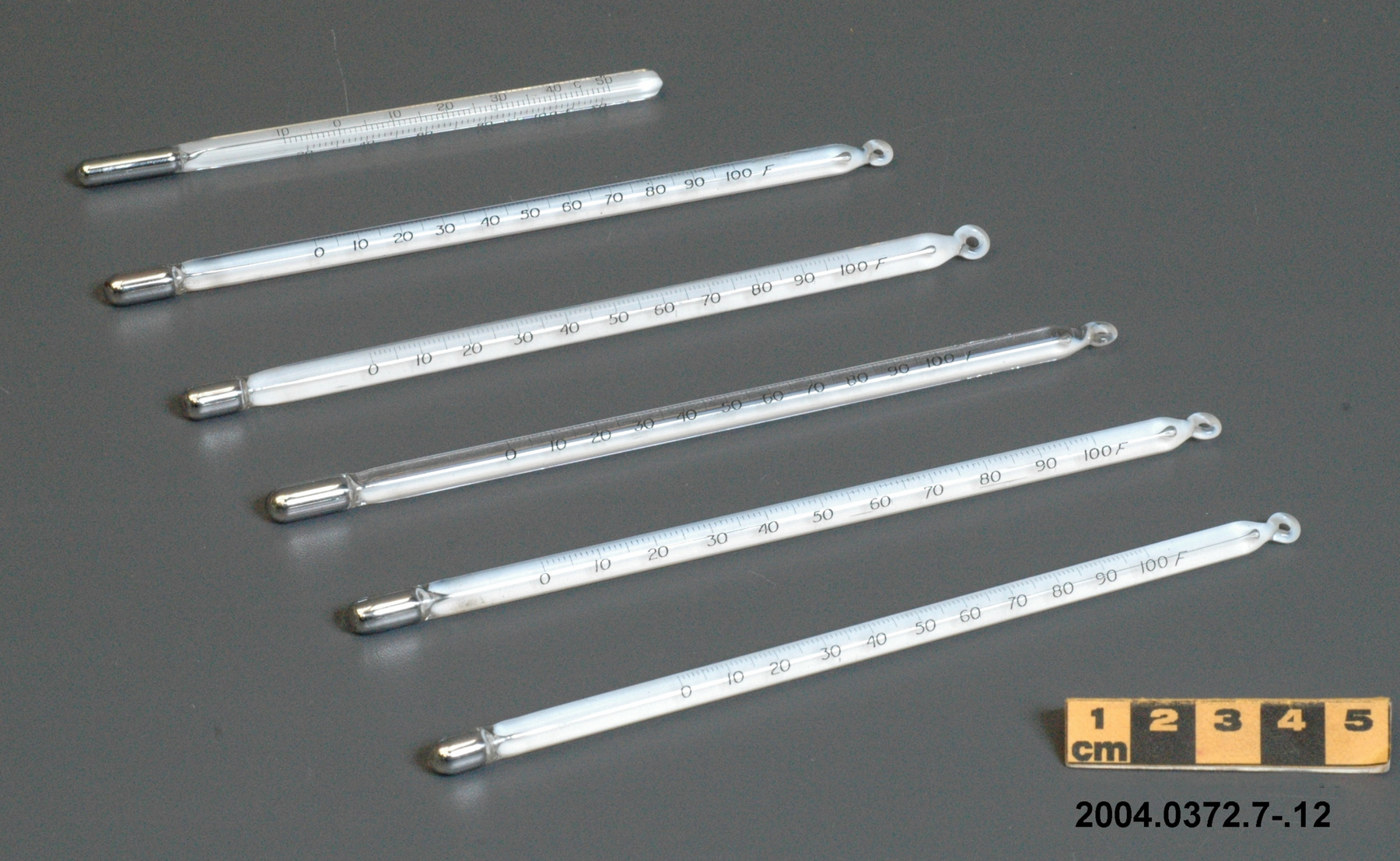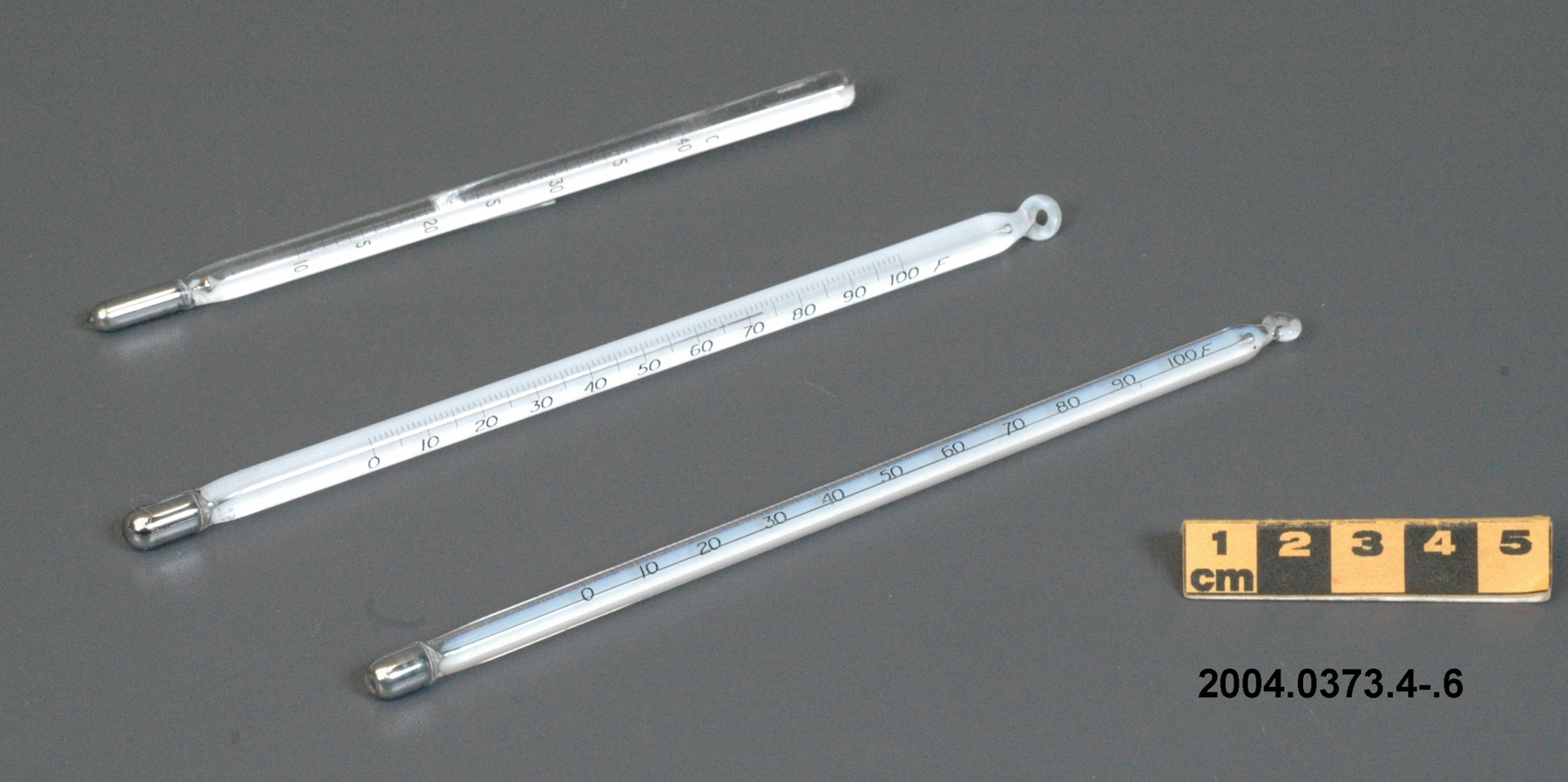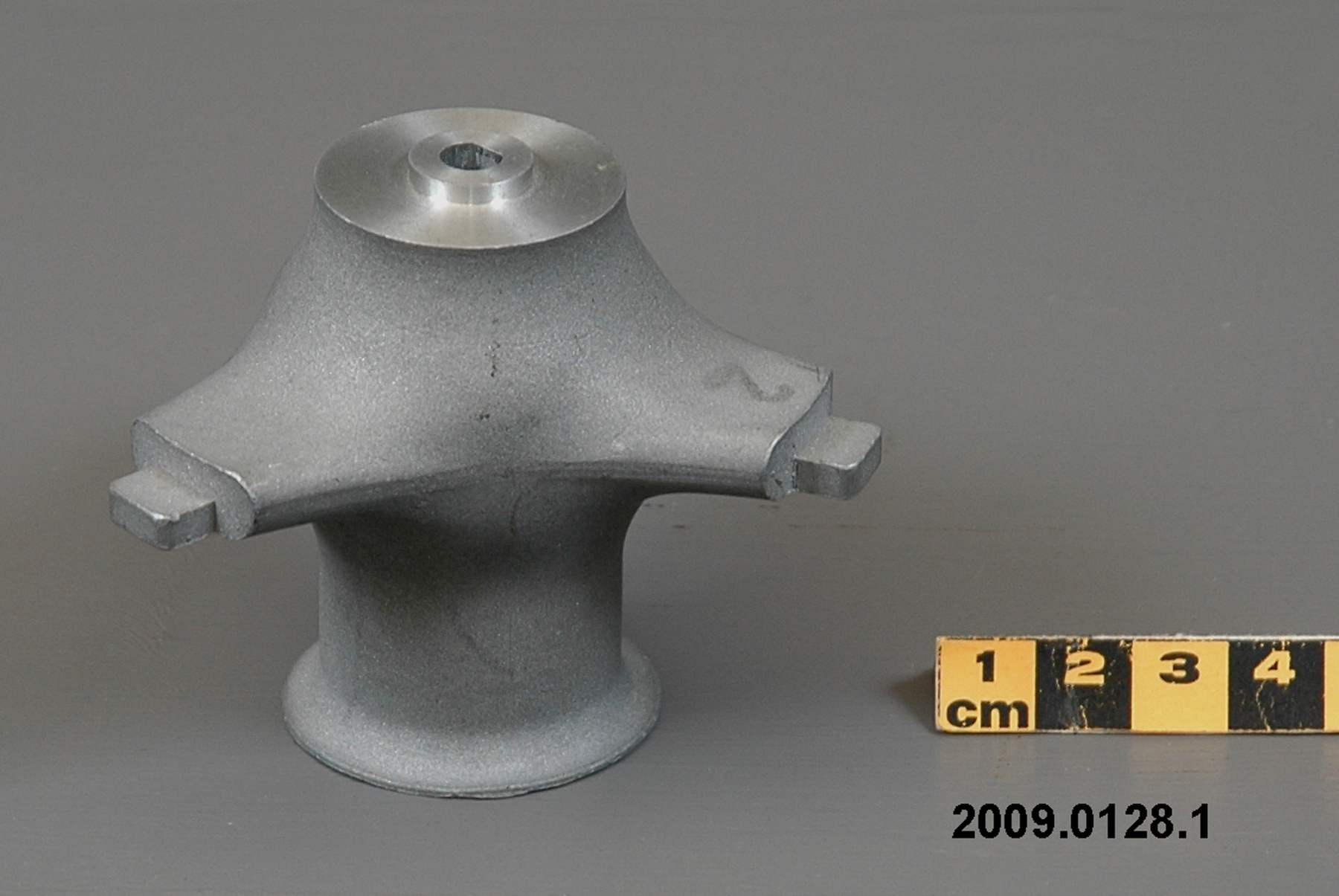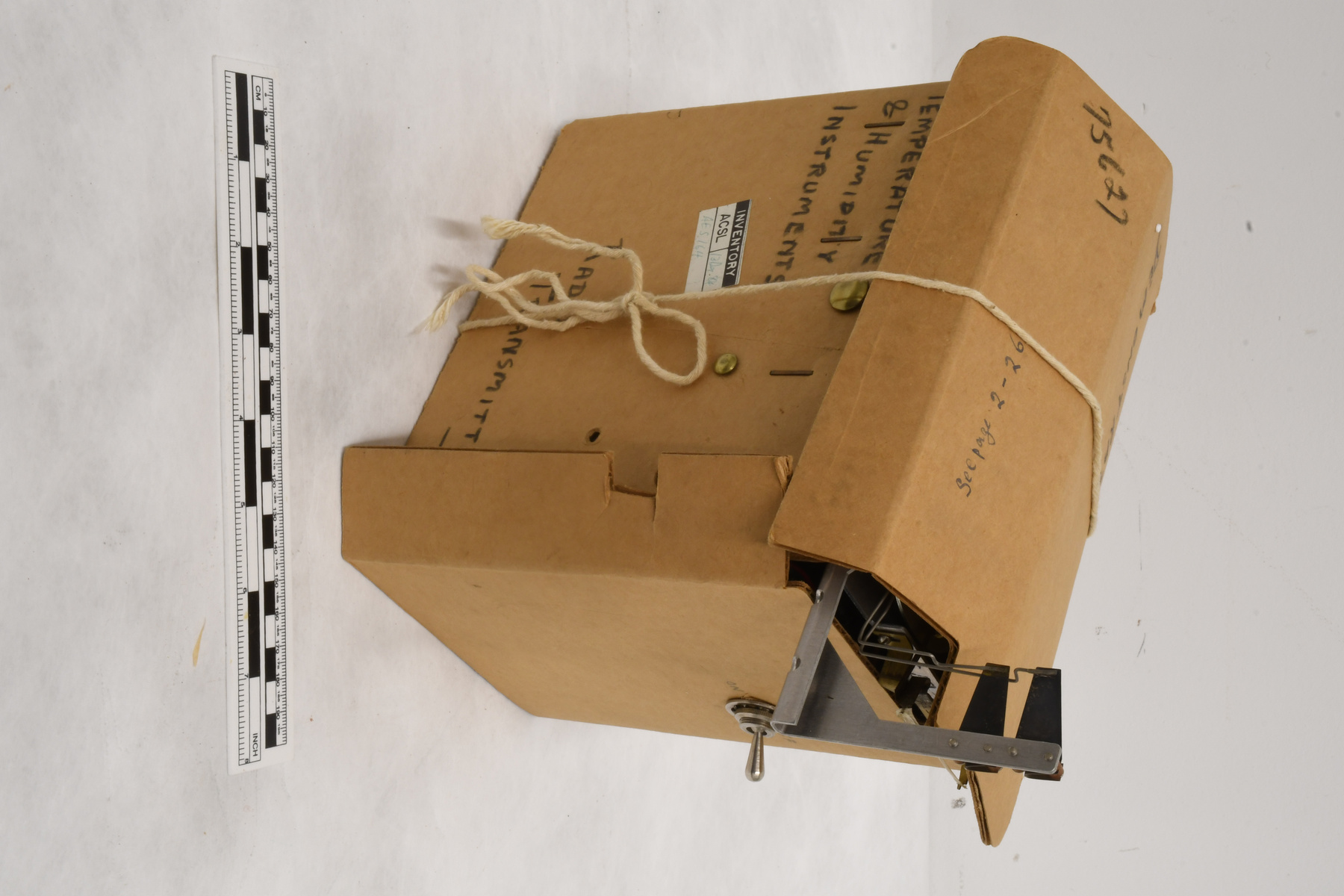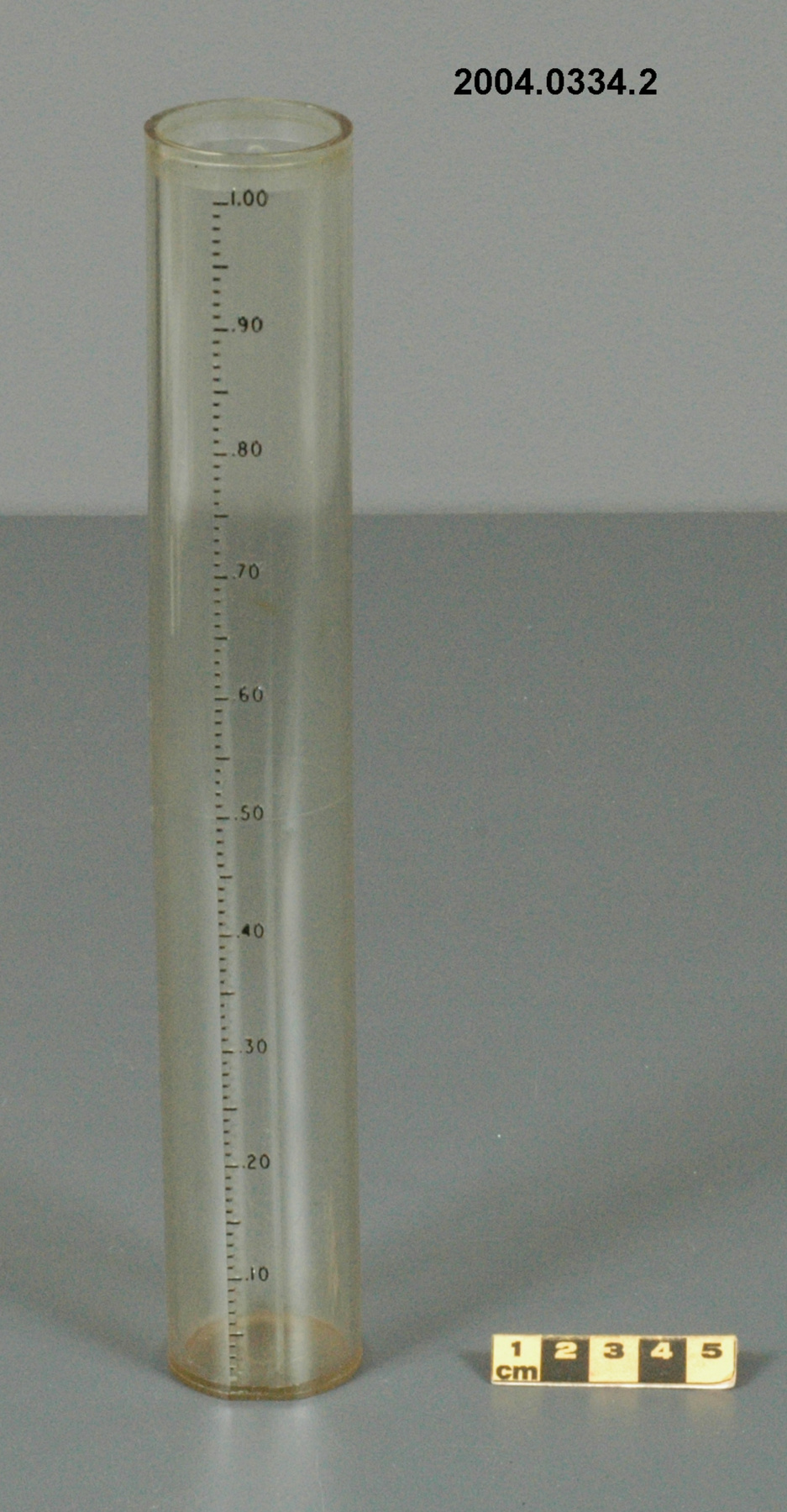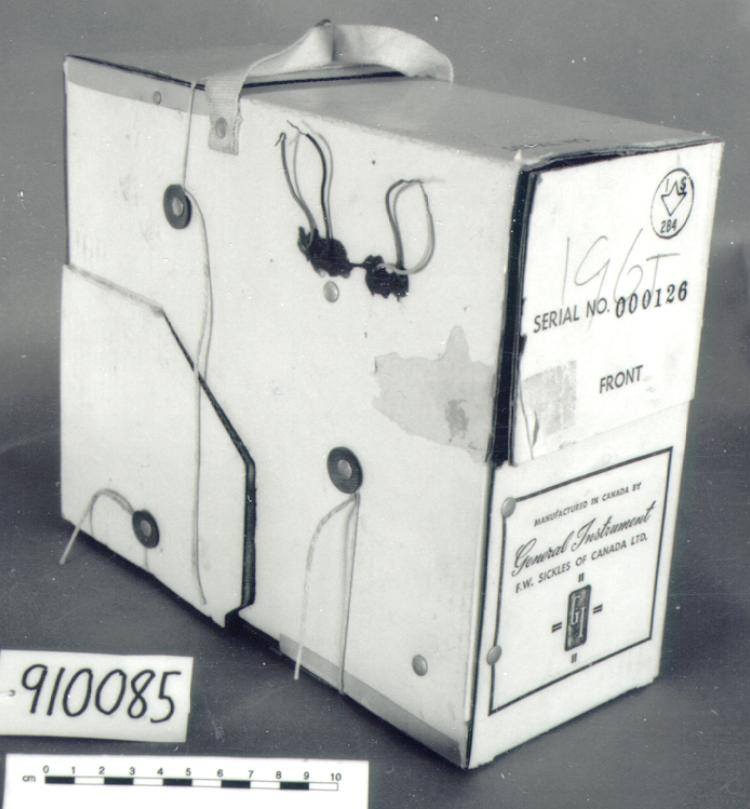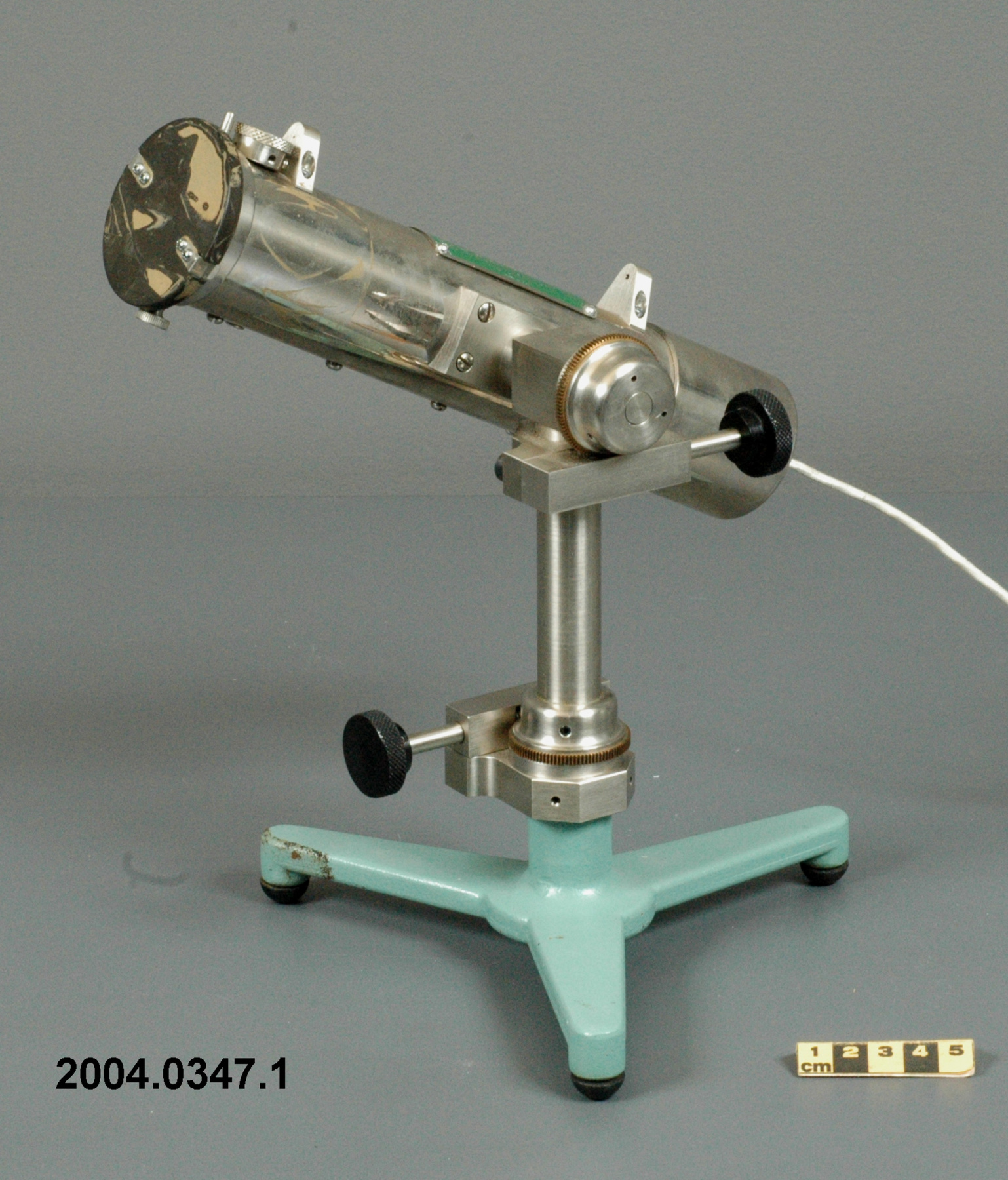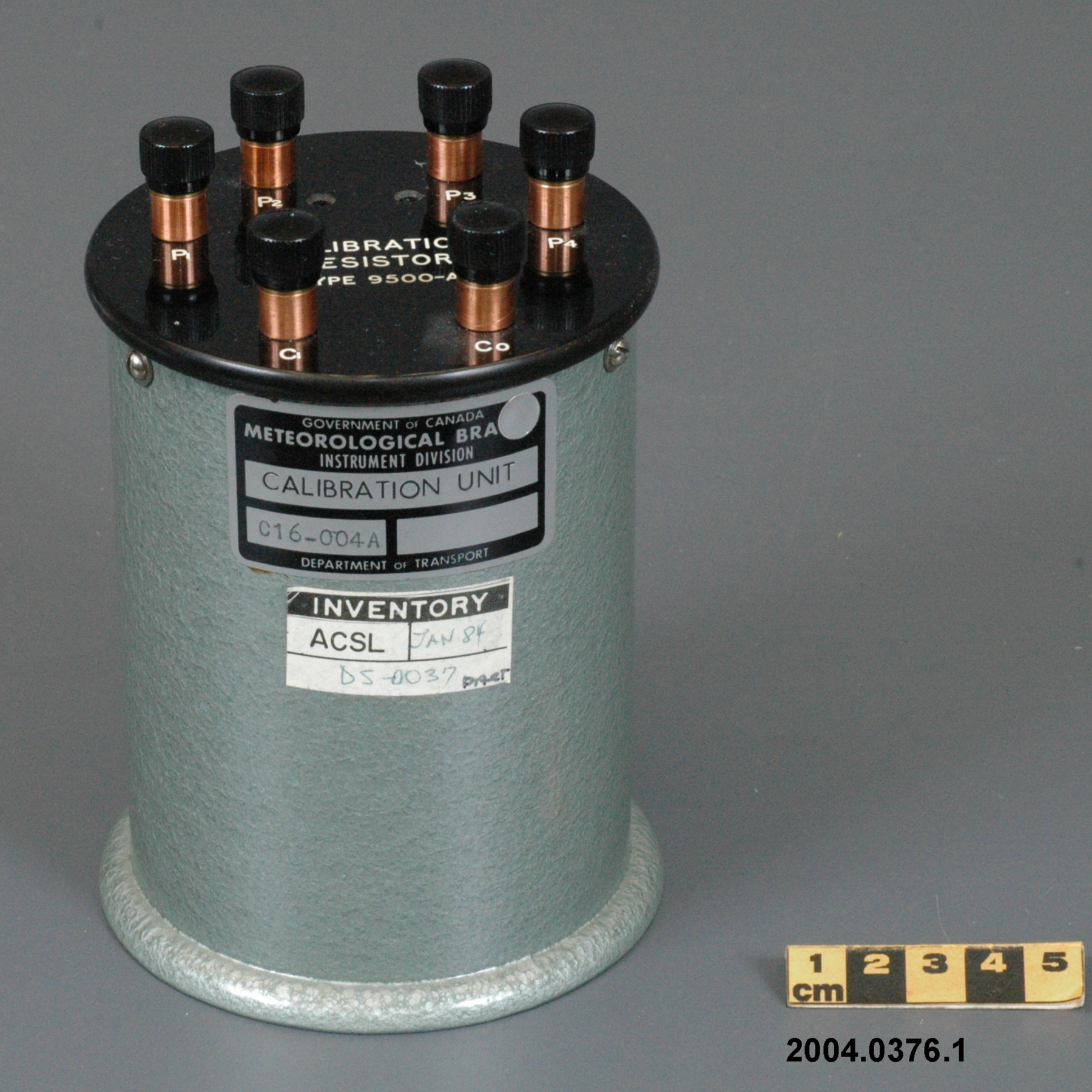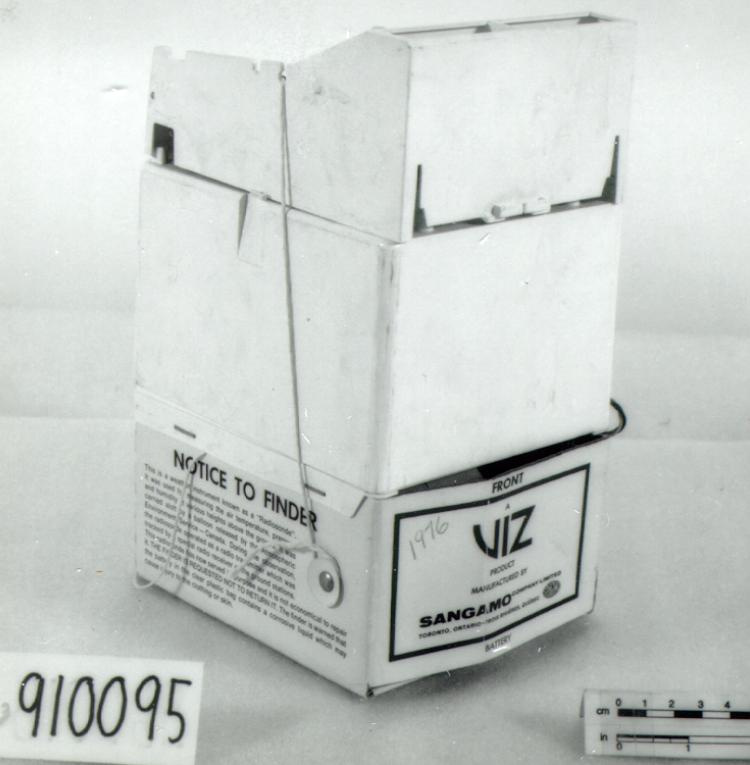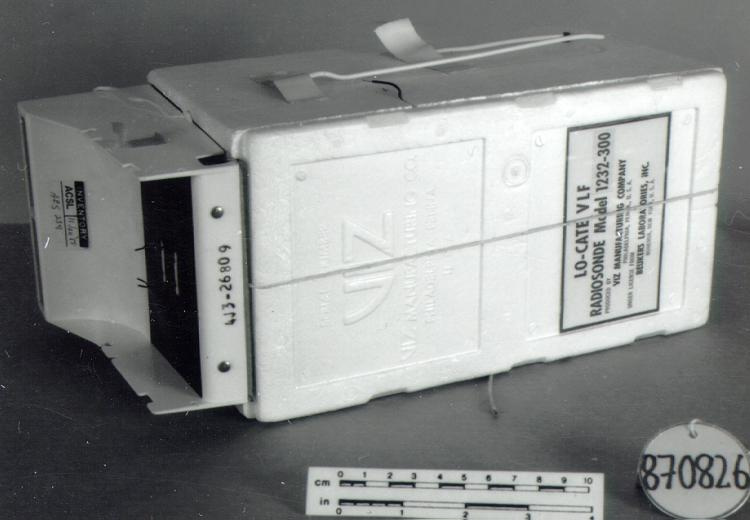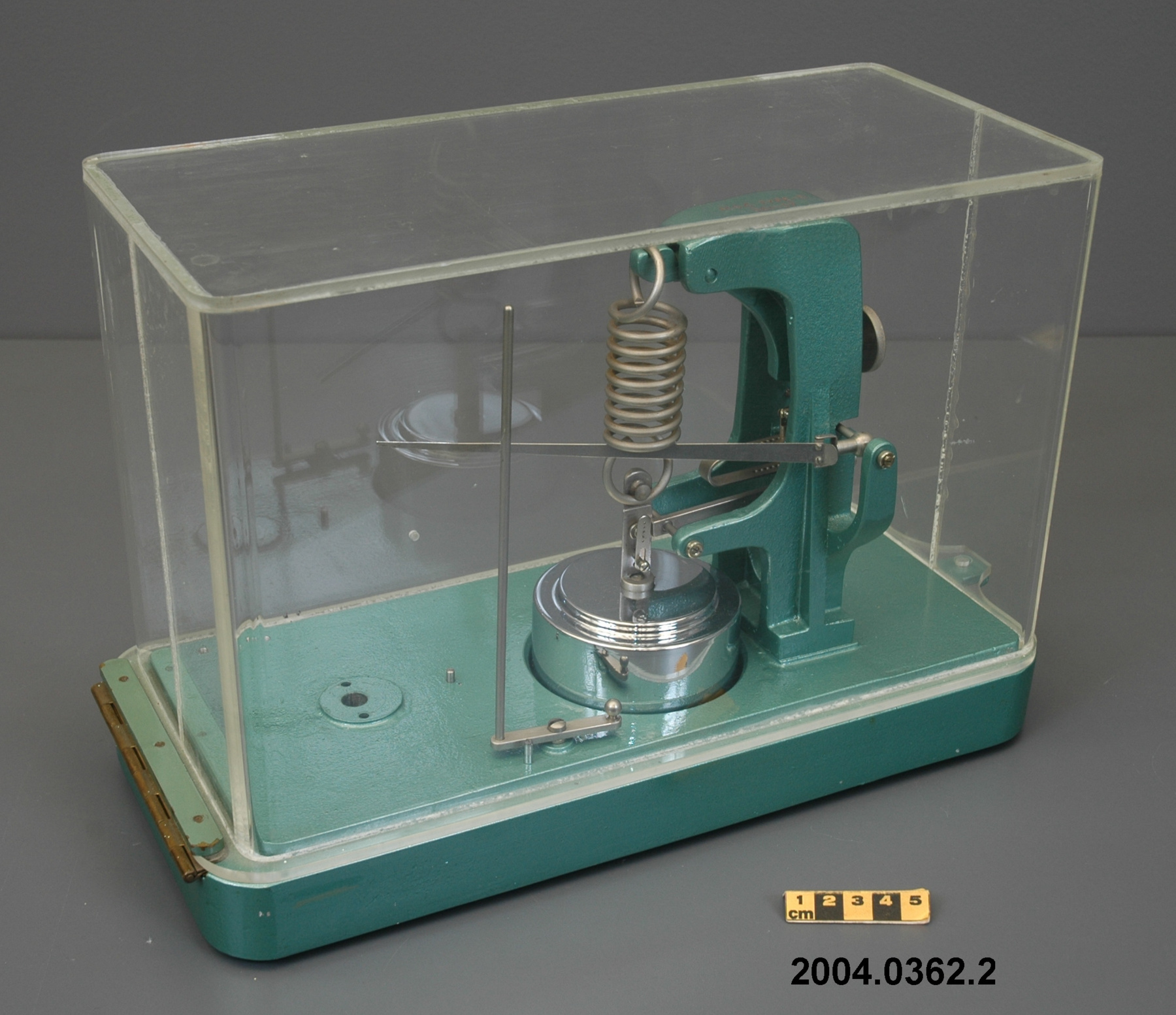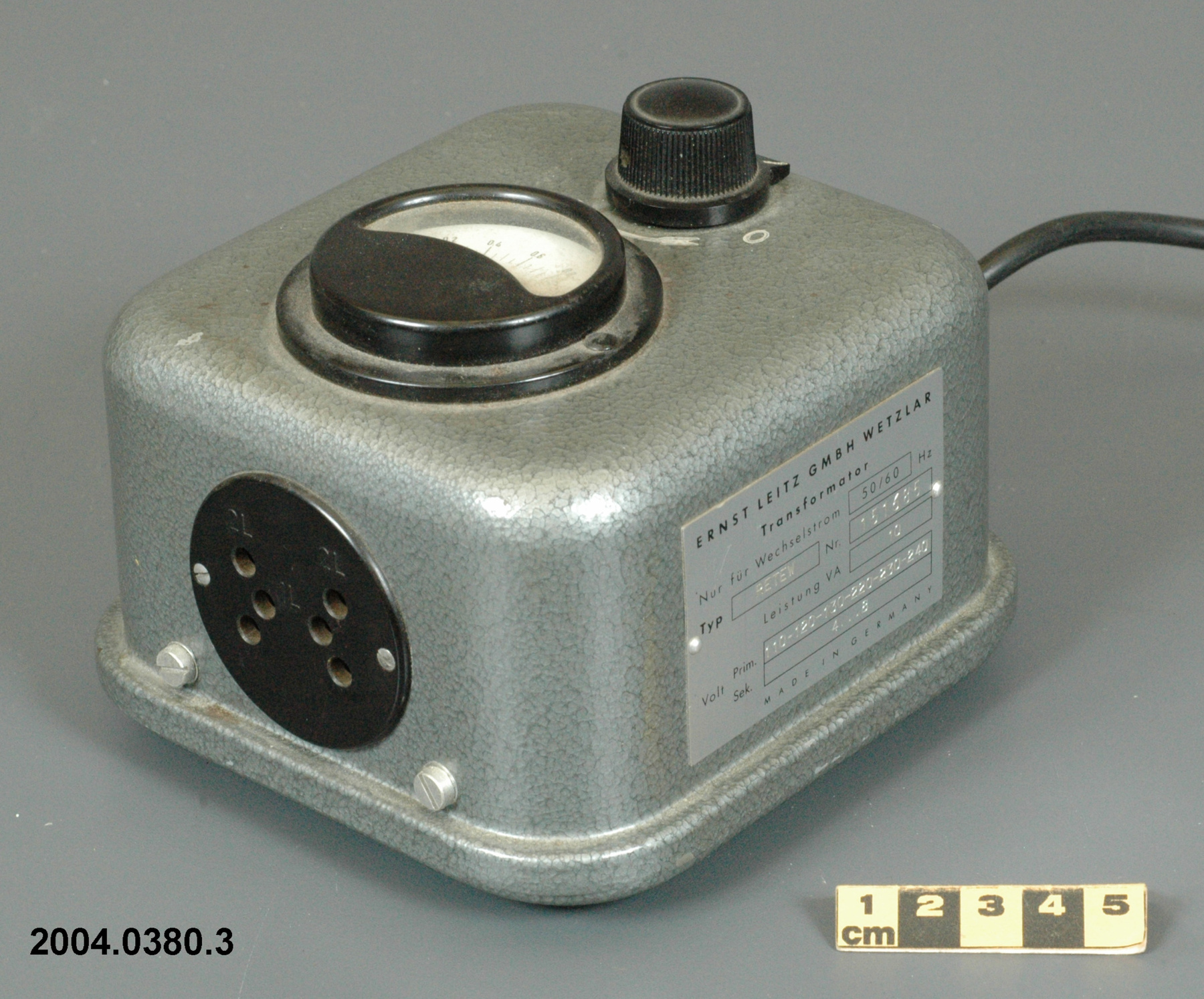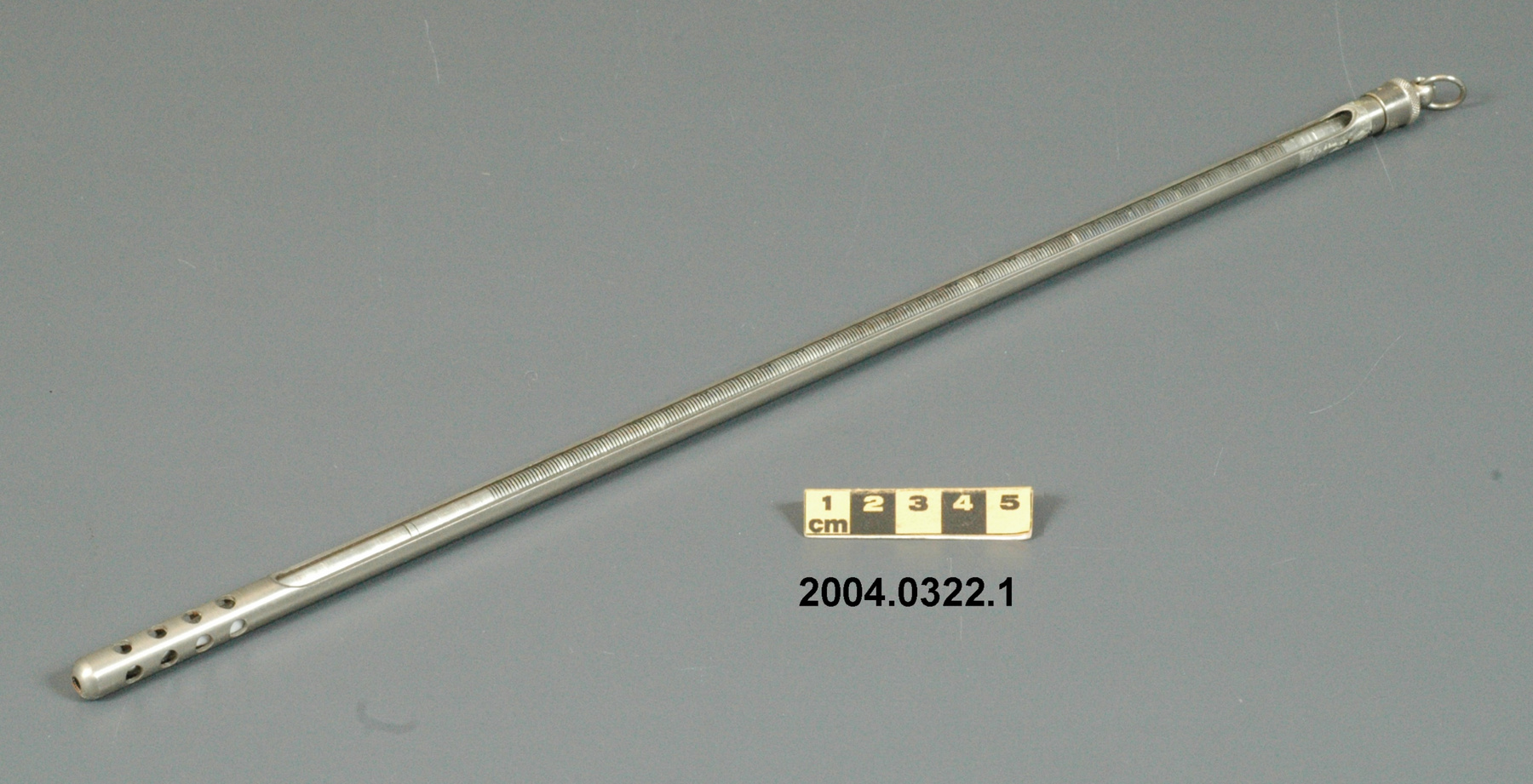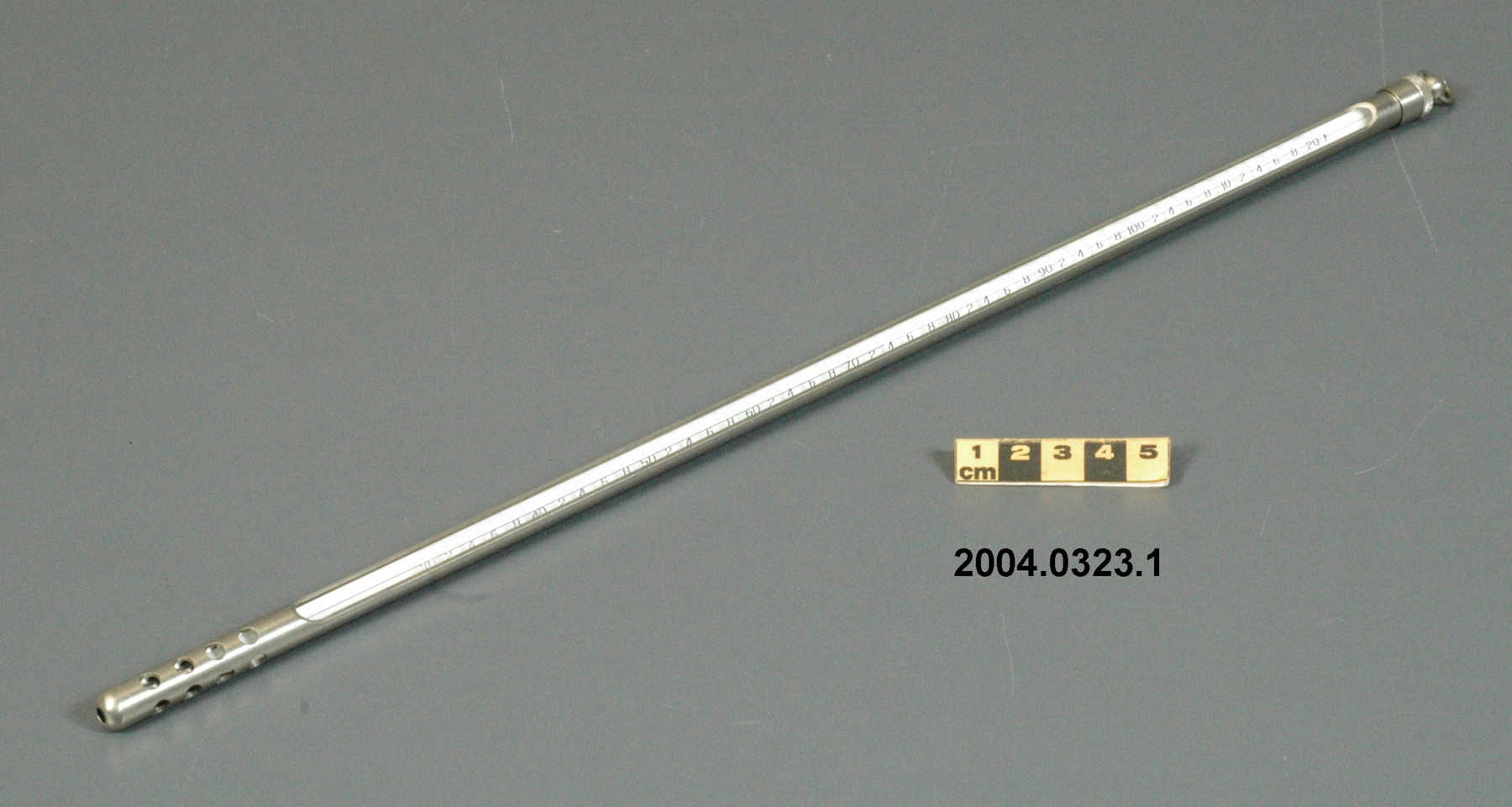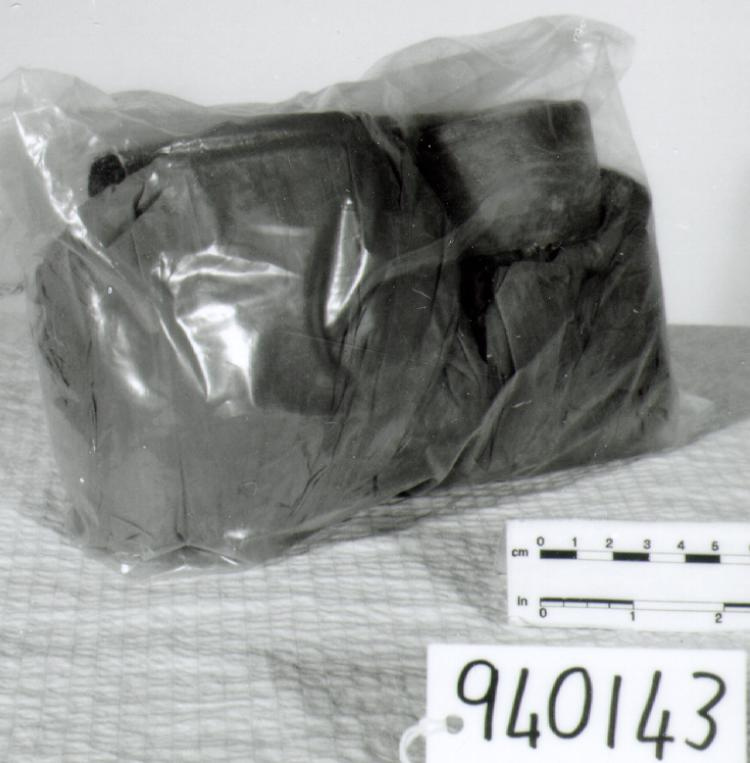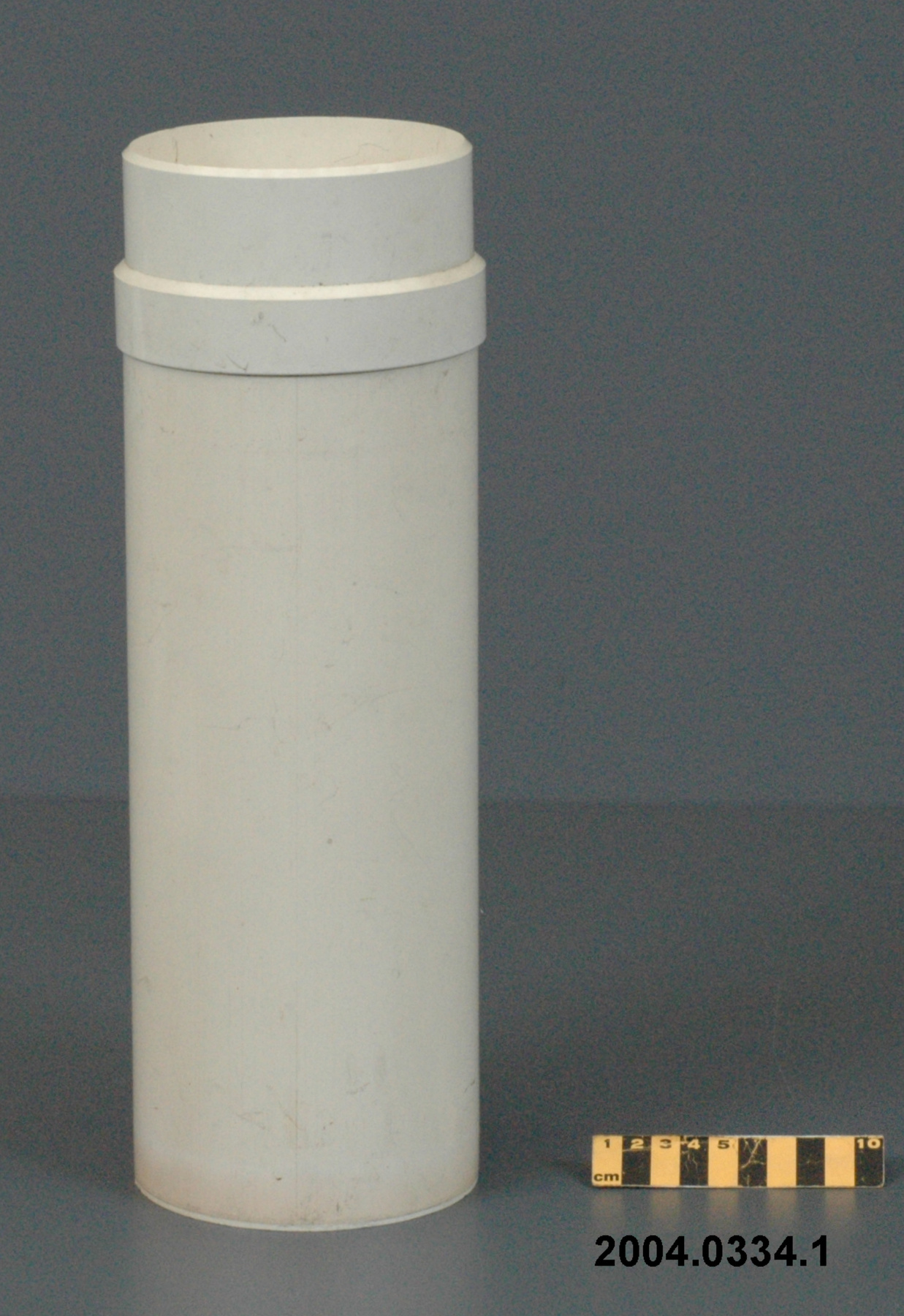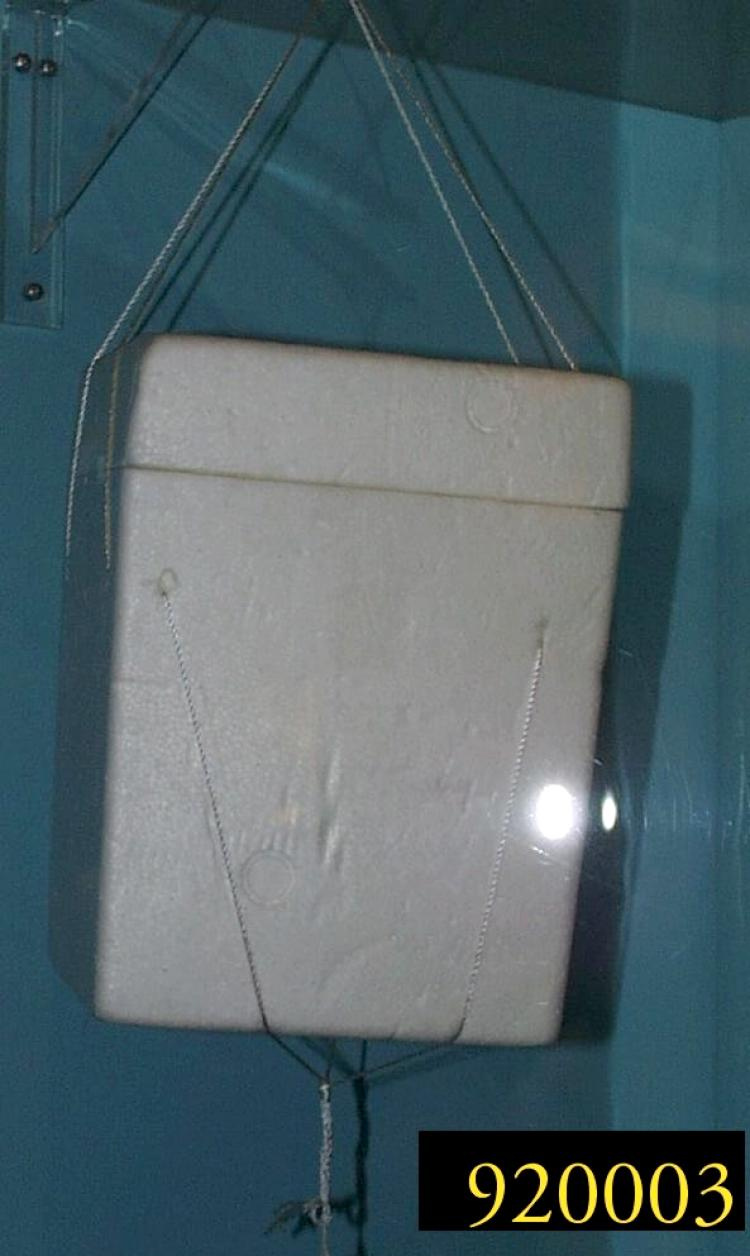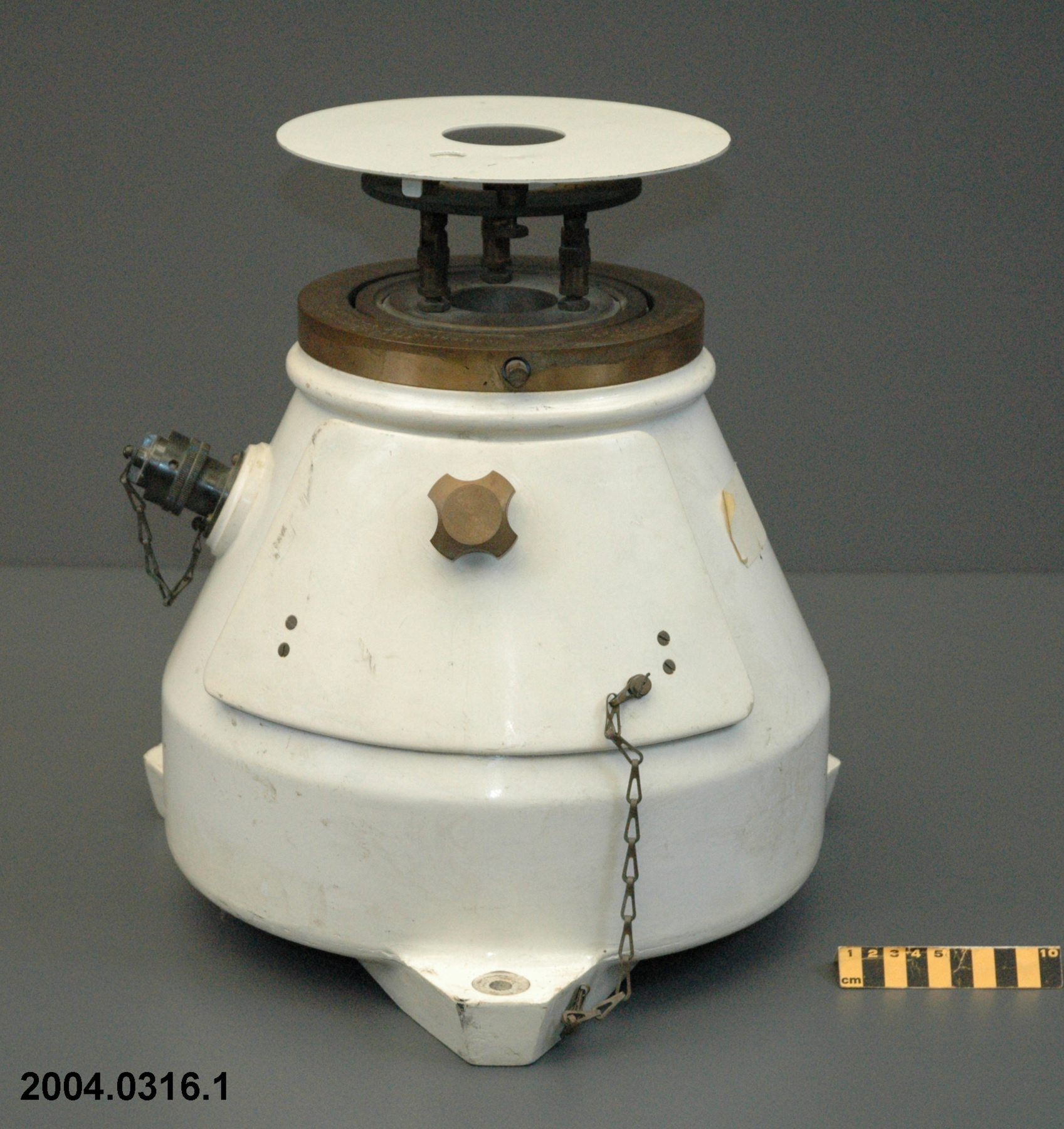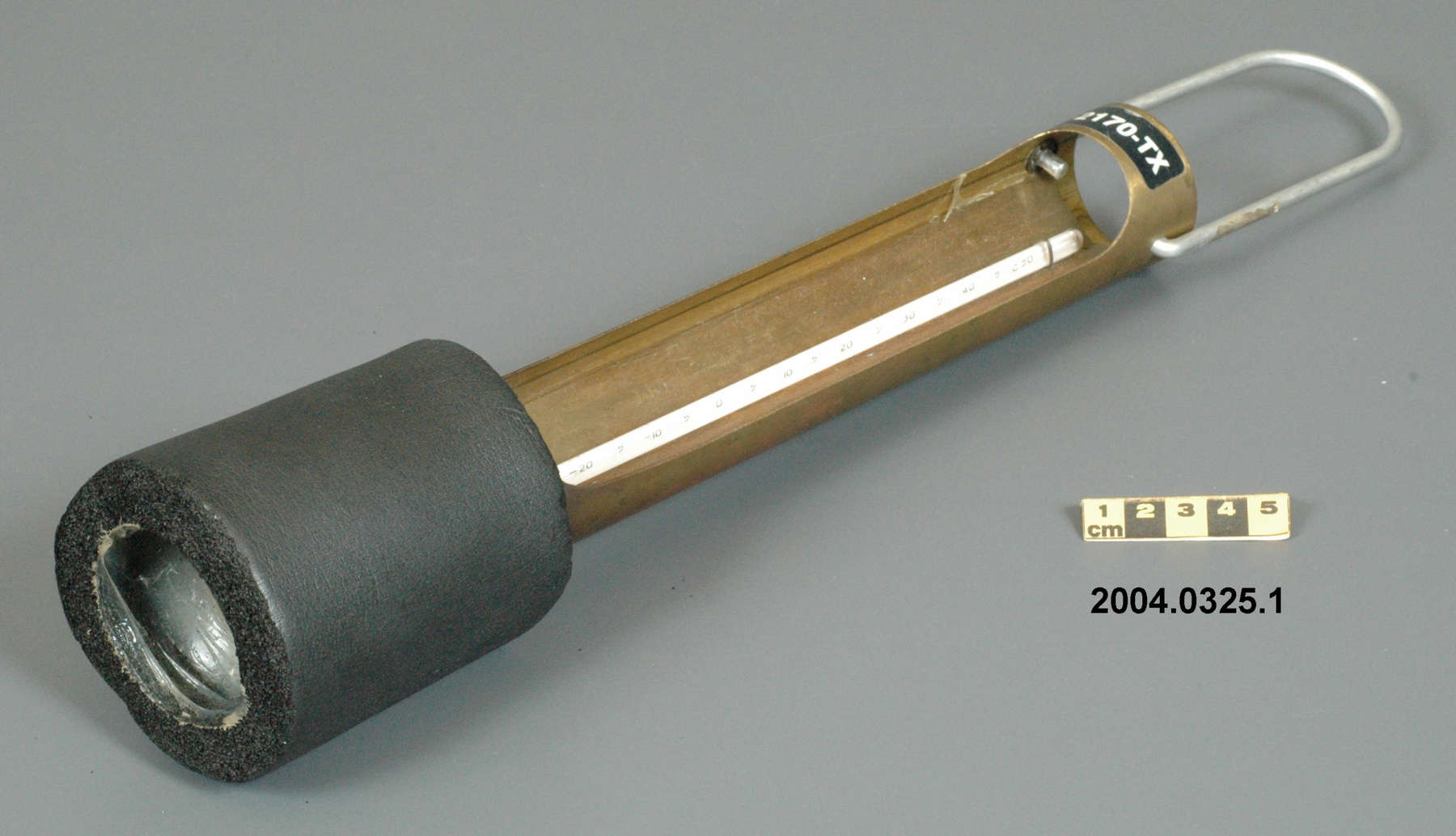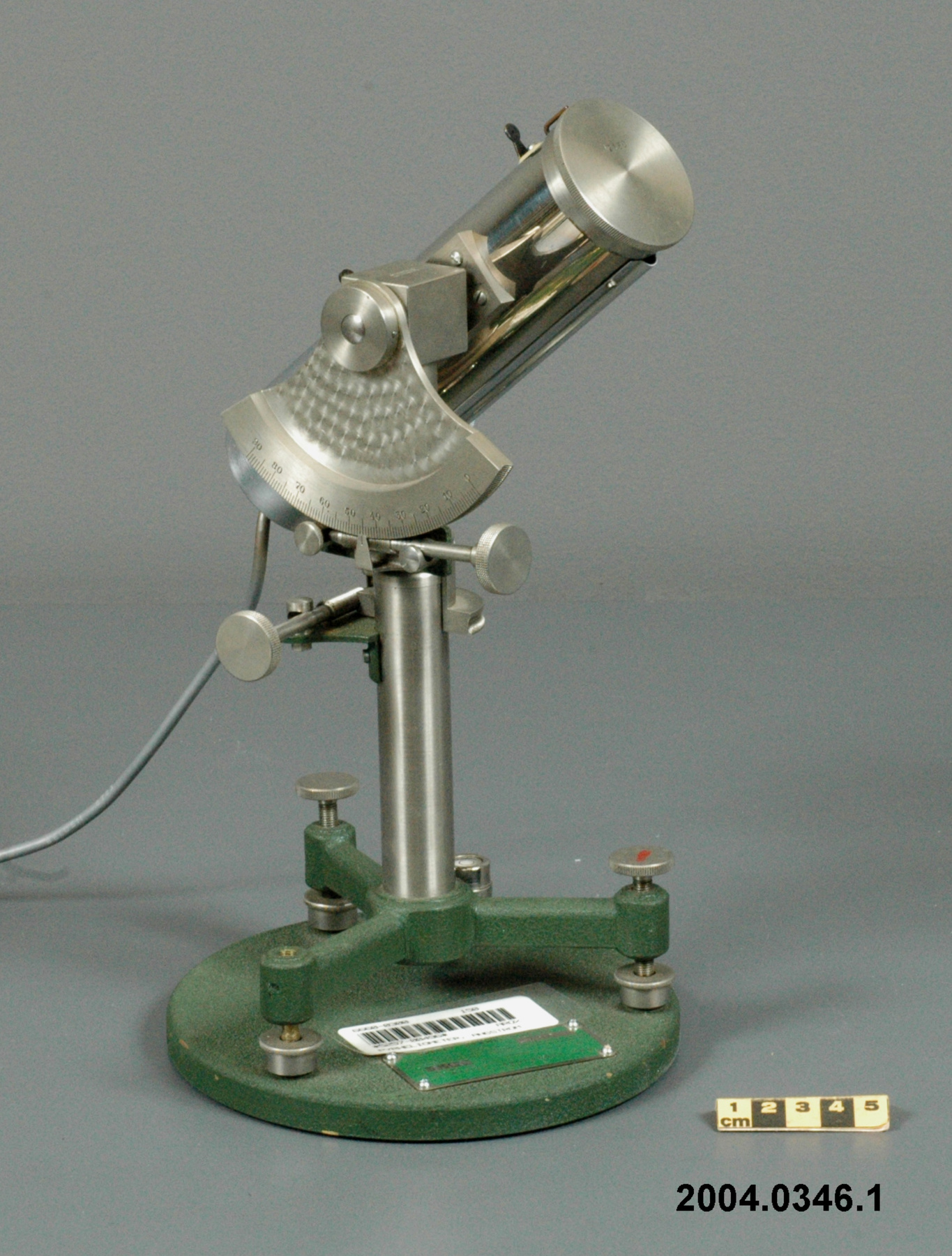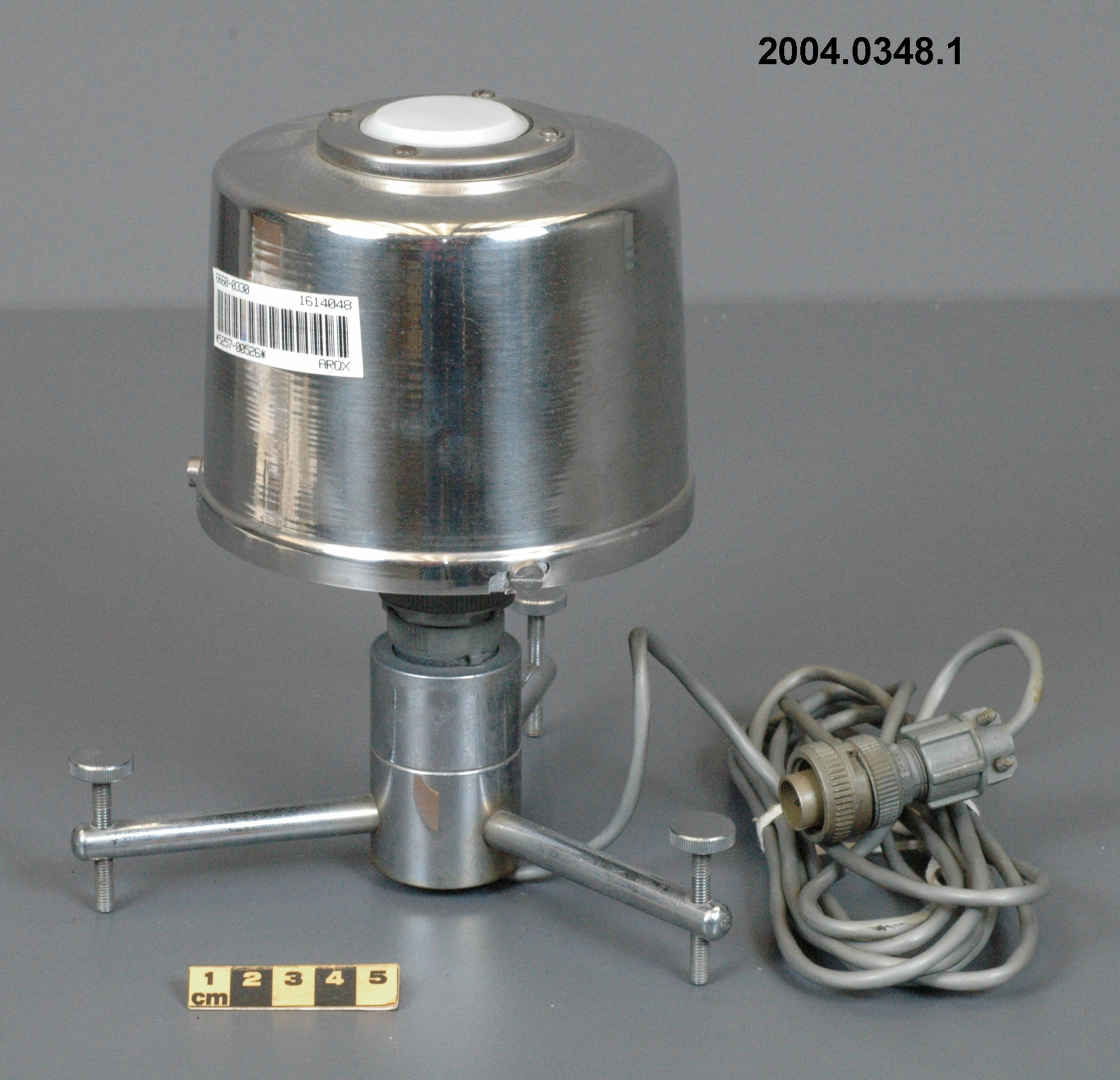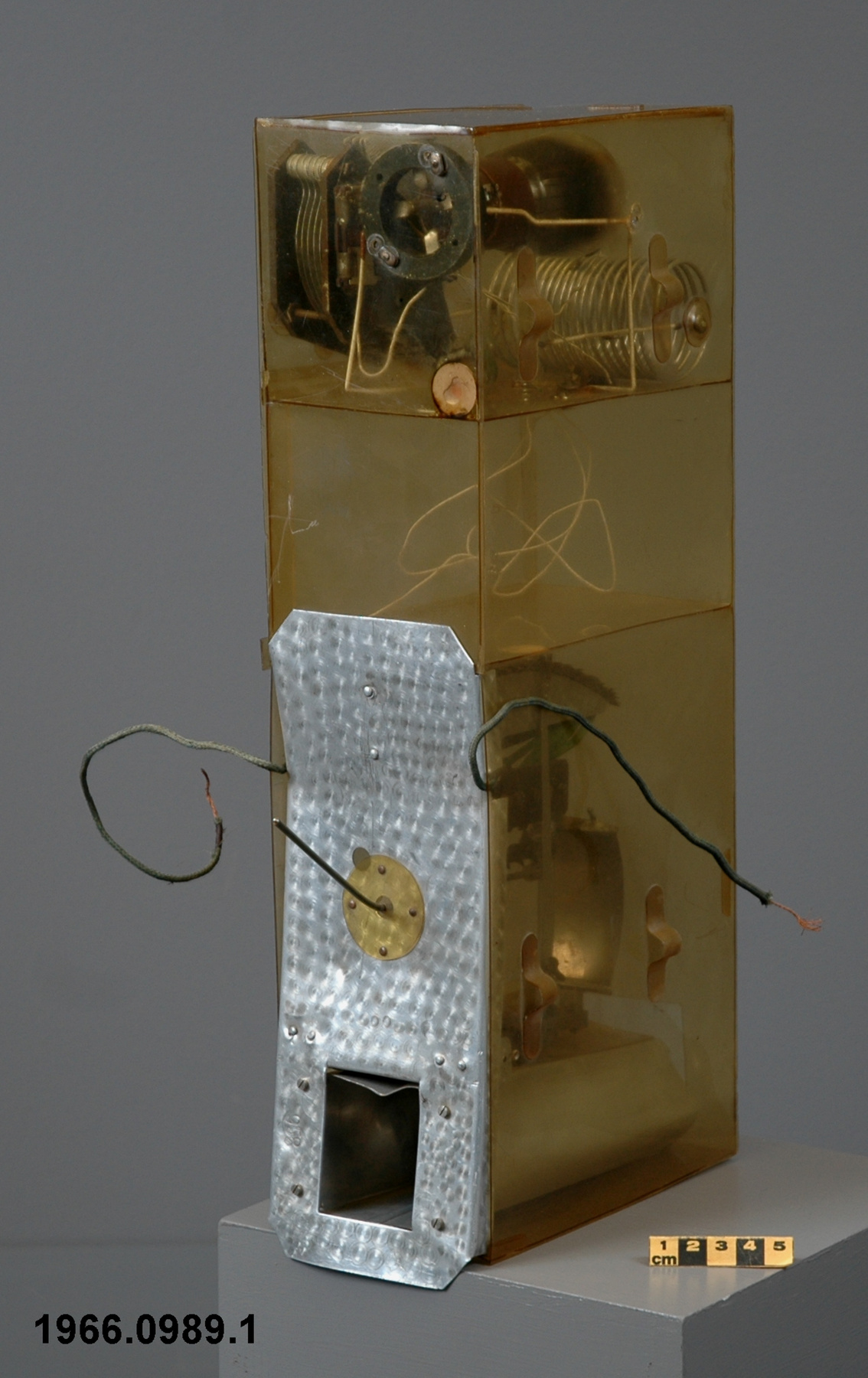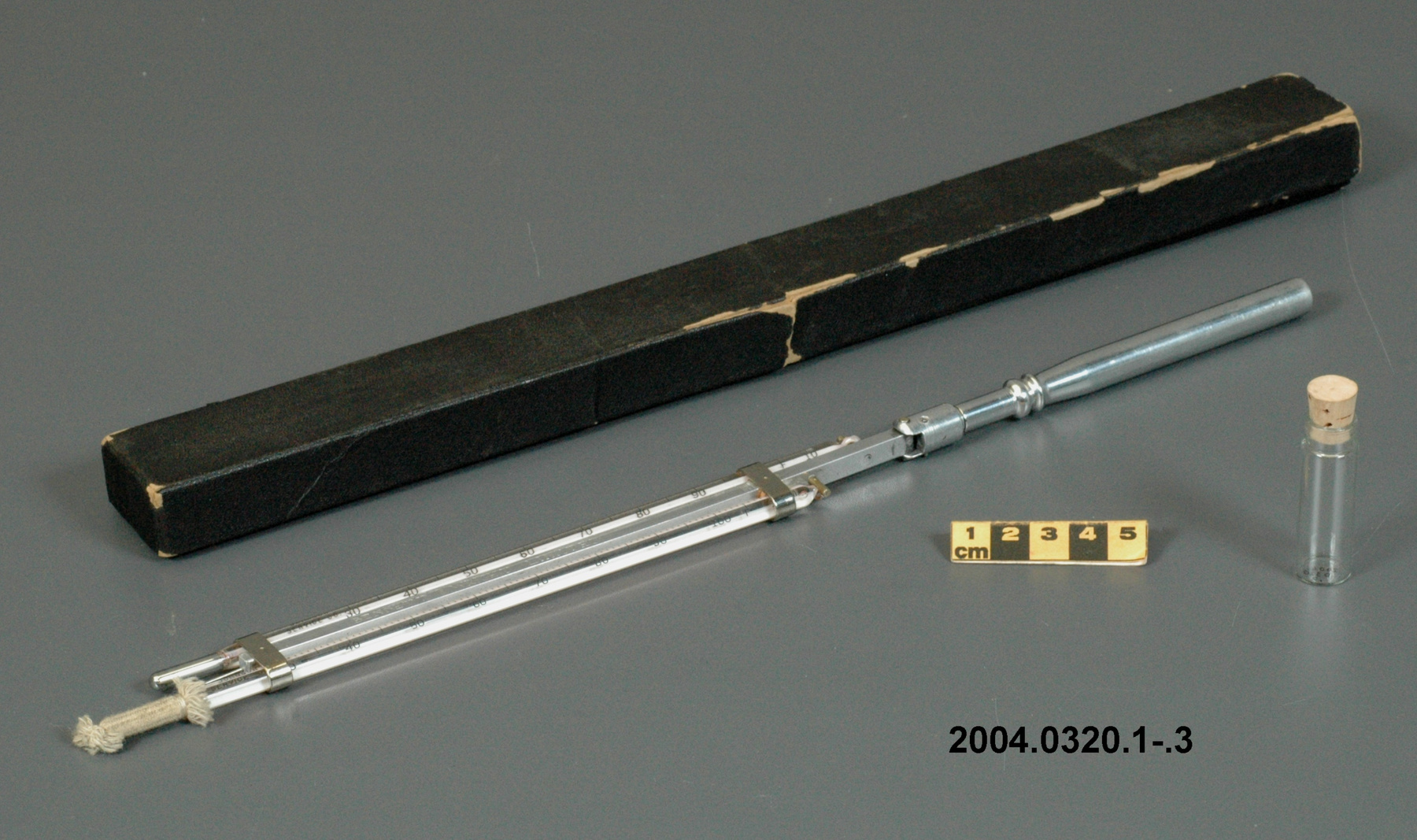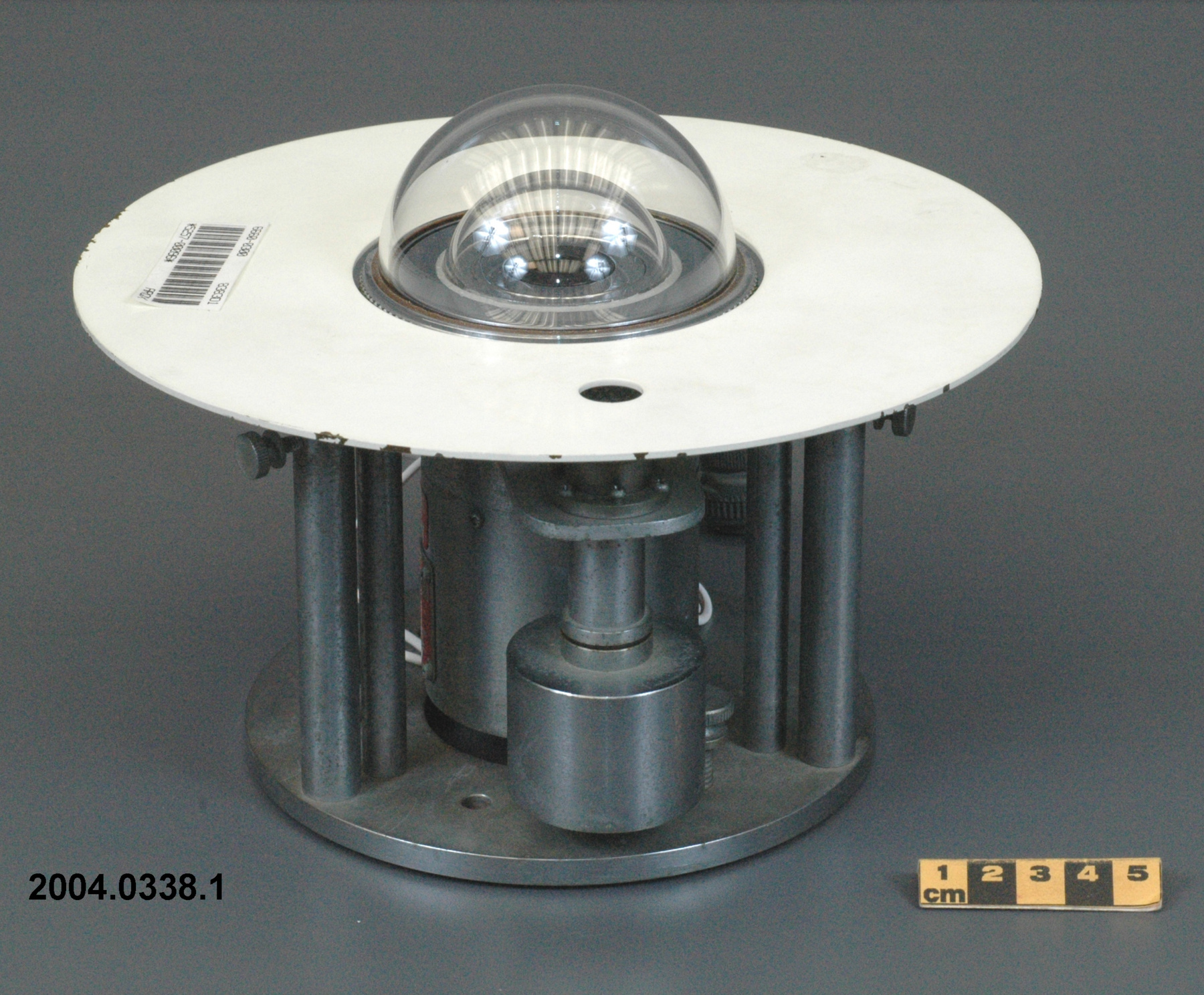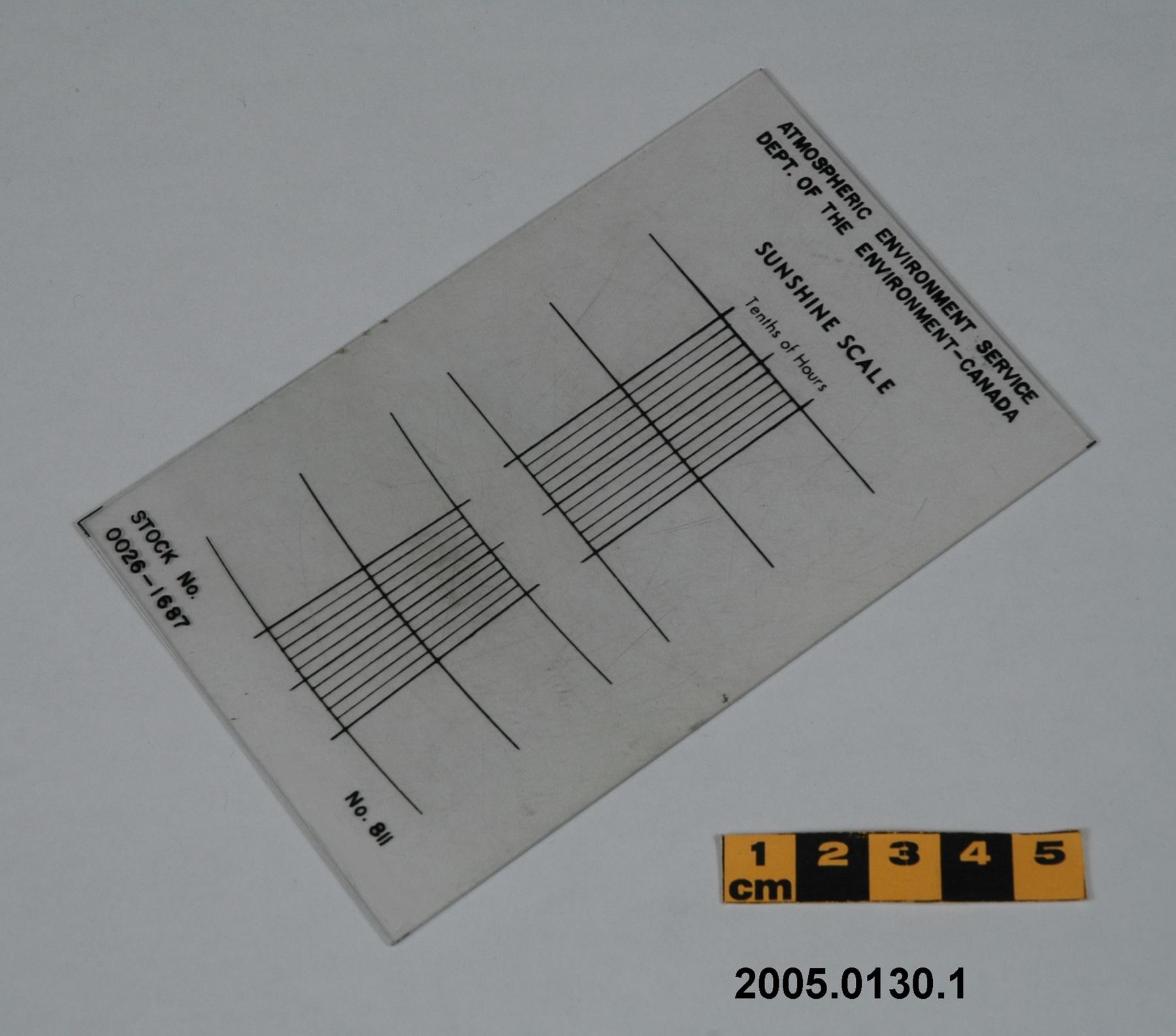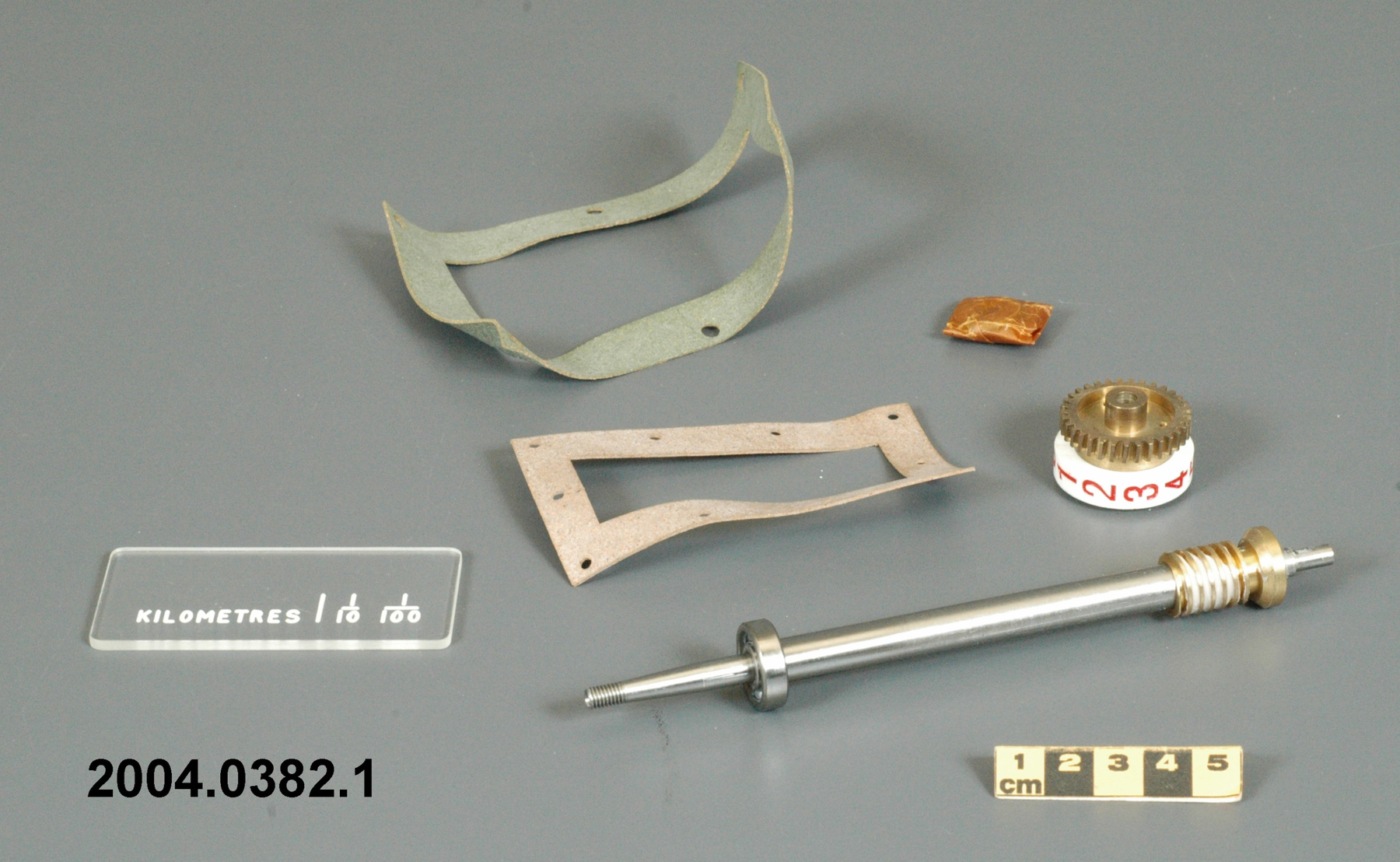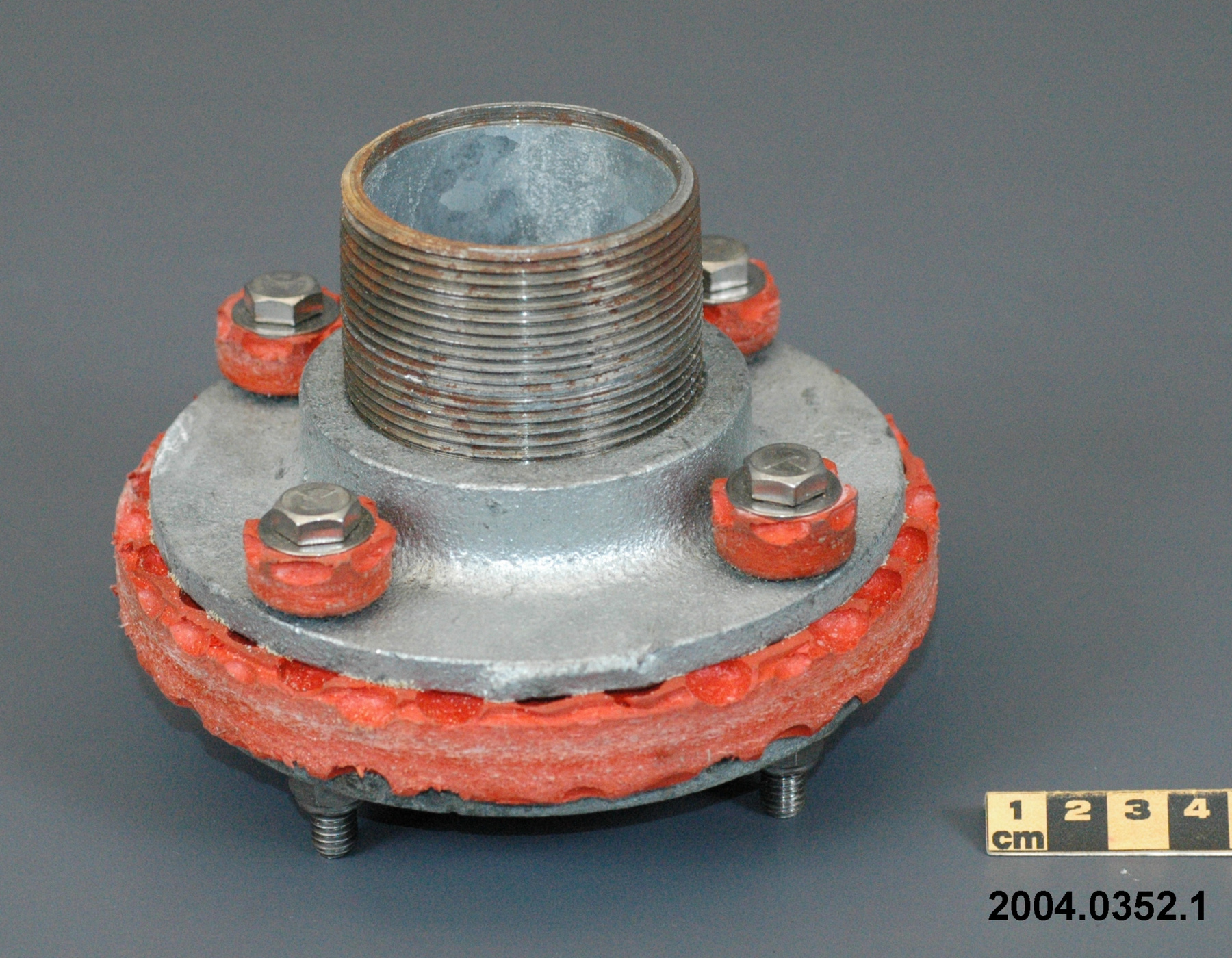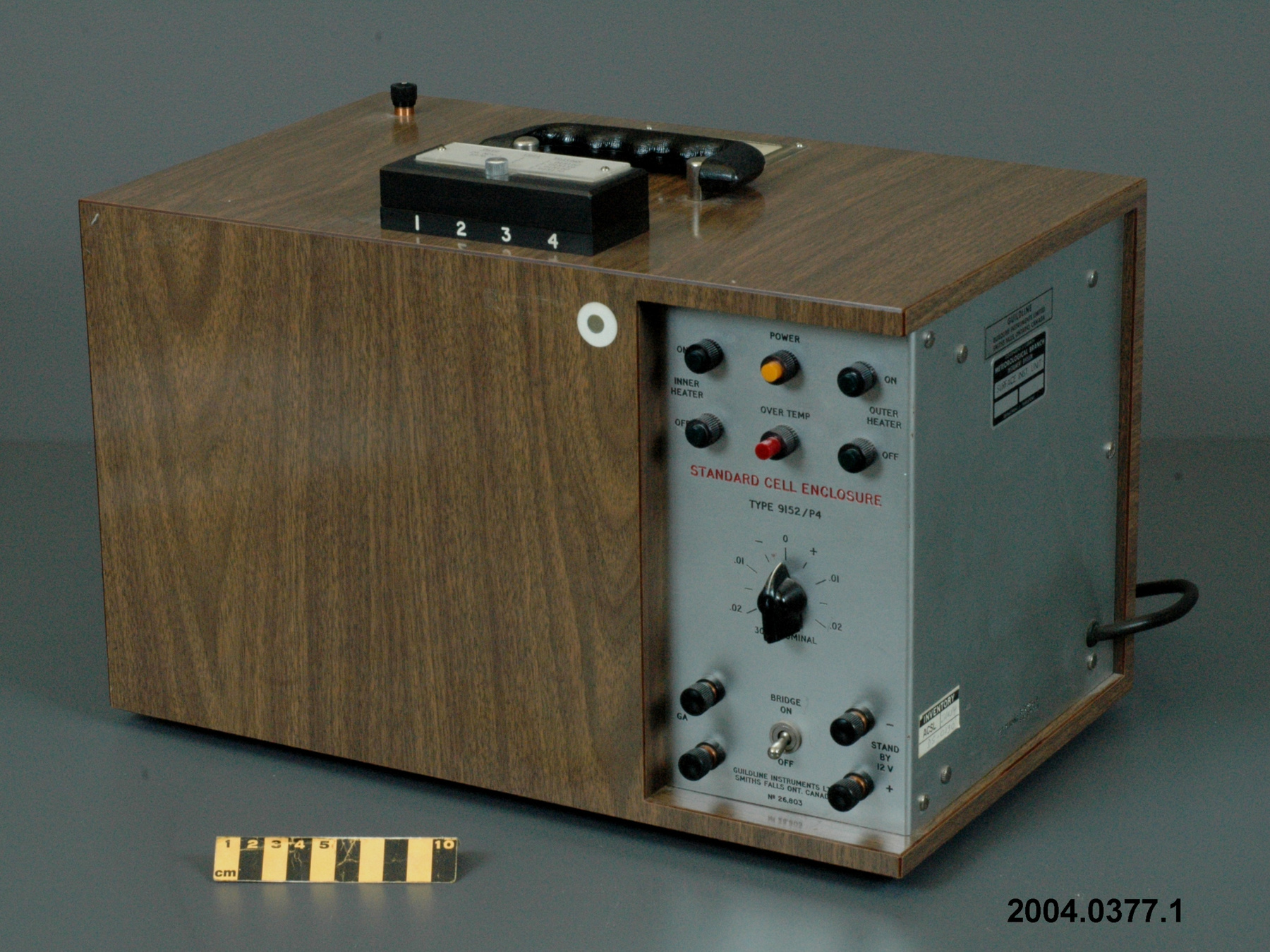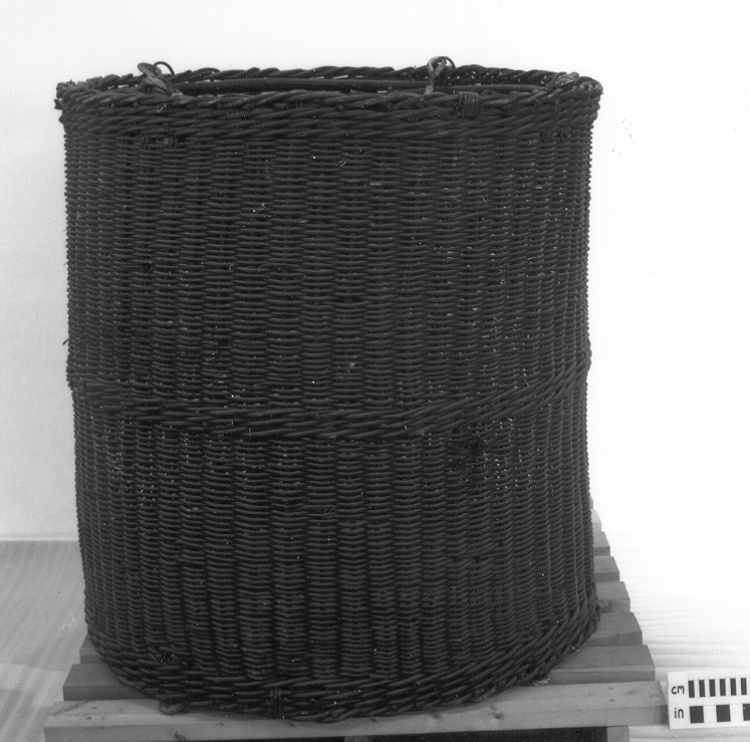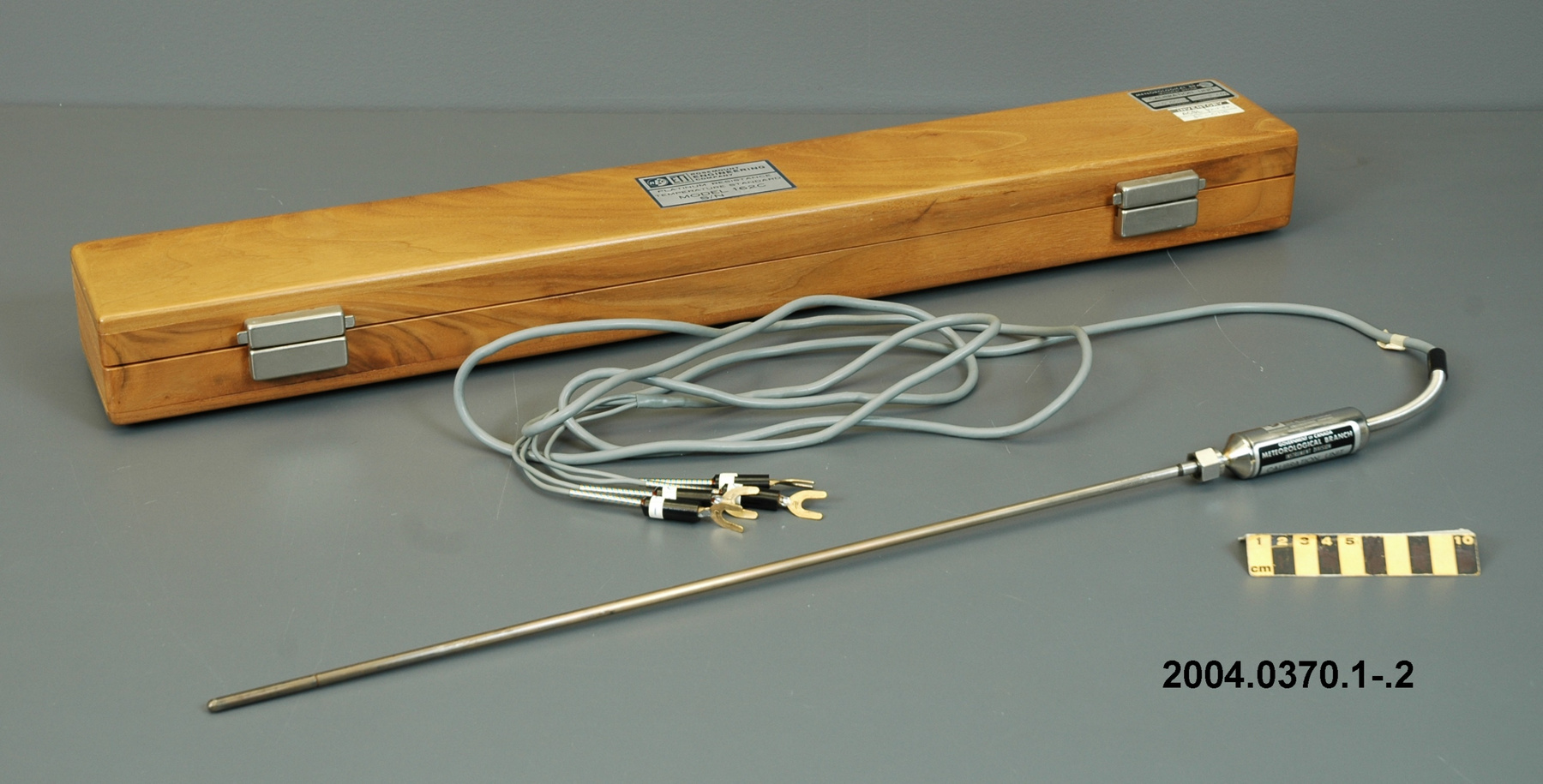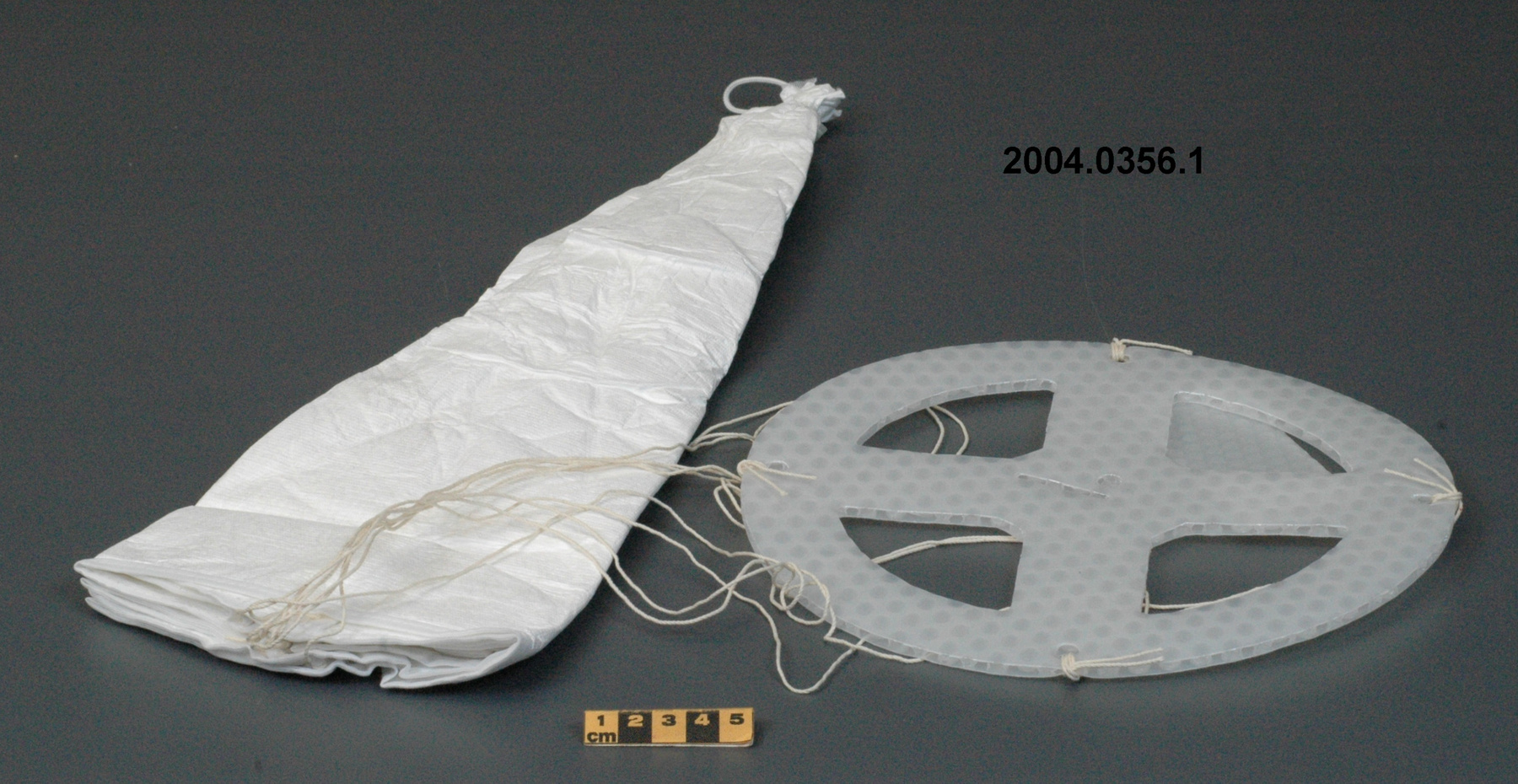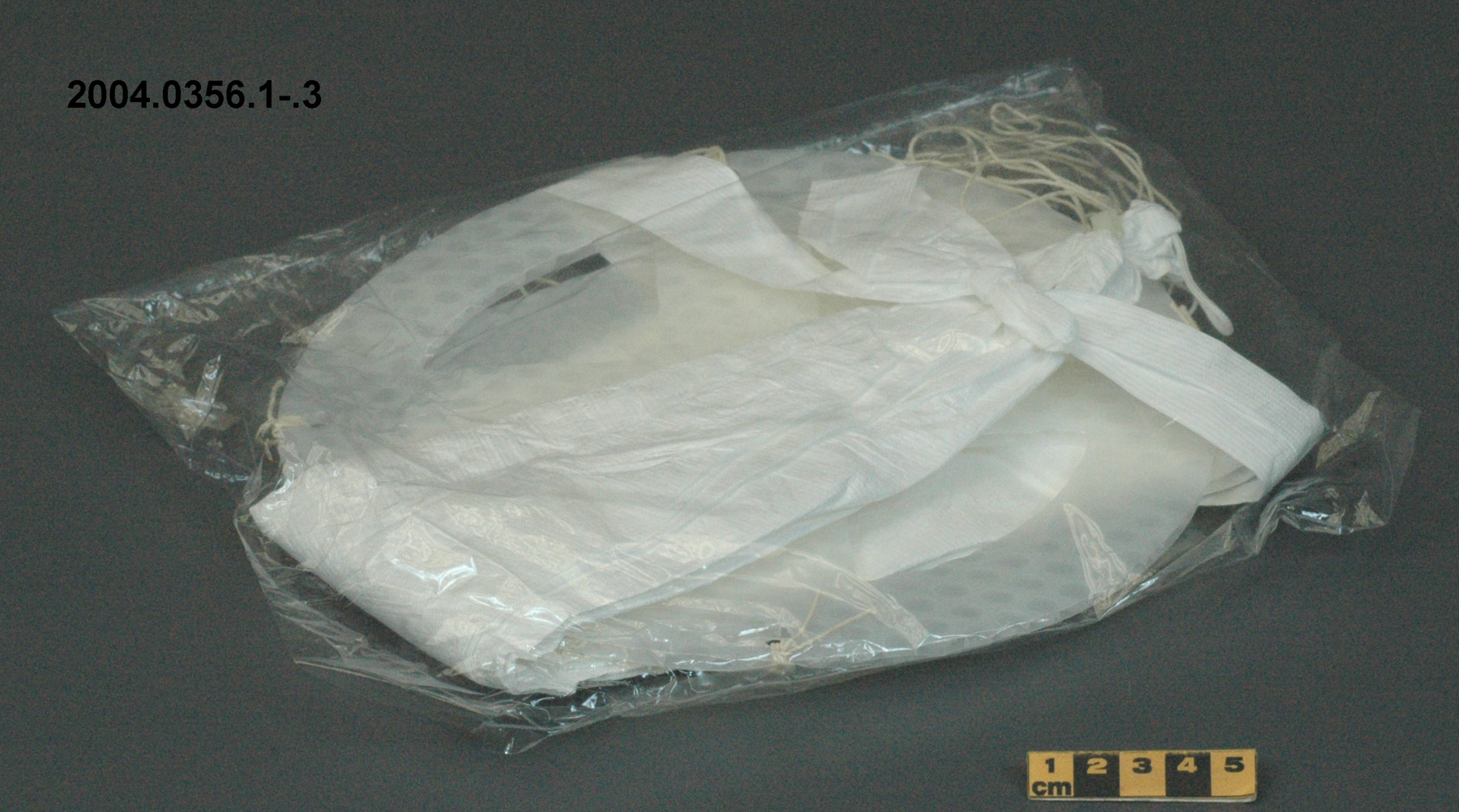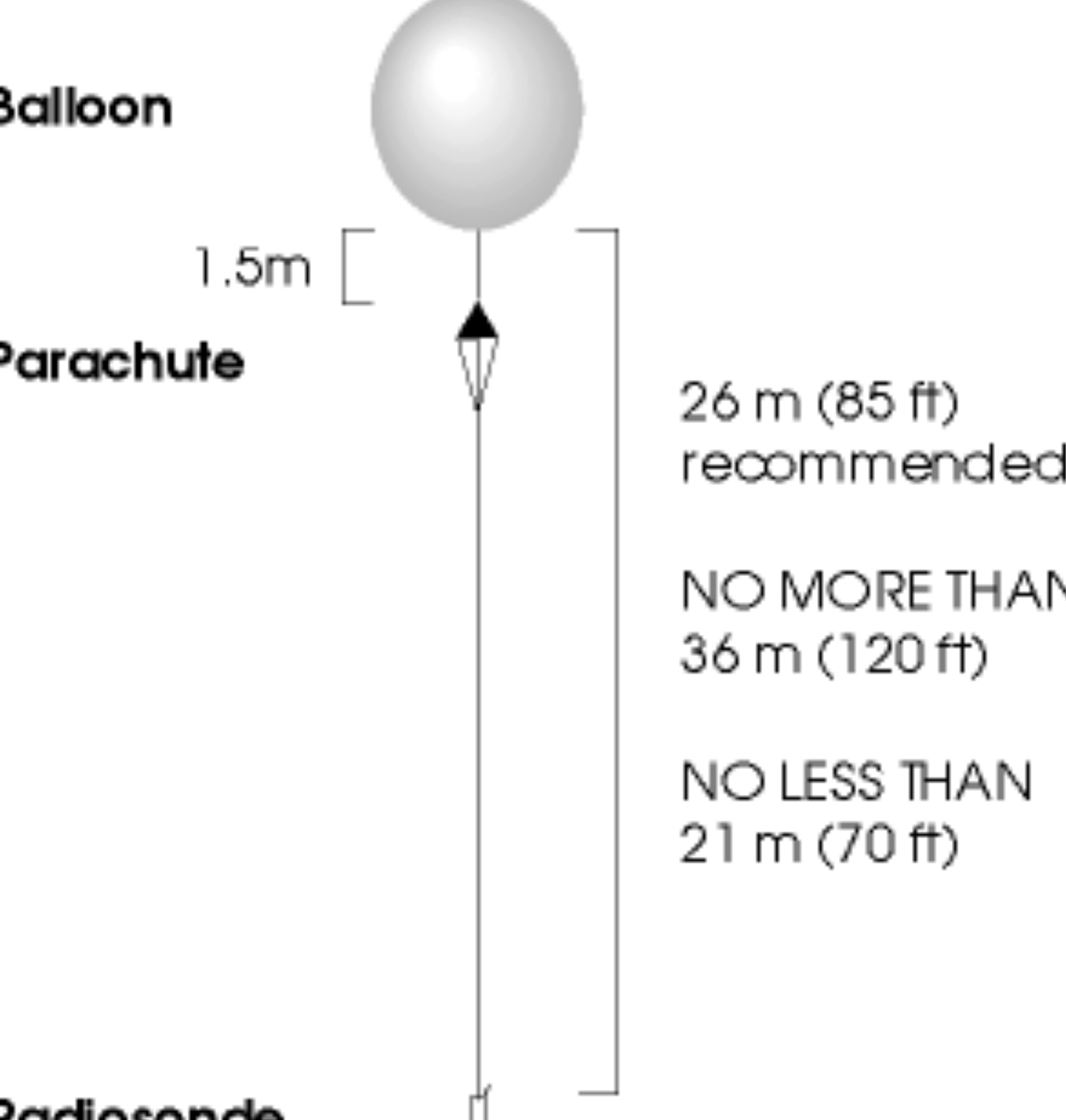Parachute
Use this image
Can I reuse this image without permission? Yes
Object images on the Ingenium Collection’s portal have the following Creative Commons license:
Copyright Ingenium / CC BY-NC-ND (Attribution-NonCommercial 4.0 International (CC BY-NC 4.0)
ATTRIBUTE THIS IMAGE
Ingenium,
2004.0356.001
Permalink:
Ingenium is releasing this image under the Creative Commons licensing framework, and encourages downloading and reuse for non-commercial purposes. Please acknowledge Ingenium and cite the artifact number.
DOWNLOAD IMAGEPURCHASE THIS IMAGE
This image is free for non-commercial use.
For commercial use, please consult our Reproduction Fees and contact us to purchase the image.
- OBJECT TYPE
- radiosonde
- DATE
- 1994
- ARTIFACT NUMBER
- 2004.0356.001
- MANUFACTURER
- Unknown
- MODEL
- Unknown
- LOCATION
- Japan
More Information
General Information
- Serial #
- N/A
- Part Number
- 1
- Total Parts
- 3
- AKA
- N/A
- Patents
- N/A
- General Description
- synthetic parachute and disk/ cord
Dimensions
Note: These reflect the general size for storage and are not necessarily representative of the object's true dimensions.
- Length
- 71.0 cm
- Width
- 23.0 cm
- Height
- N/A
- Thickness
- 2.5 cm
- Weight
- N/A
- Diameter
- N/A
- Volume
- N/A
Lexicon
- Group
- Meteorology
- Category
- Lifting & flying apparatus
- Sub-Category
- N/A
Manufacturer
- AKA
- Unknown
- Country
- Japan
- State/Province
- Unknown
- City
- Unknown
Context
- Country
- Canada
- State/Province
- Unknown
- Period
- this instrument was apparently in use for ten years (Ref. 6)
- Canada
-
An example of a radiosonde parachute of a type used by the Meteorological Service of Canada. Parachutes are used at seven of the thirty one radiosonde stations in Canada. These are the most southerly stations (Ref. 1). Part of a large collection of meteorological instruments acquired from the Meteorological Service of Canada (previously Atmospheric Environment Service) by the CSTM since 1967. MSC is the government agency responsible for collecting and disseminating meteorological data and forecasts in Canada. It was founded in 1871 in Toronto where it is still headquartered. The MSC was originally on the University of Toronto downtown campus but moved to Downsview in 1971 on land owned by UofT. The headquarters houses laboratories, research facilities and calibration and instrument maintenance facilities (now largely contracted out). - Function
-
Used with a radiosonde lifted by balloon into the upper atmosphere. When the balloon reaches a certain level in the atmosphere (usually approx. 30 km), it bursts, causing the radiosonde to fall back to earth, safely suspended from the parachute. - Technical
-
A Viz radiosonde parachute. The parachute reduces the fall rate to reduce any damage to persons or property when they land. The newest radiosondes are very light and the fall rate as they approach the ground is quite low, approaching 5 m/s, according to one source (Ref. 1). The parachute is part of the radiosonde balloon train (see Refs. 3-4): a specified length of cord is tied to the balloon and the top of the parachute; another specified length of card is tied to the bottom of the parachute and the radiosonde itself. The balloon is released and the assemblage is lifted into the air until the balloon bursts, at which time the parachute and radiosonde descend to earth. While the balloon ascends (about 90 minutes), the radiosonde takes readings of the temperature, pressure and humidity which are transmitted to a ground station for analysis (Refs. 2-3). - Area Notes
-
Unknown
Details
- Markings
- small blue label with white lettering reading 'Made in Japan'
- Missing
- appears complete
- Finish
- white
- Decoration
- N/A
CITE THIS OBJECT
If you choose to share our information about this collection object, please cite:
Unknown Manufacturer, Parachute, circa 1994, Artifact no. 2004.0356, Ingenium – Canada’s Museums of Science and Innovation, http://collection.ingeniumcanada.org/en/item/2004.0356.001/
FEEDBACK
Submit a question or comment about this artifact.
More Like This
